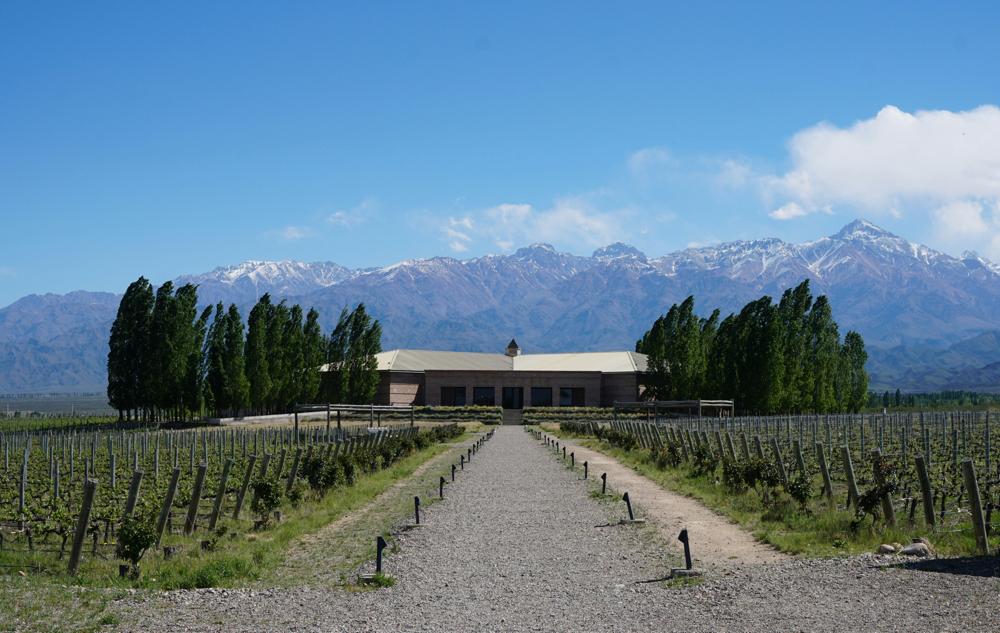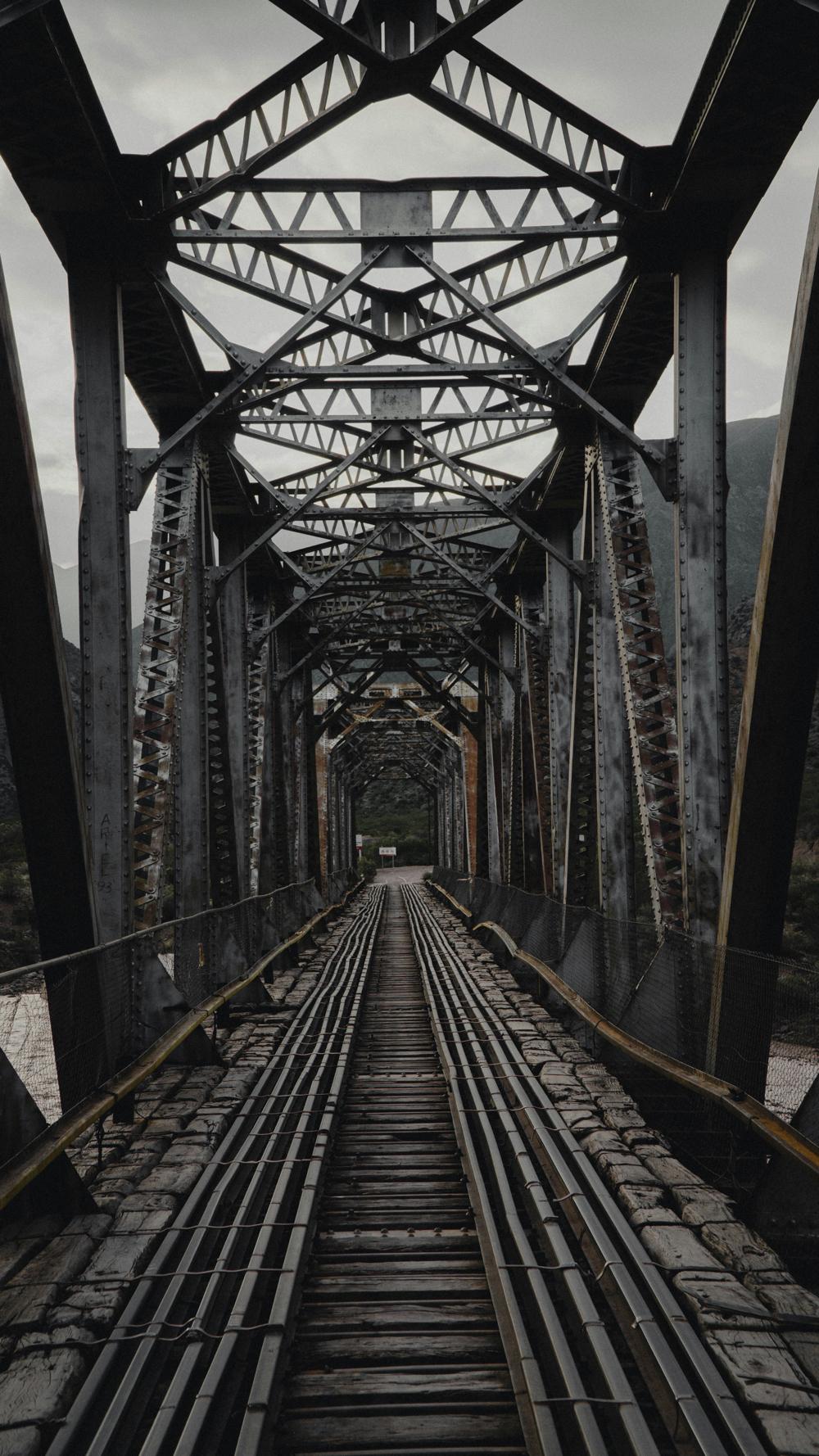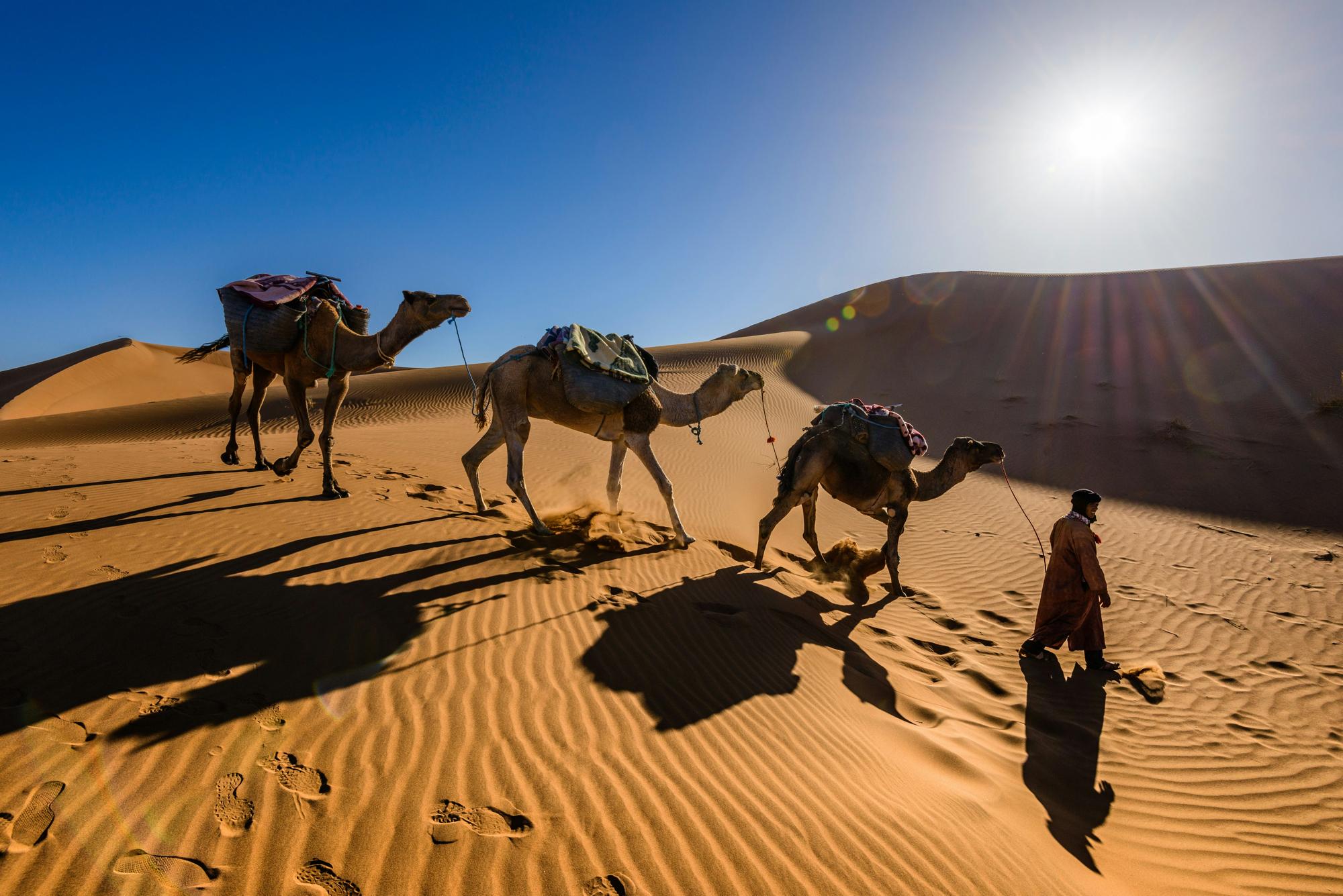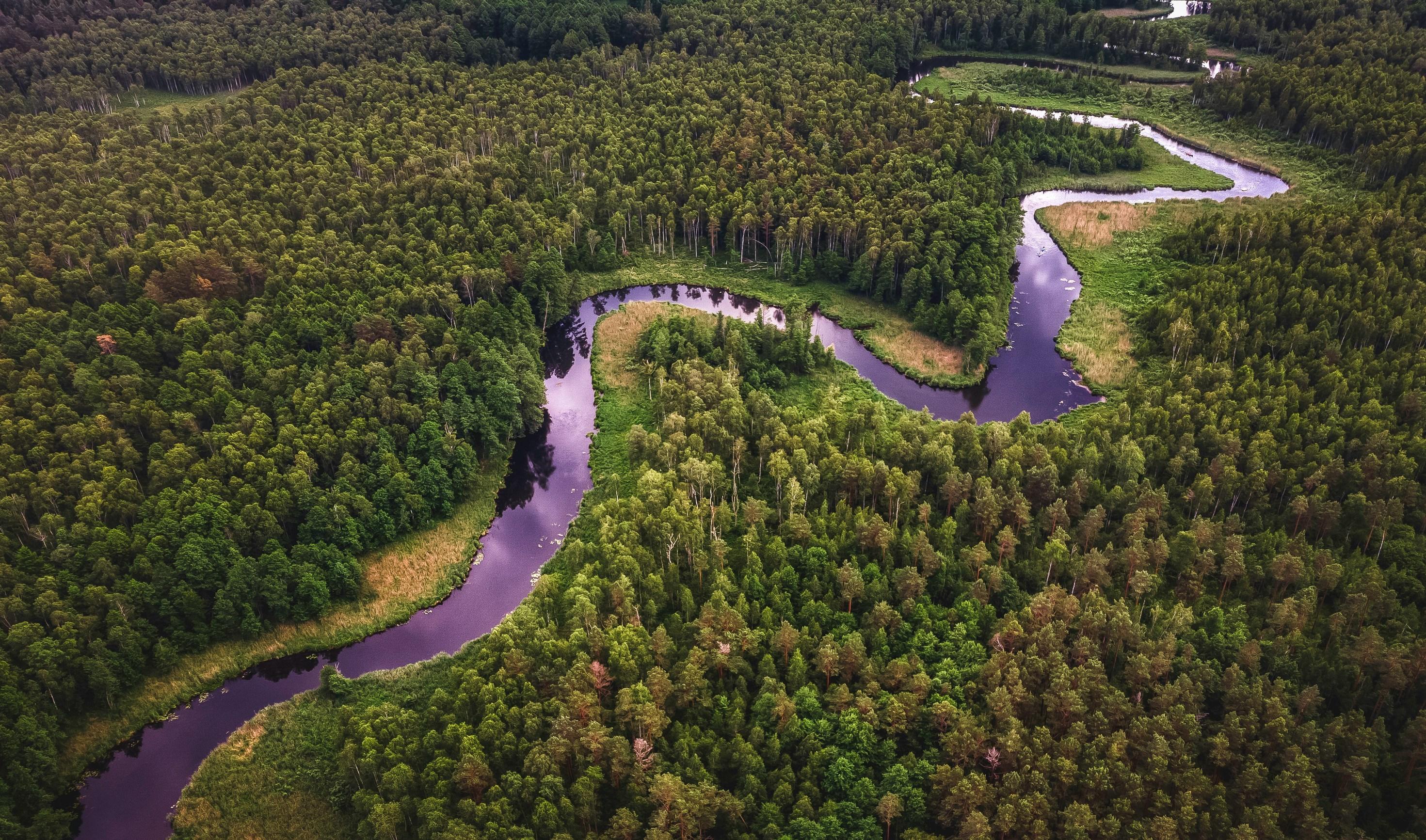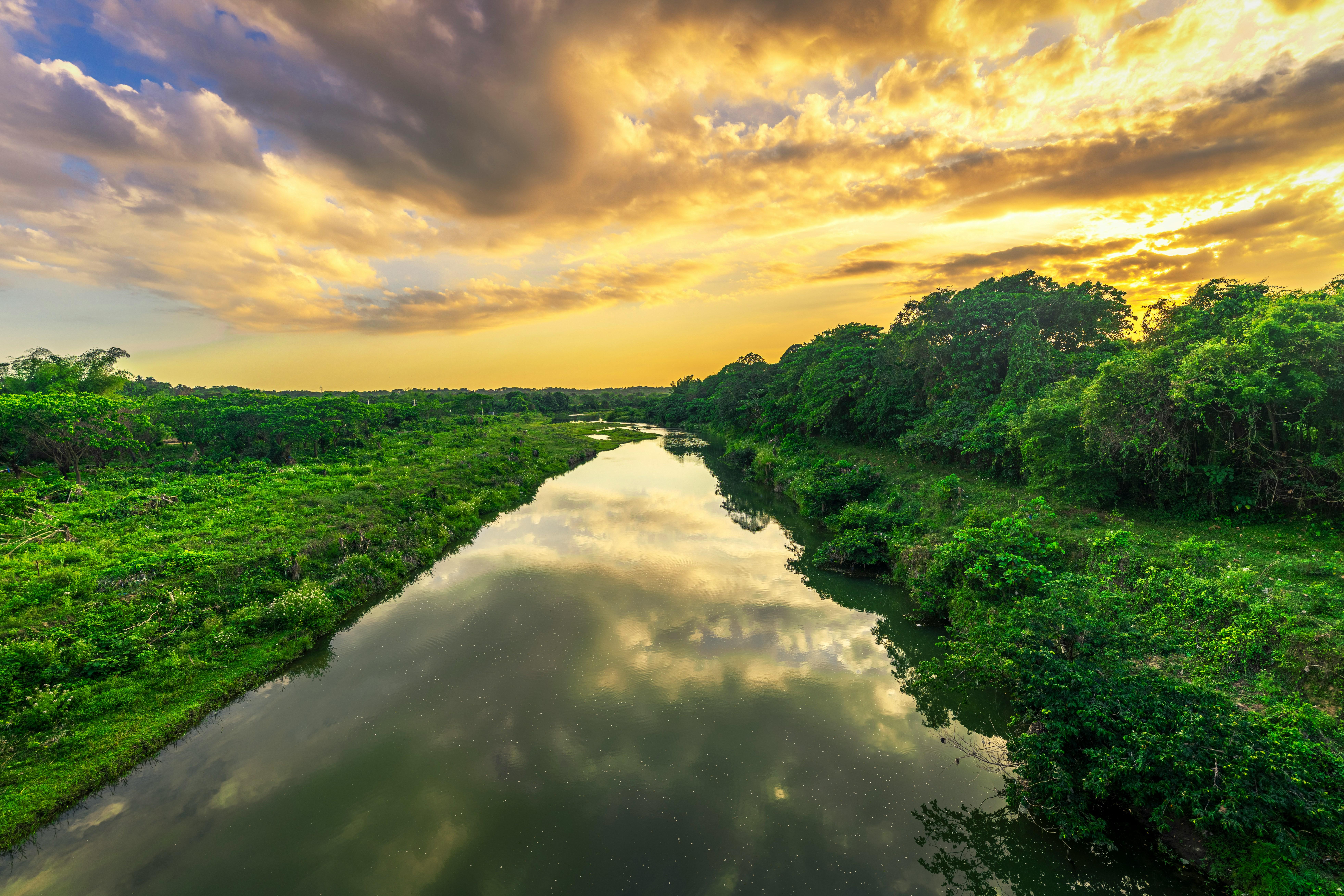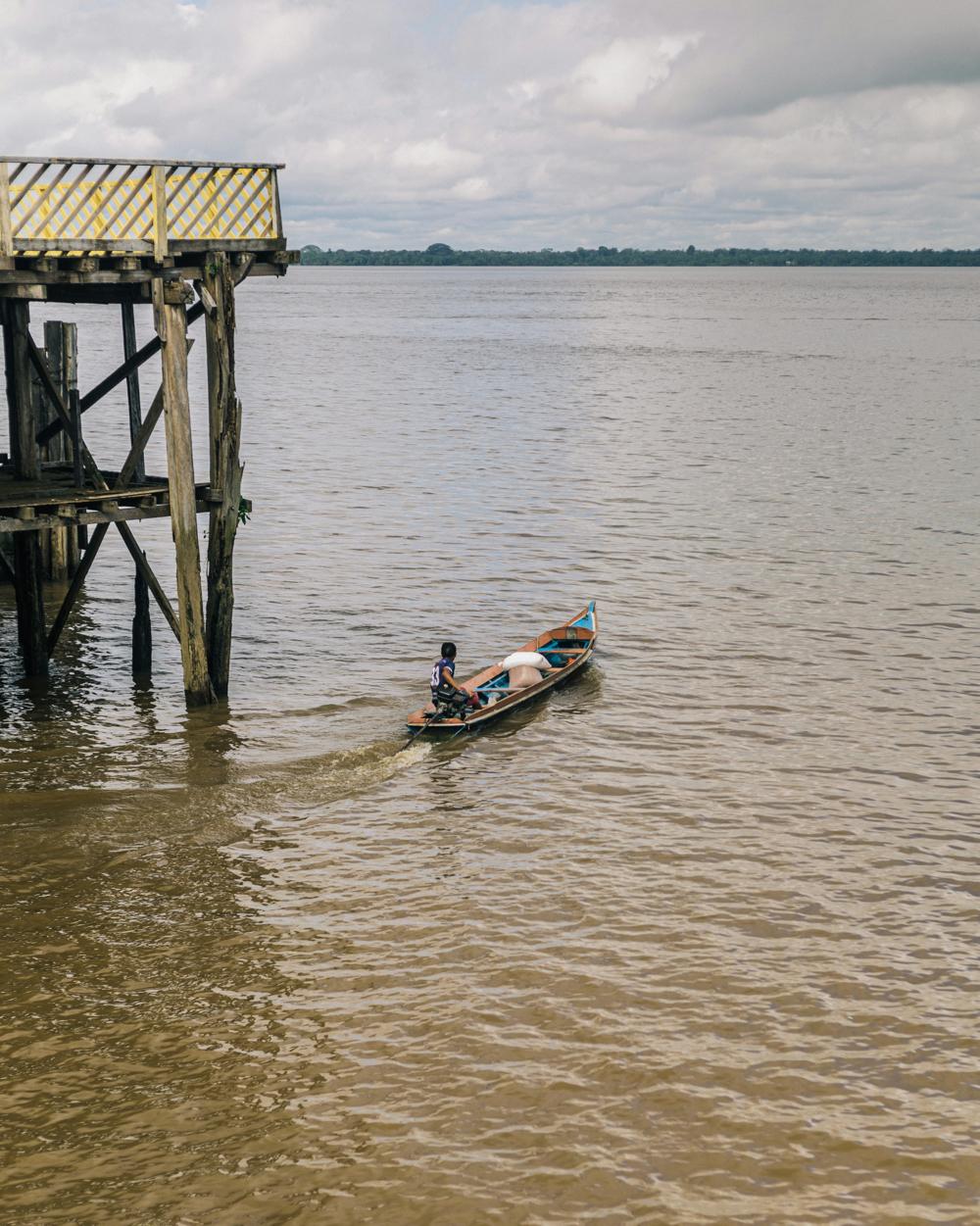
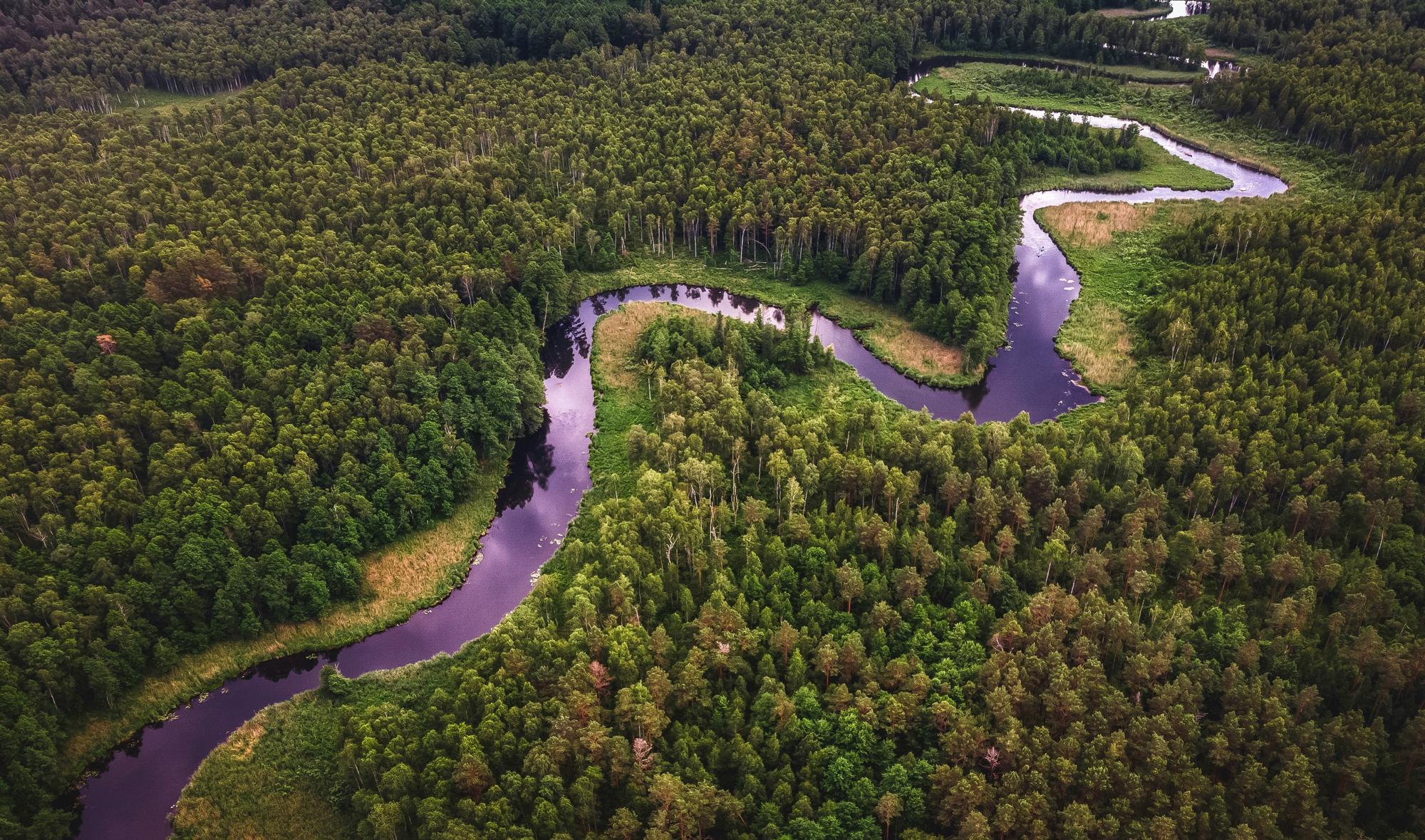
BORDEAUX “Port de la Lune”



BORDEAUX “Port de la Lune”
We're excited to celebrate eleven wonderful years since we launched our first issue of Design Destinations Magazine! What started as a way to showcase our partners in a non-commercial way has blossomed into a vibrant platform for highlighting not just our partners, but also the beautiful places and experiences we cherish.
Over the years, our magazine has expanded with special issues on Wellness, Honeymoon, and LGBTQ editions. We love curating each edition and featuring amazing photographers from around the globe—some are just starting their journeys, while others have already made a name for themselves. Each contributor brings something special, helping us create an outstanding magazine every time.
In this issue, we’re thrilled to take you on a journey to Ouro Preto, a stunning city in northern Brazil with a rich history from the golden age of the country. We’ll also explore the picturesque San Sebastián in the Basque Region of Spain, and dive into the wonders of the Amazon River in our article titled "A Giant of Nature." Plus, Let’s explore two amazing wine destinations! First up is Mendoza in Argentina, where the delicious Malbec steals the show. Then we have Bordeaux in France, celebrated for its incredible Bordeaux wine and often called "the wine capital of the world,". Both places have their own unique charm and offer some of the best wines you could ever taste.
Cheers to that!
We truly hope you enjoy this issue as much as we enjoyed putting it together. As always, we’d love to hear from you!
So, go ahead and explore the world!
Franz Buchhalter
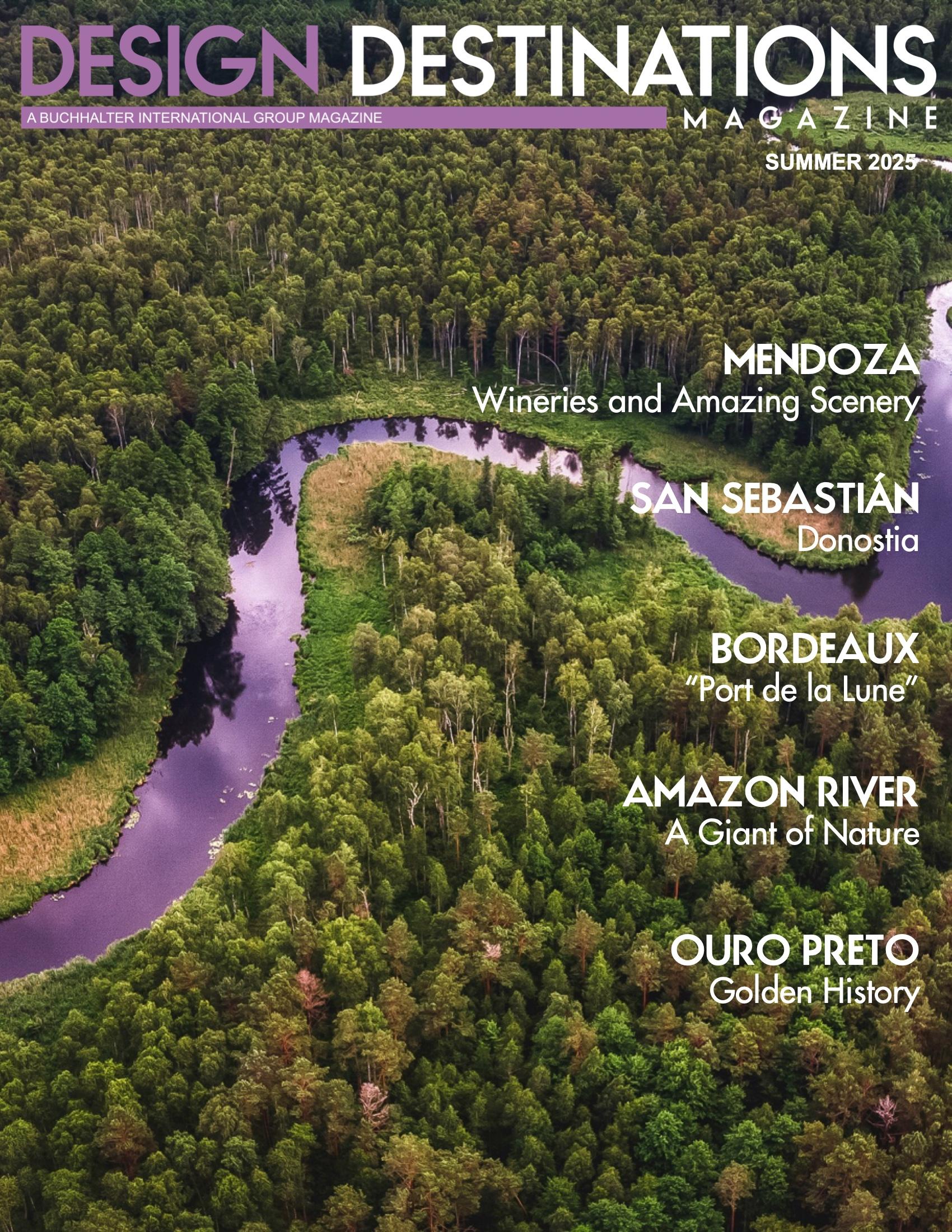
Cover: Adam Smigieiski *



Design Destinations Magazine is a publication of Buchhalter International Group
For information contact: info@buchhalterinterig.com www.buchhalterinternationagroup.com


100
Wineries and Amazing Sceneries MAIZE Earth’s Sacred Gift
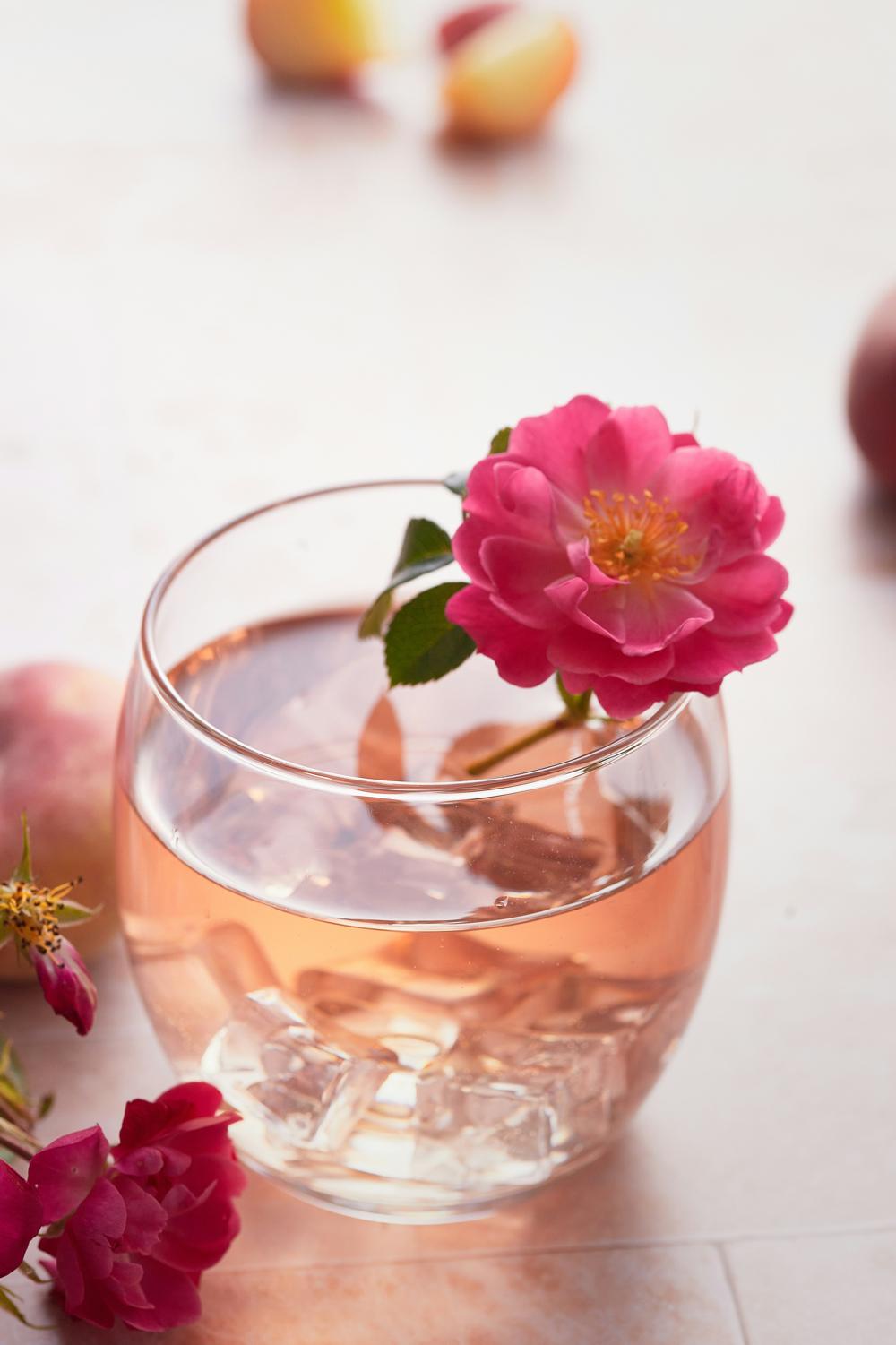

108

HELEN MIRREN
An International legend
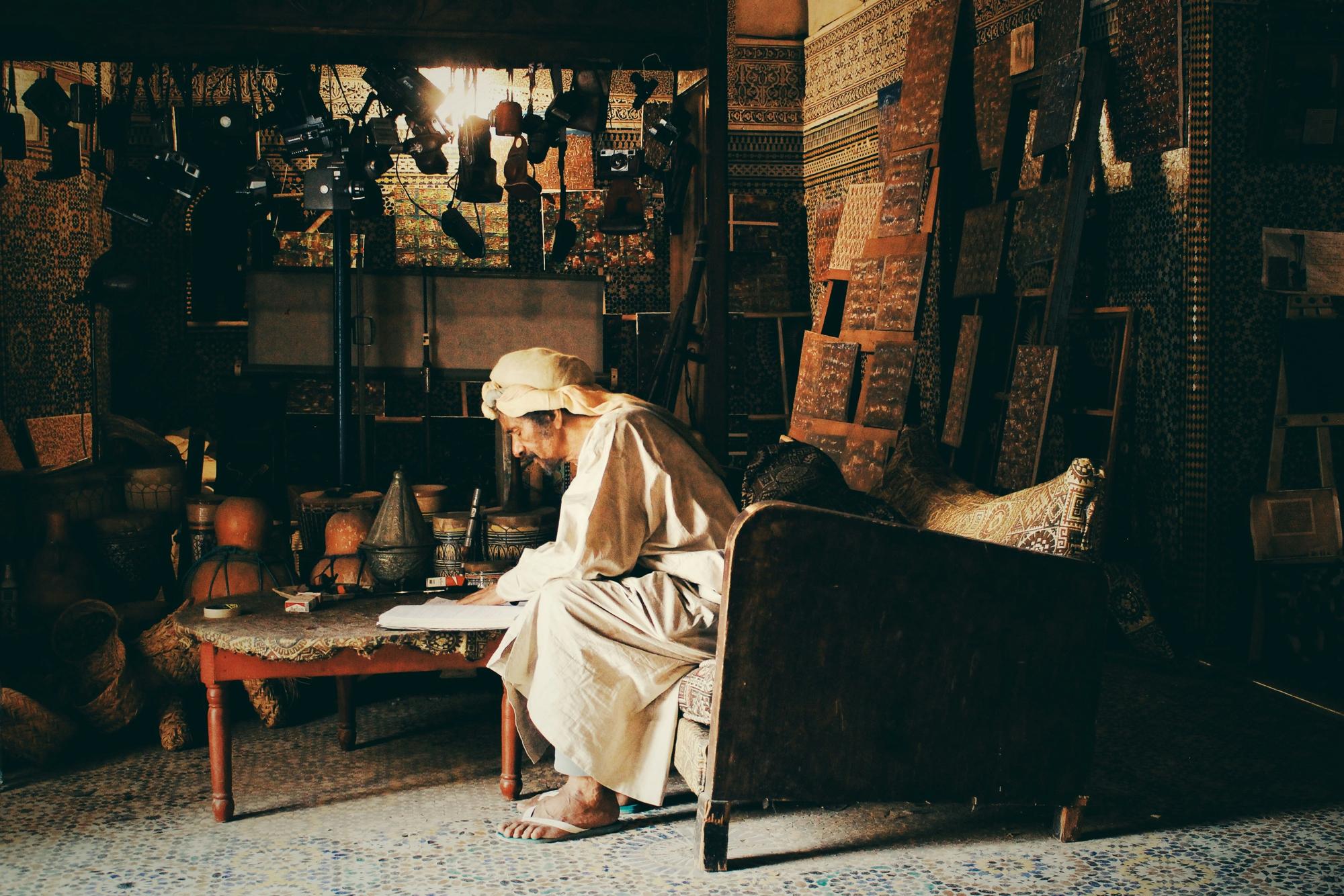
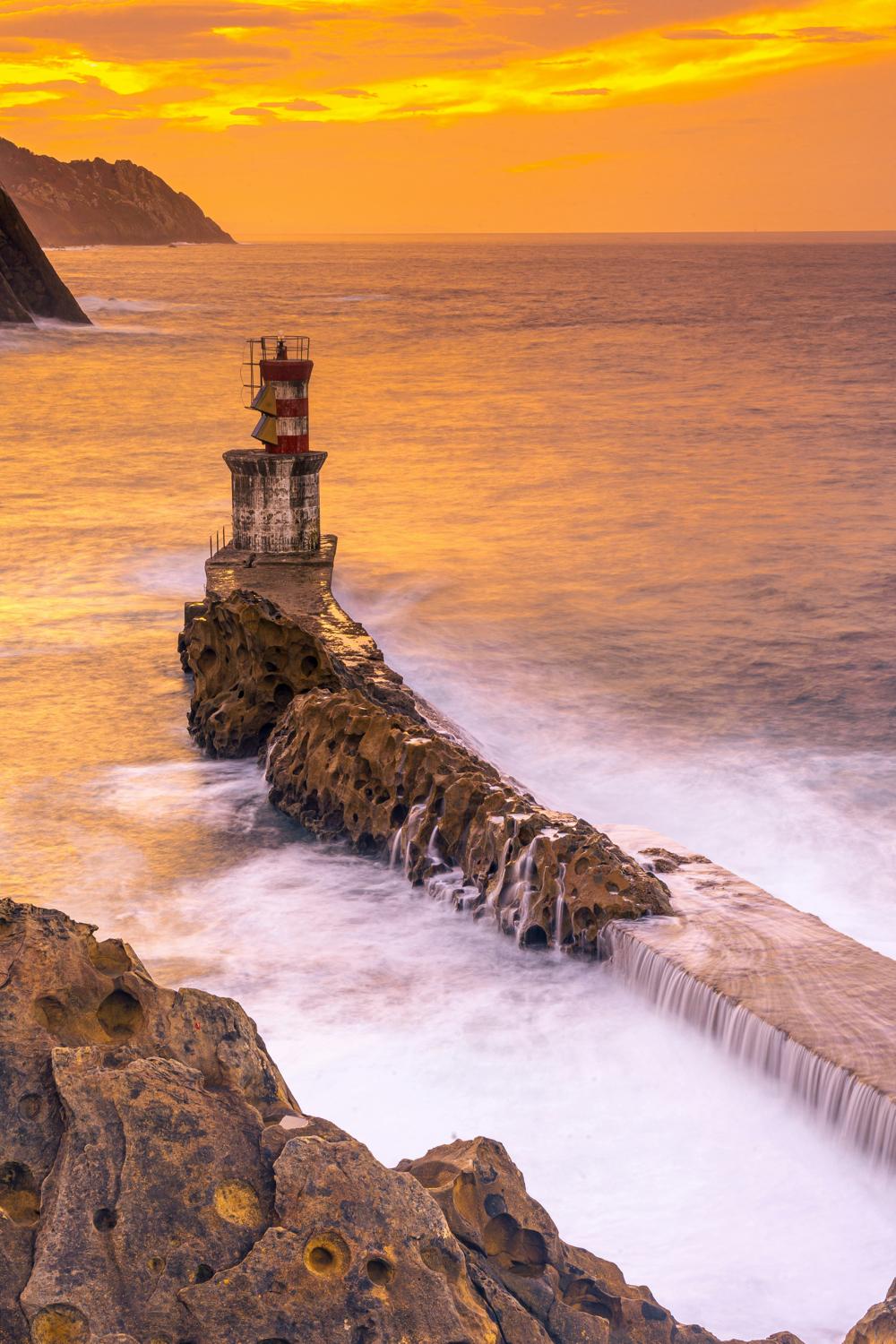
San. Sebastian Donostia
MOROCCO Vibrant Culture
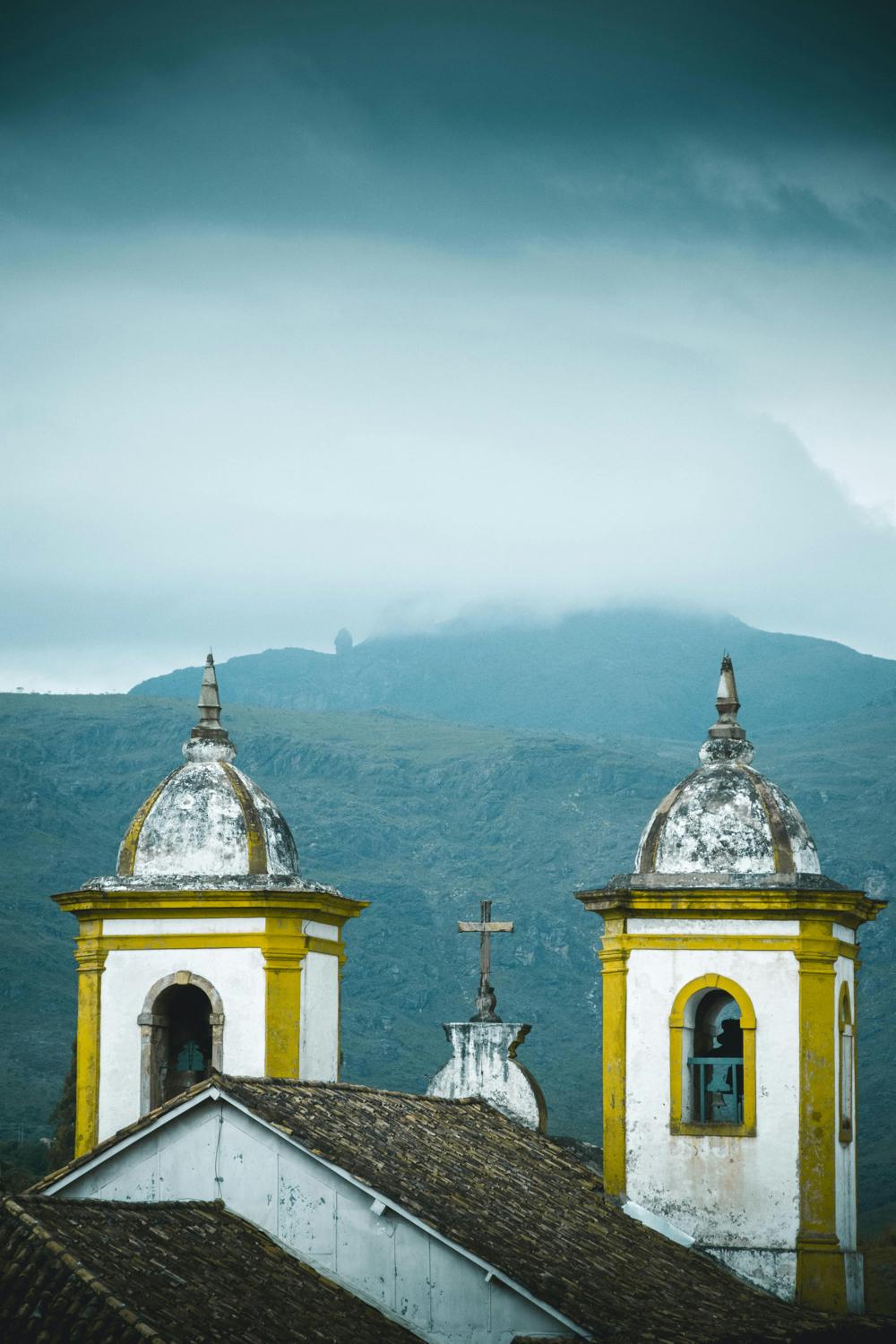
OURO PRETO Golden History
BORDEAUX
“Port de la Lune”

Amazon River A Giant of Nature

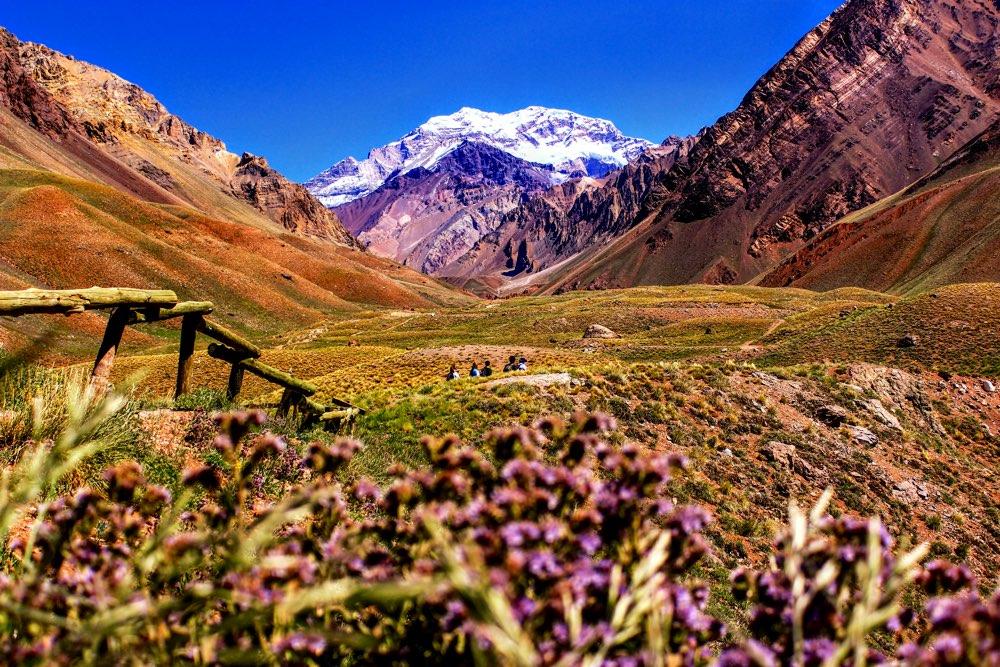

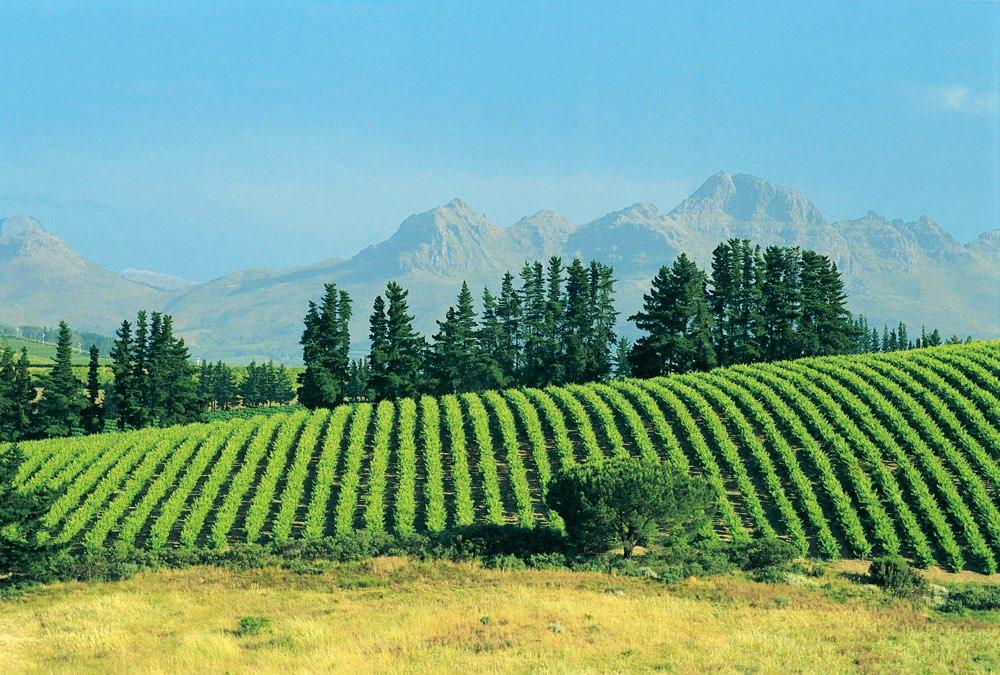


Mendoza, located in Argentina's Cuyo region, is the heart of the country's wine country, renowned for its Malbecs and other red wines. While Mendoza is famous for its numerous wineries, the region also boasts stunning landscapes at the foot of the Andes Mountains. It is a popular destination for outdoor activities such as hiking, rafting, and horseback riding.
Mendoza is one of Argentina's largest cities and features a beautiful blend of modern and Art Deco architecture, characterized by wide streets and smaller plazas surrounding the main square, Plaza Independencia. This square is home to the subterranean Museo Municipal de Arte Moderno, which showcases modern and contemporary art.
Many visitors come to Mendoza to experience its wines, and the region offers a variety of wineries where guests can enjoy wine tastings and comfortable stays at resorts that feature vineyards.
Mendoza is especially known for its magnificent Malbecs, particularly those produced in the Uco Valley and Luján de
Cuyo regions. These Malbecs have revealed their best qualities, often surpassing European wines, and have become recognized worldwide as the Argentine variety par excellence. In Argentina, Malbec wines are characterized by their intense colors, soft and round tannins, and expressive fruity and floral aromas. However, beyond Malbec, Mendoza also produces excellent Cabernet Sauvignon, Syrah, and Chardonnay, among others. Some of the most famous and highly regarded wine producers in Mendoza include Catena Zapata, Zuccardi, Achaval Ferrer, and Bodega Norton. Other notable wines from the region include Cabernet Sauvignon, Cabernet Franc, and Chardonnay.
The best time to visit Mendoza is during the shoulder seasons of spring and autumn, from September to November and March to May. These months offer pleasant weather, fewer crowds, and the chance to experience the wine harvest in the fall. Overall, Mendoza provides a perfect blend of wine, nature, and city life, making it a rewarding destination for various types of travelers.

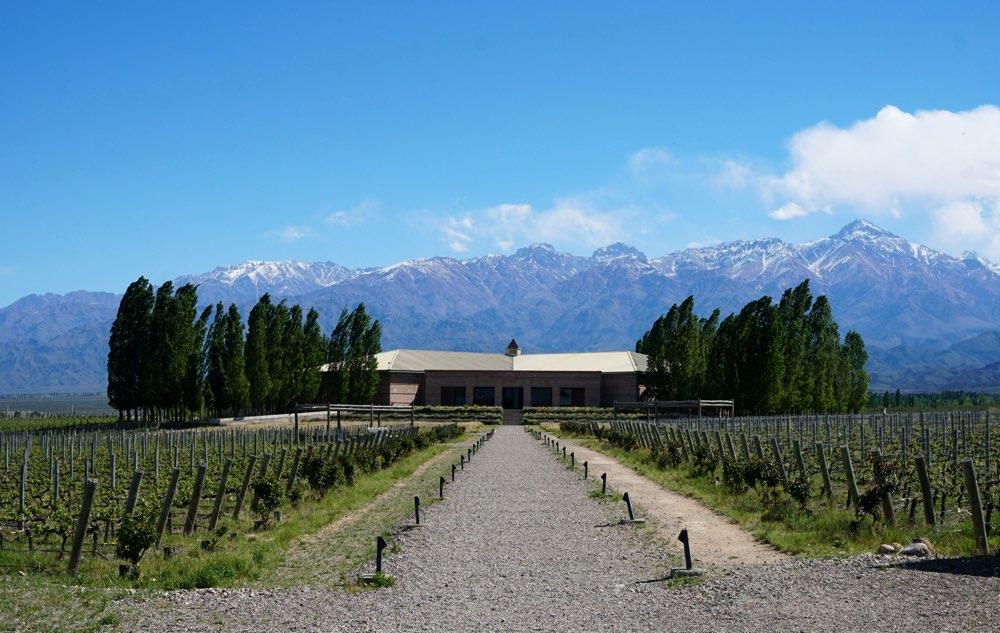
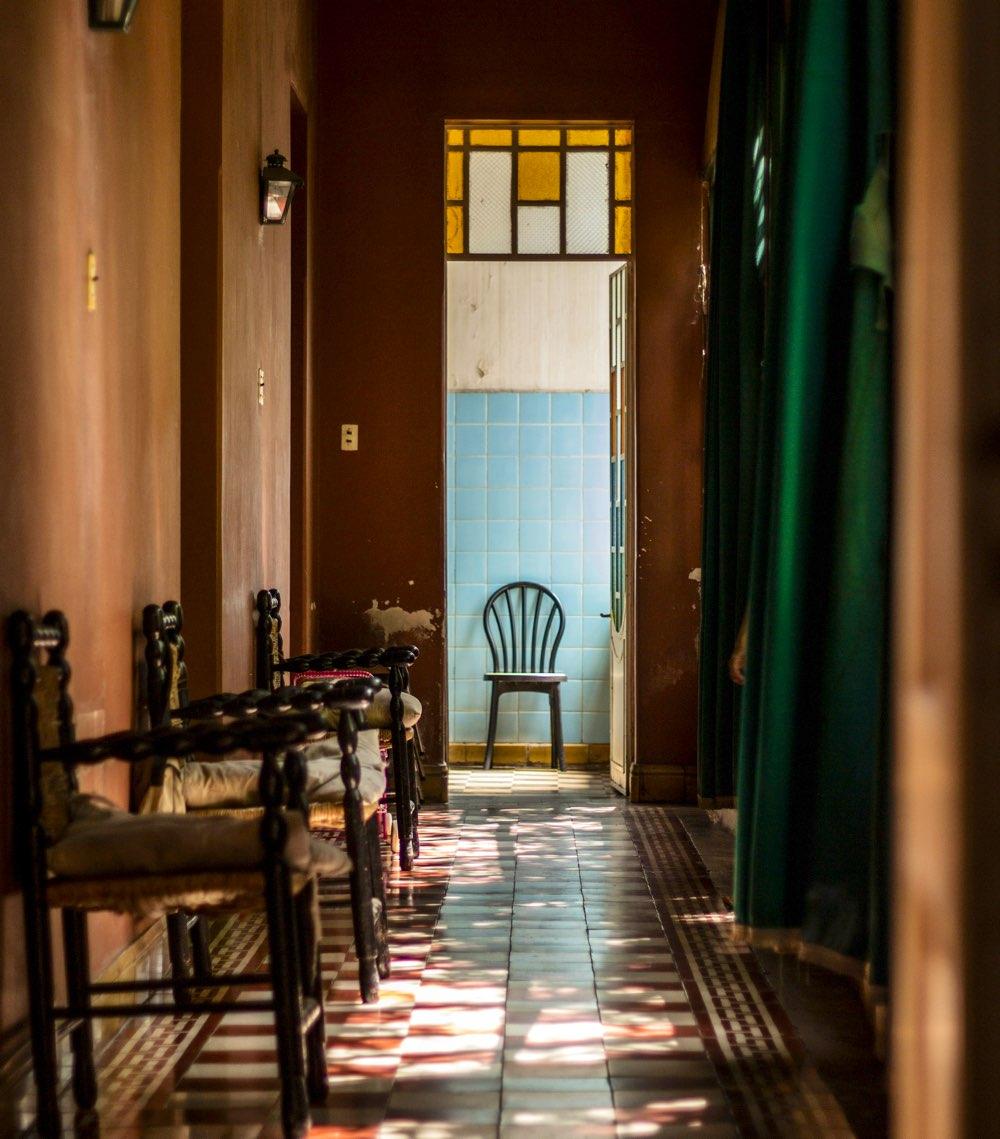
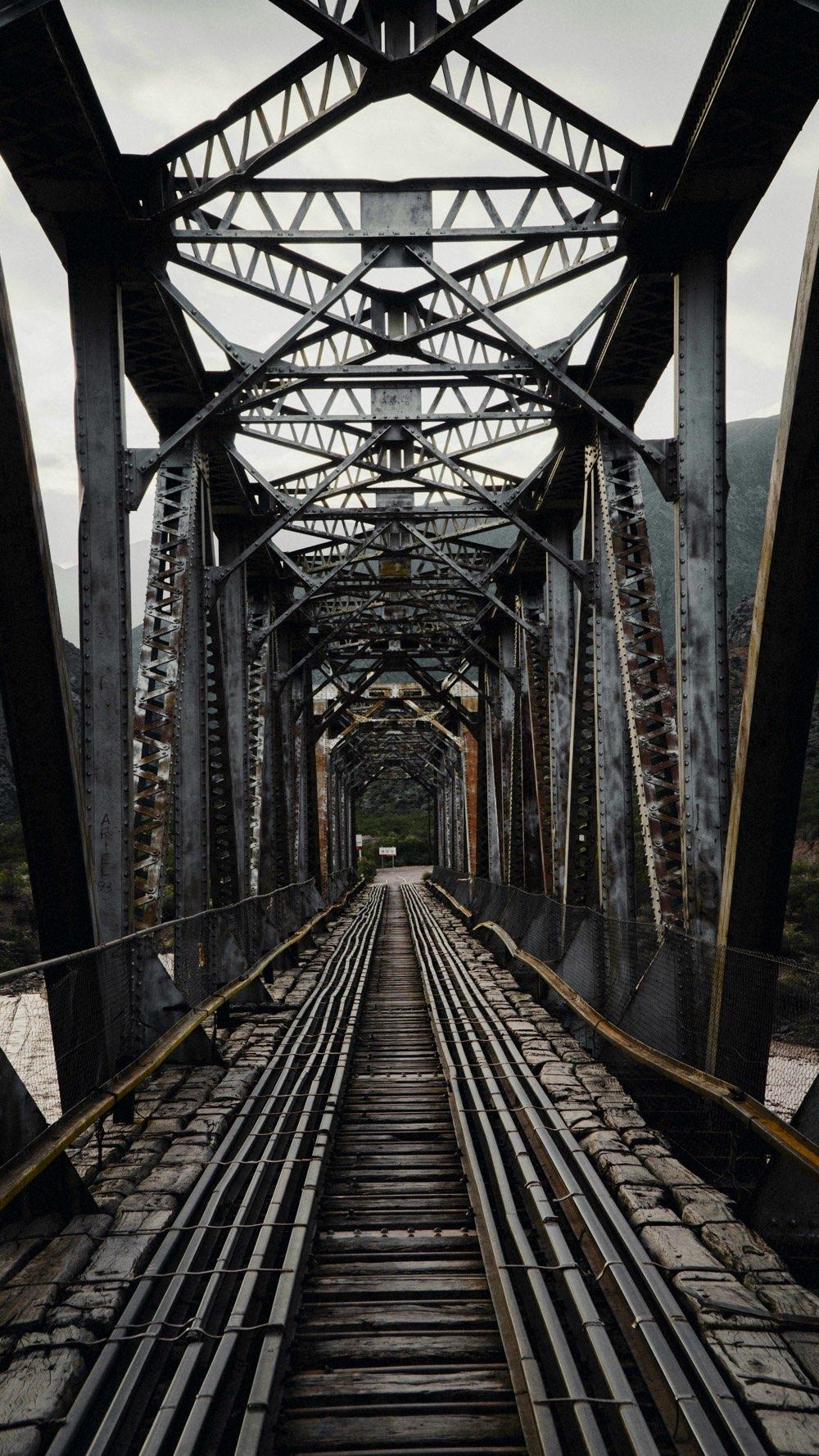


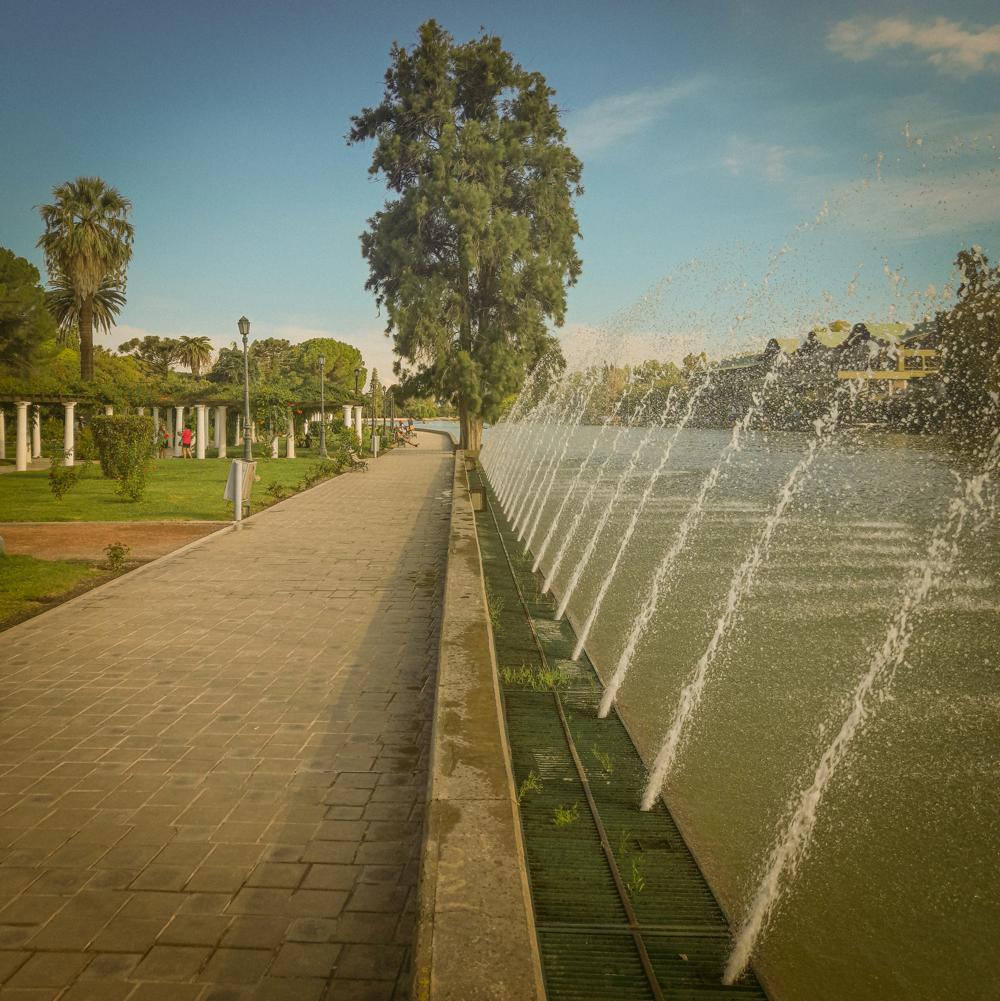
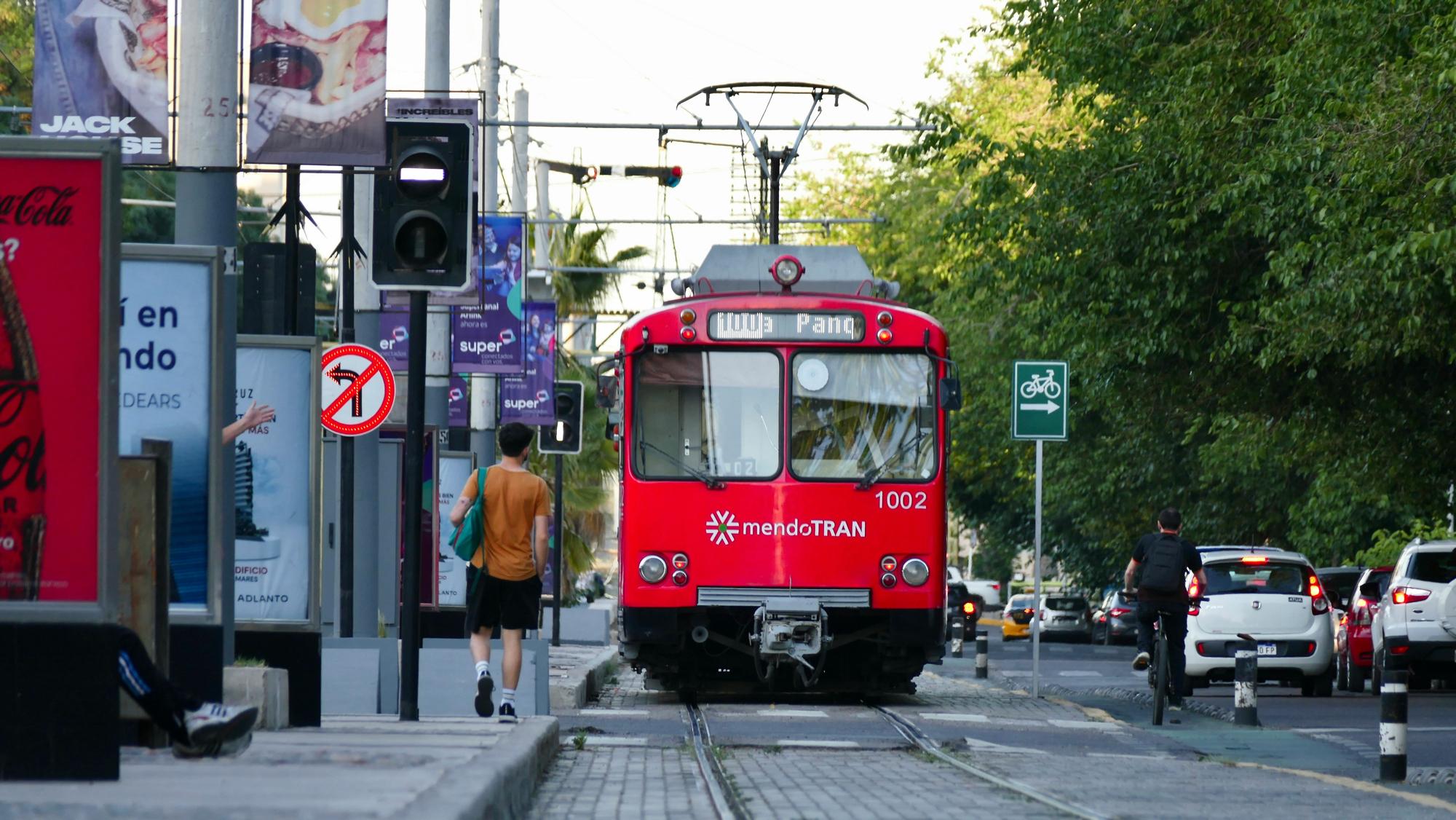


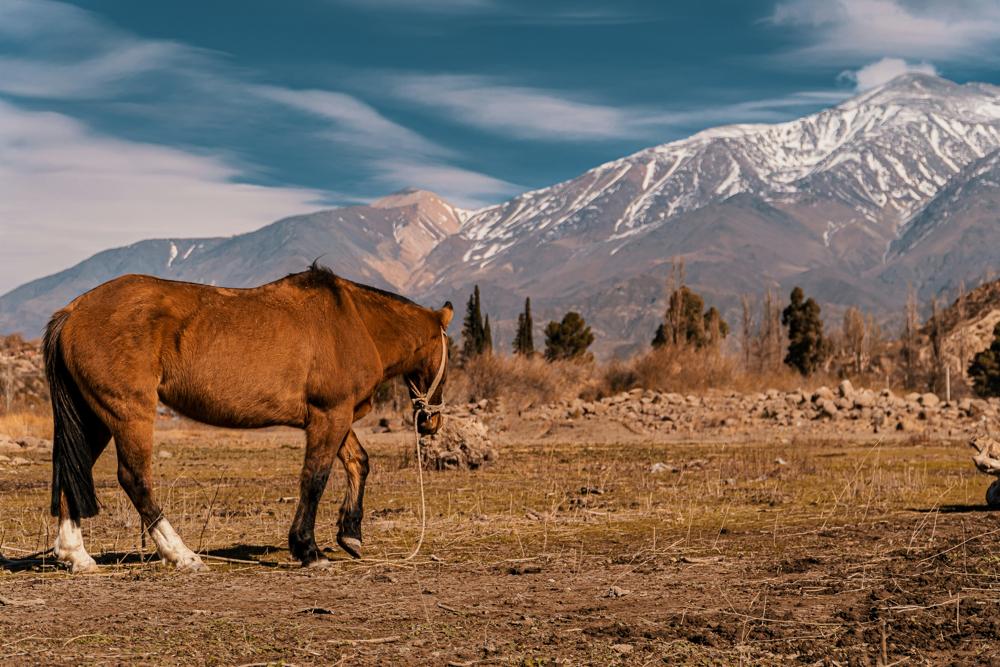
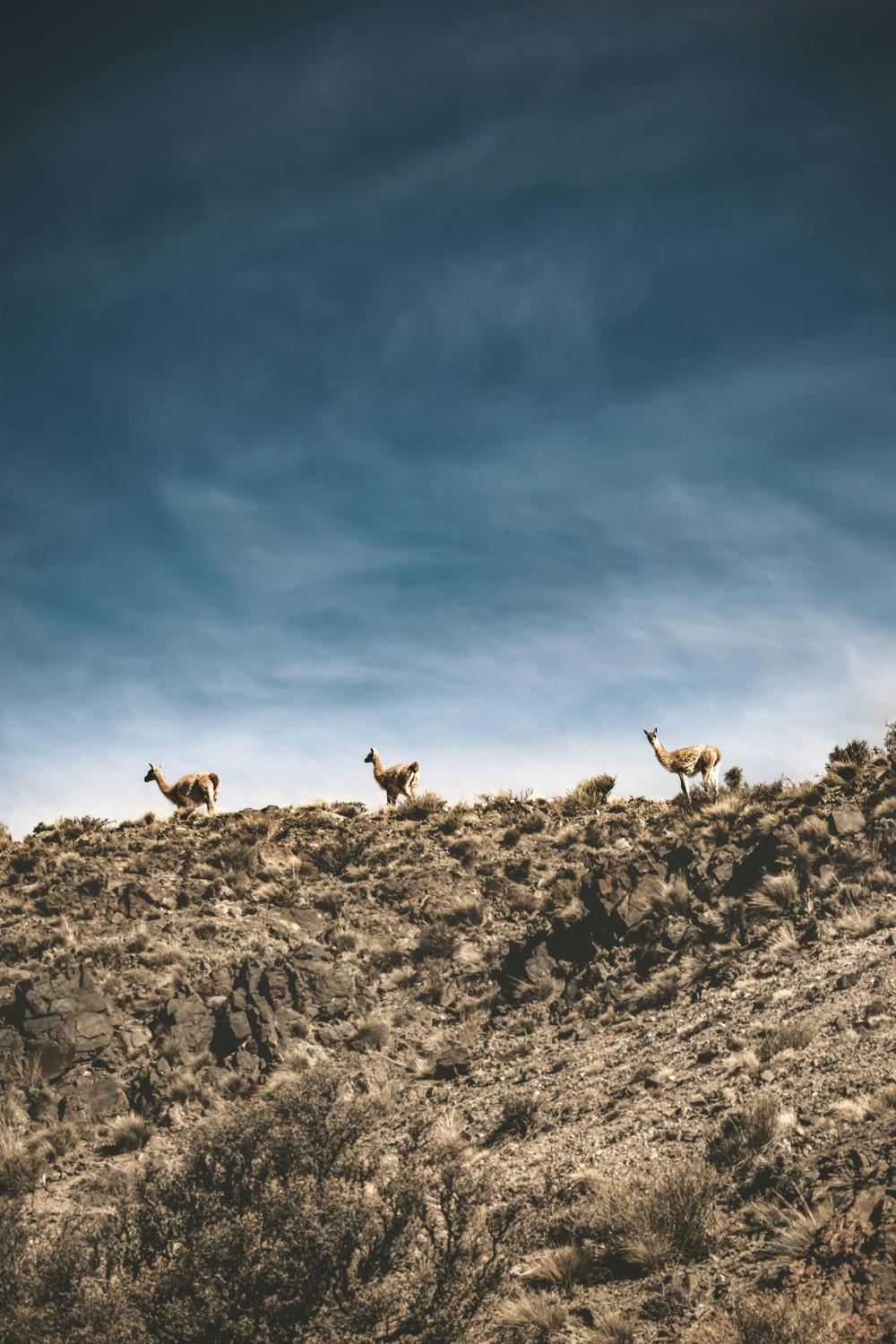
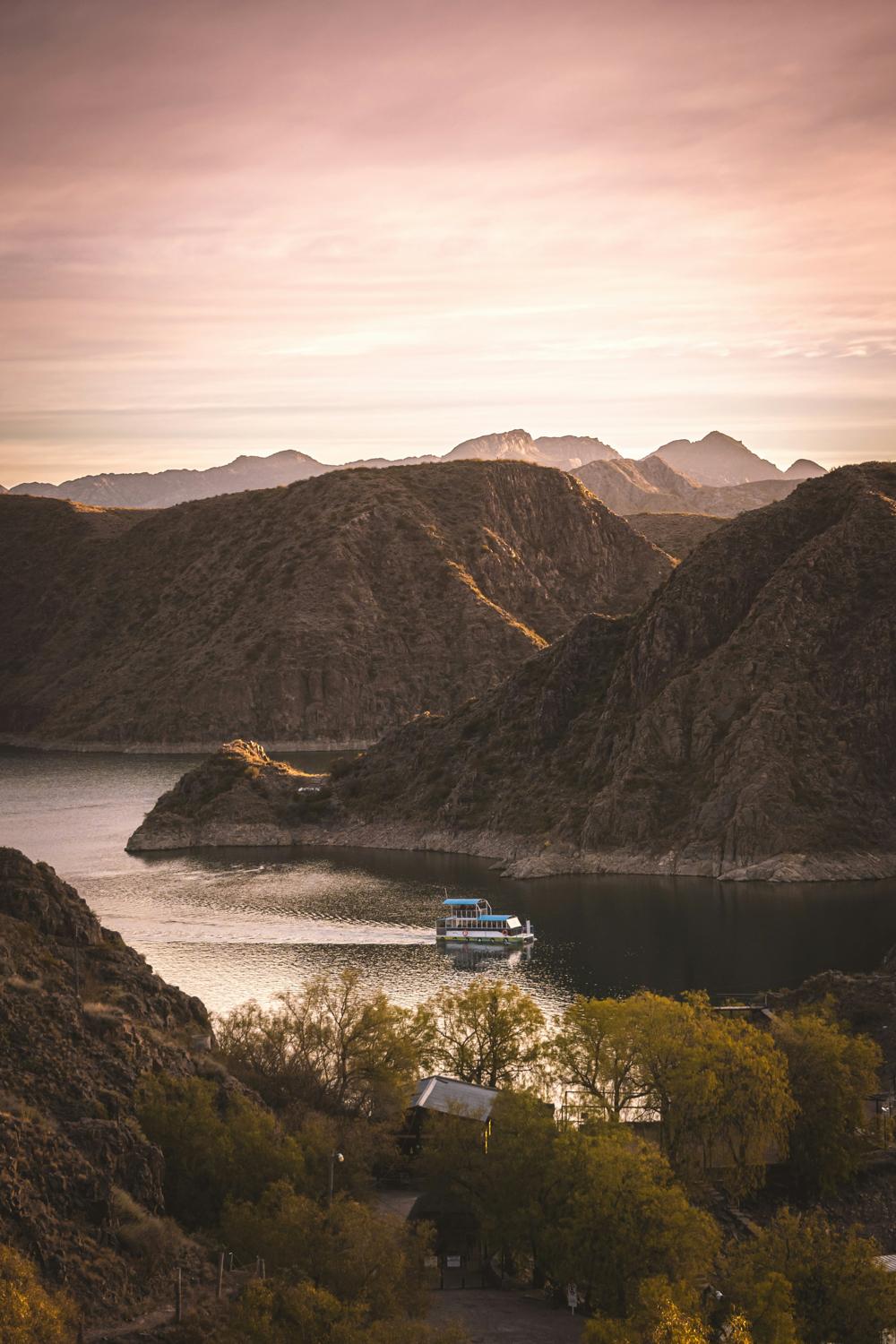
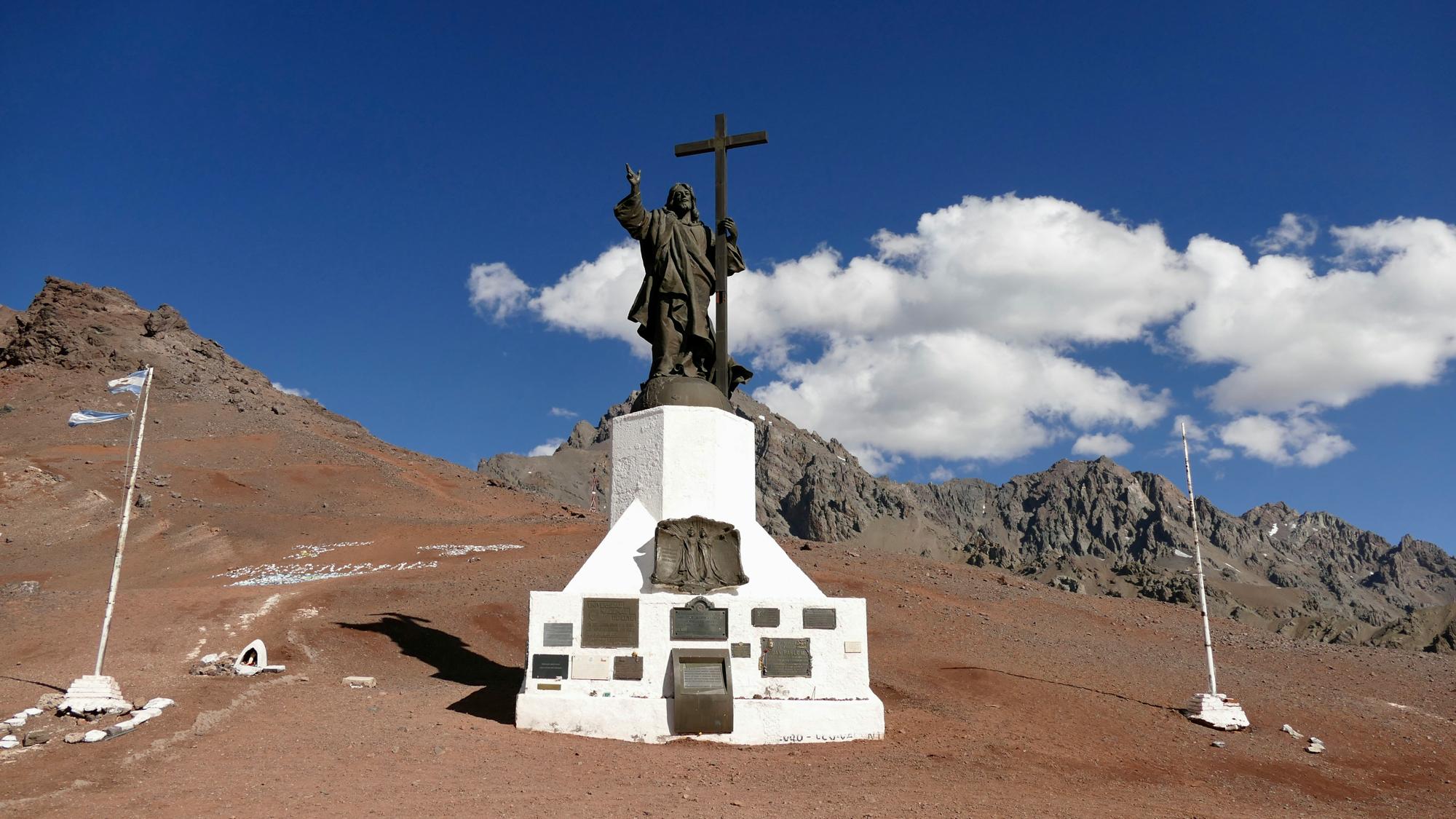

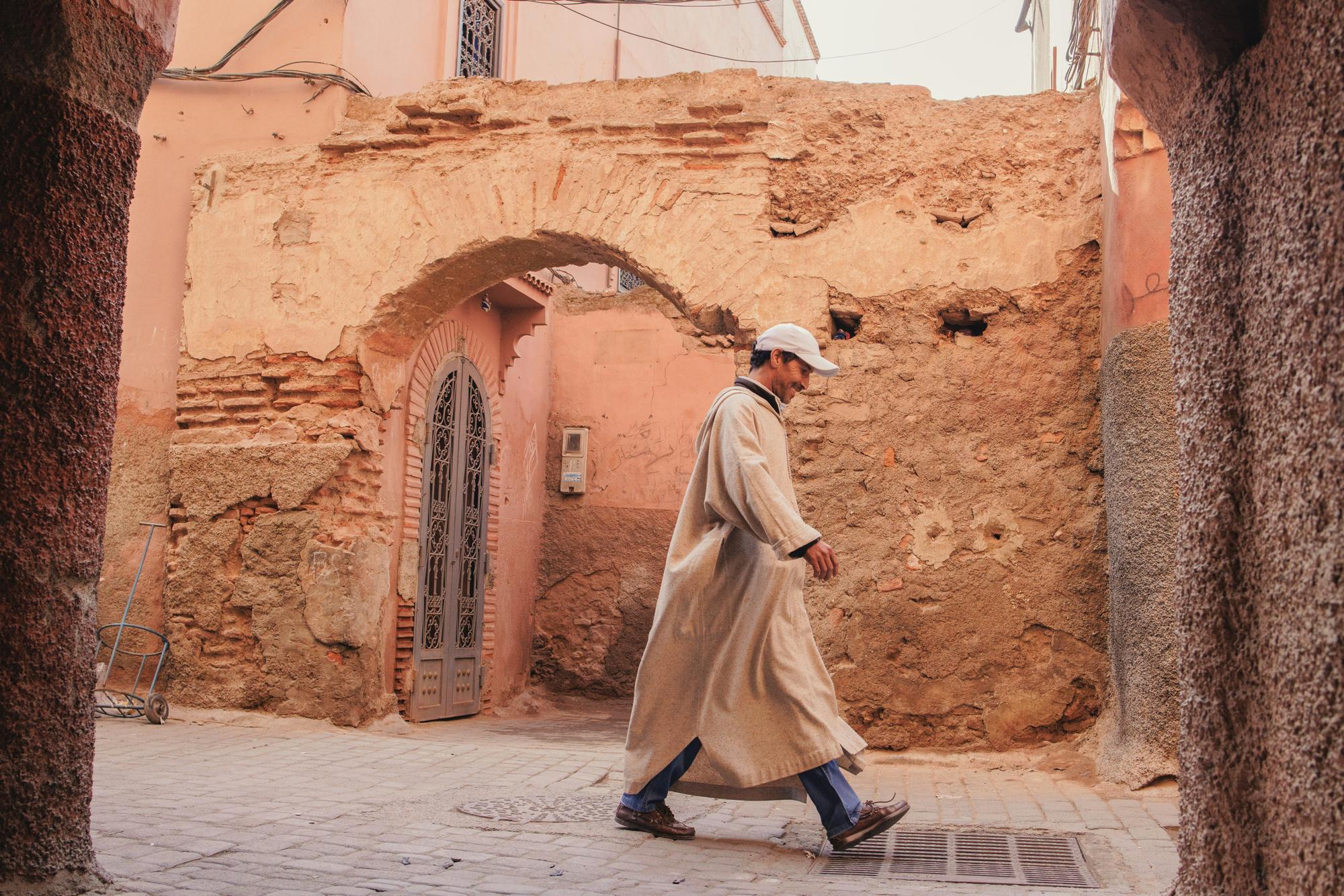

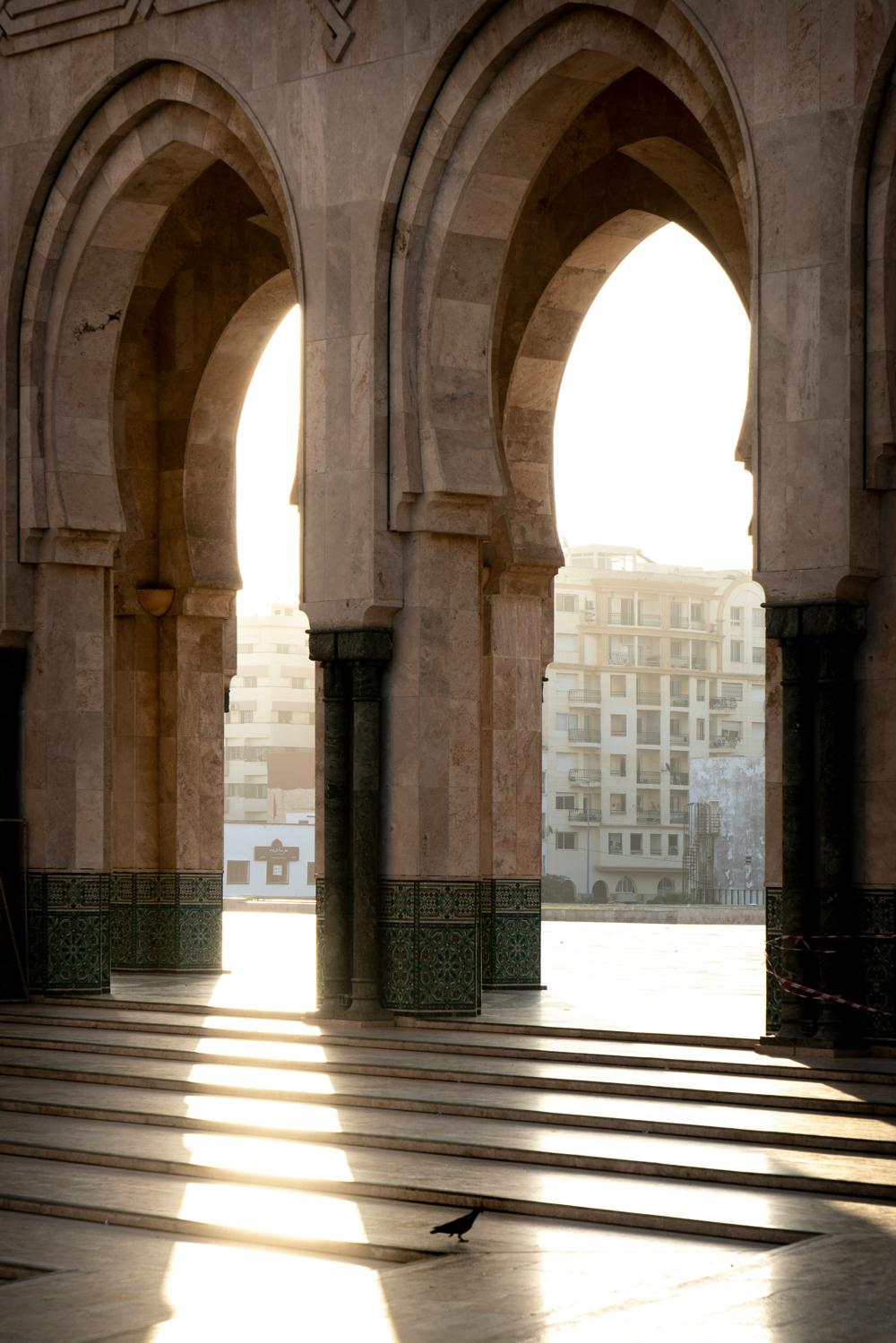
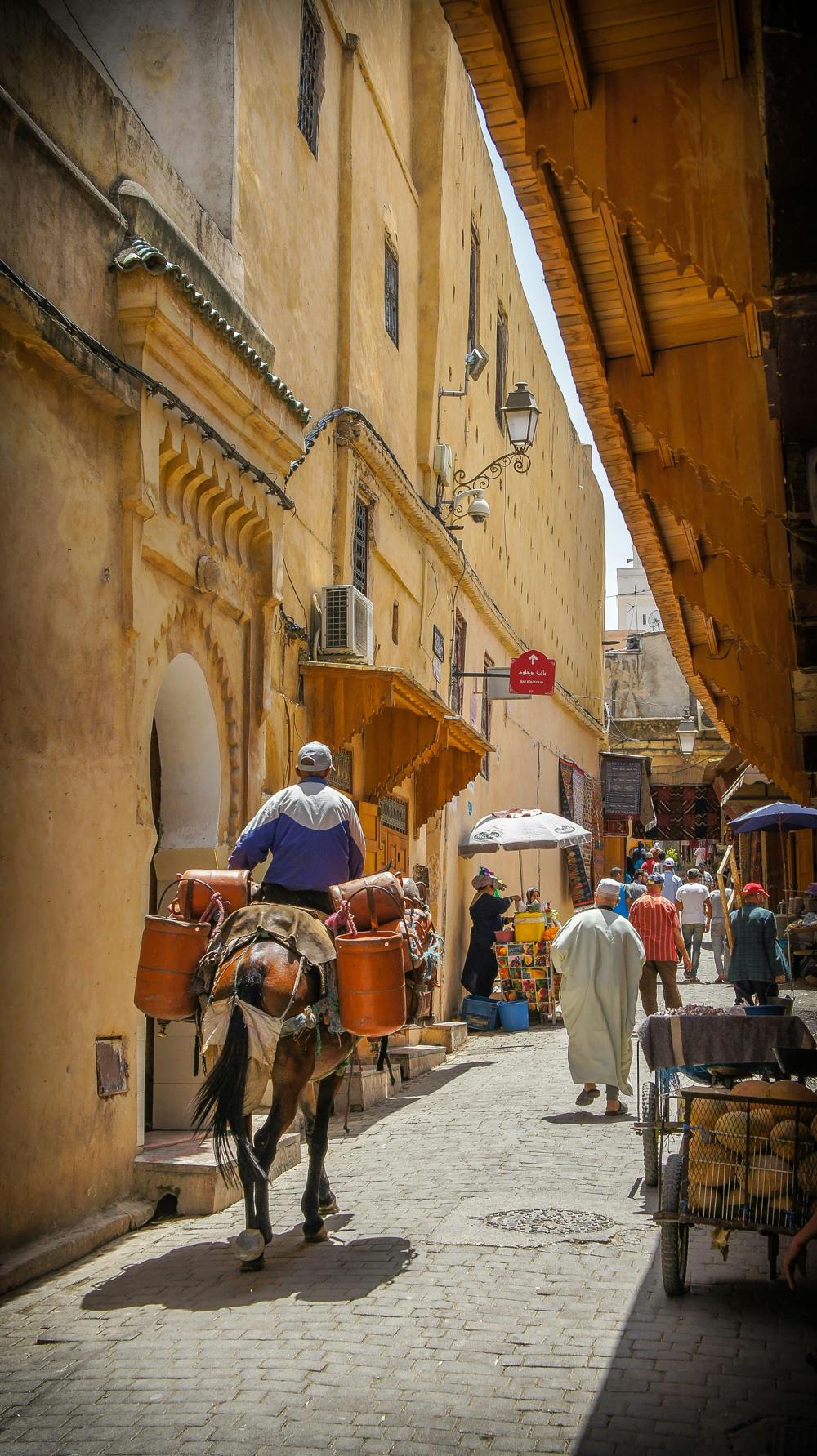


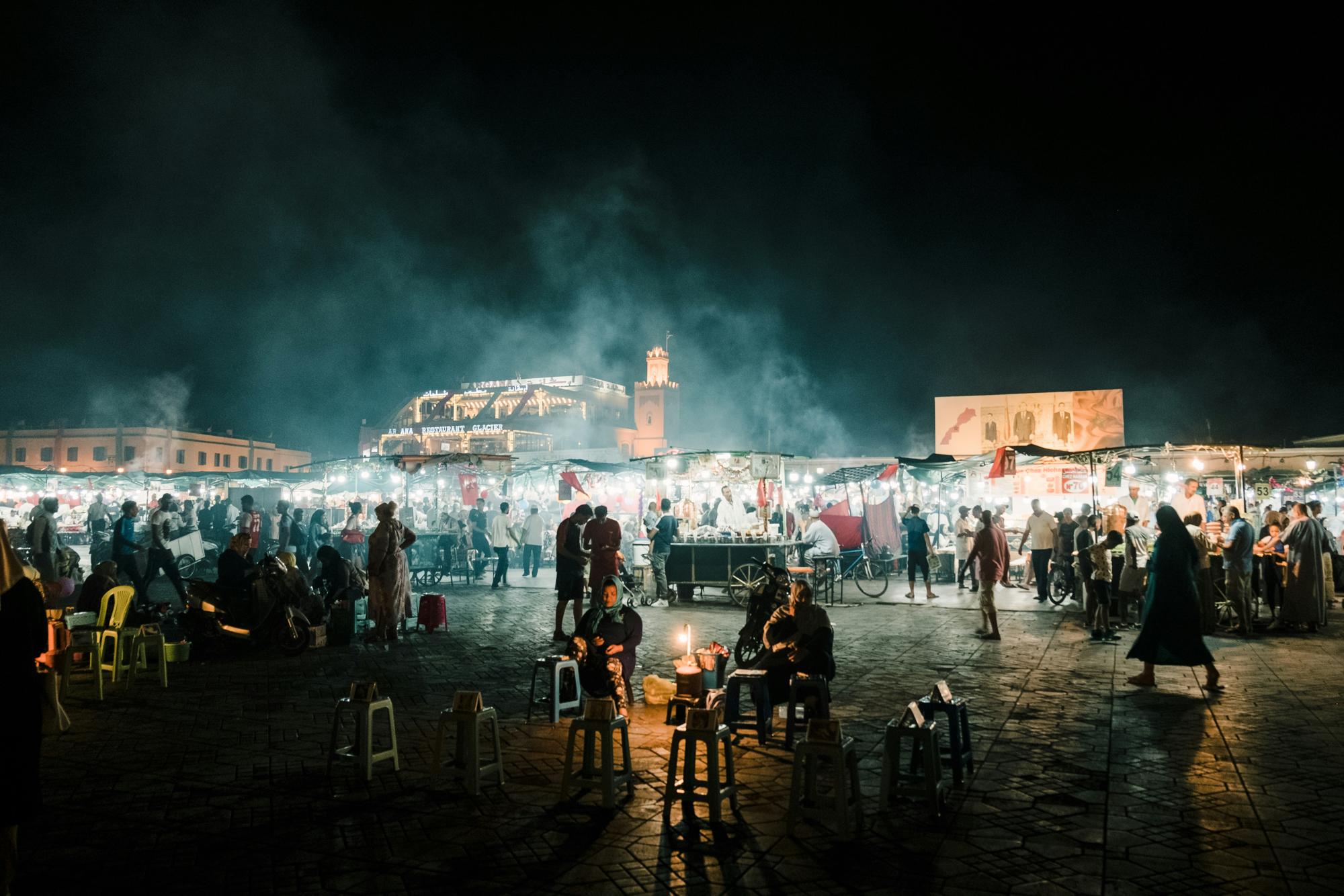

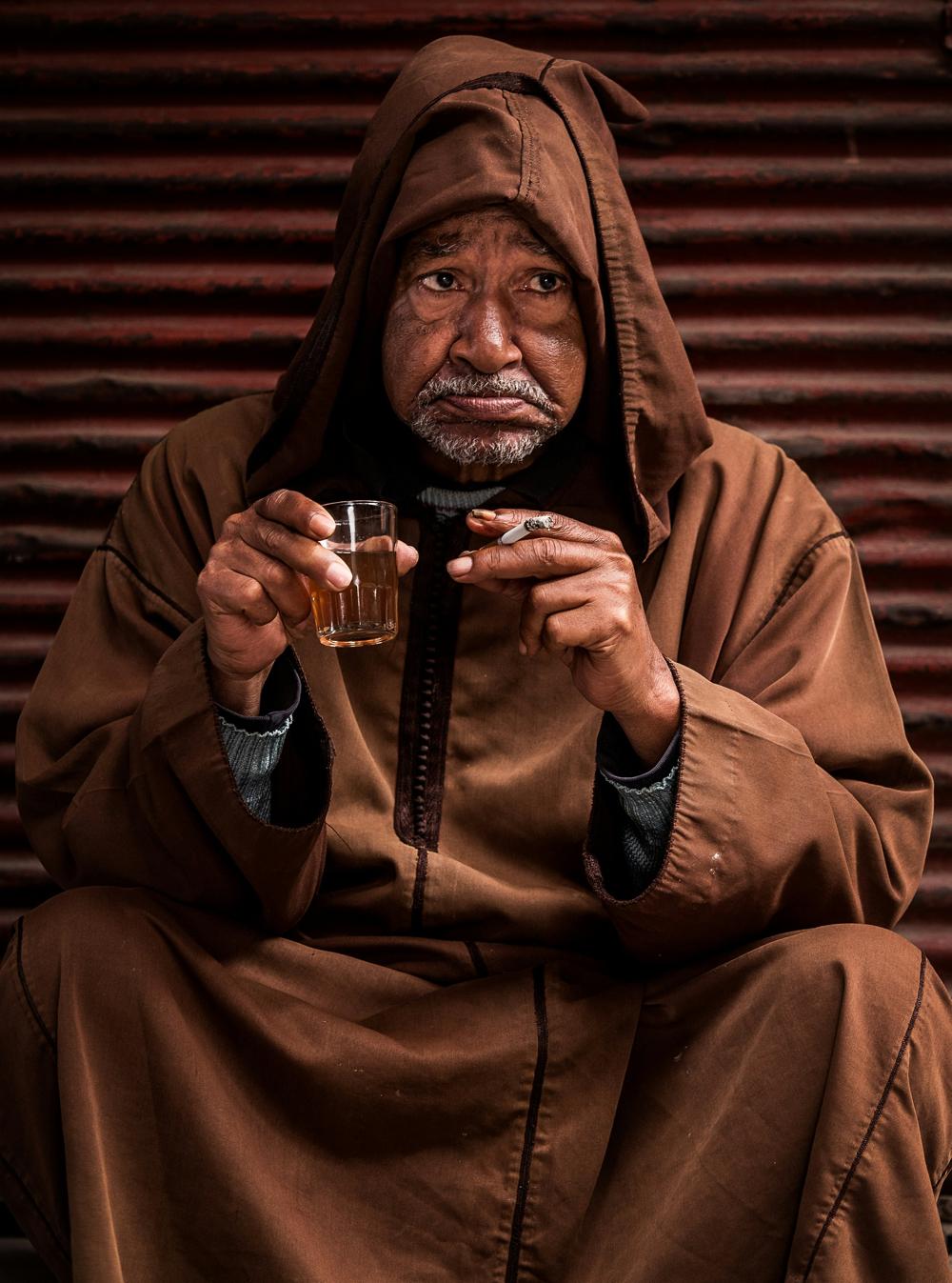
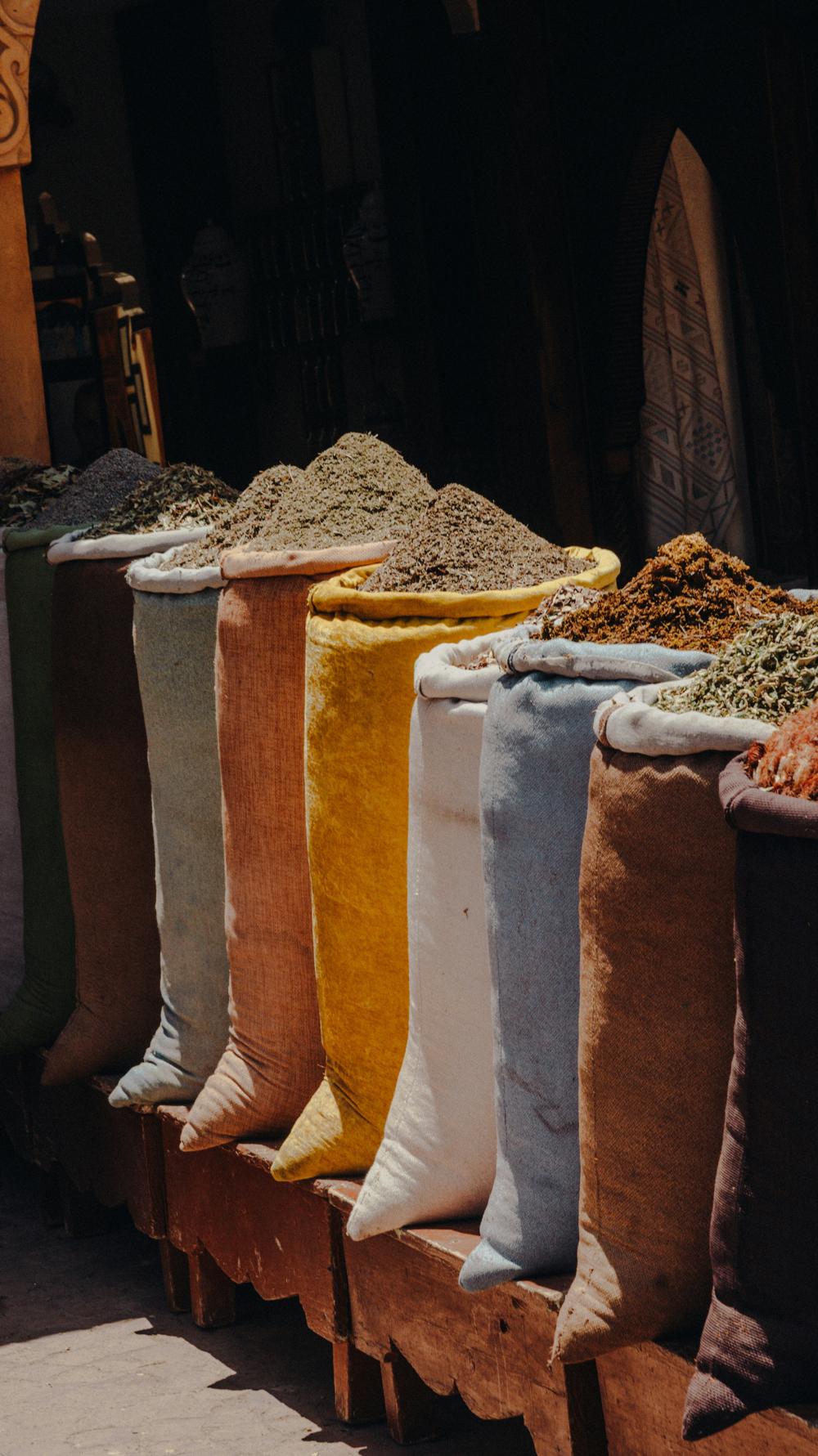
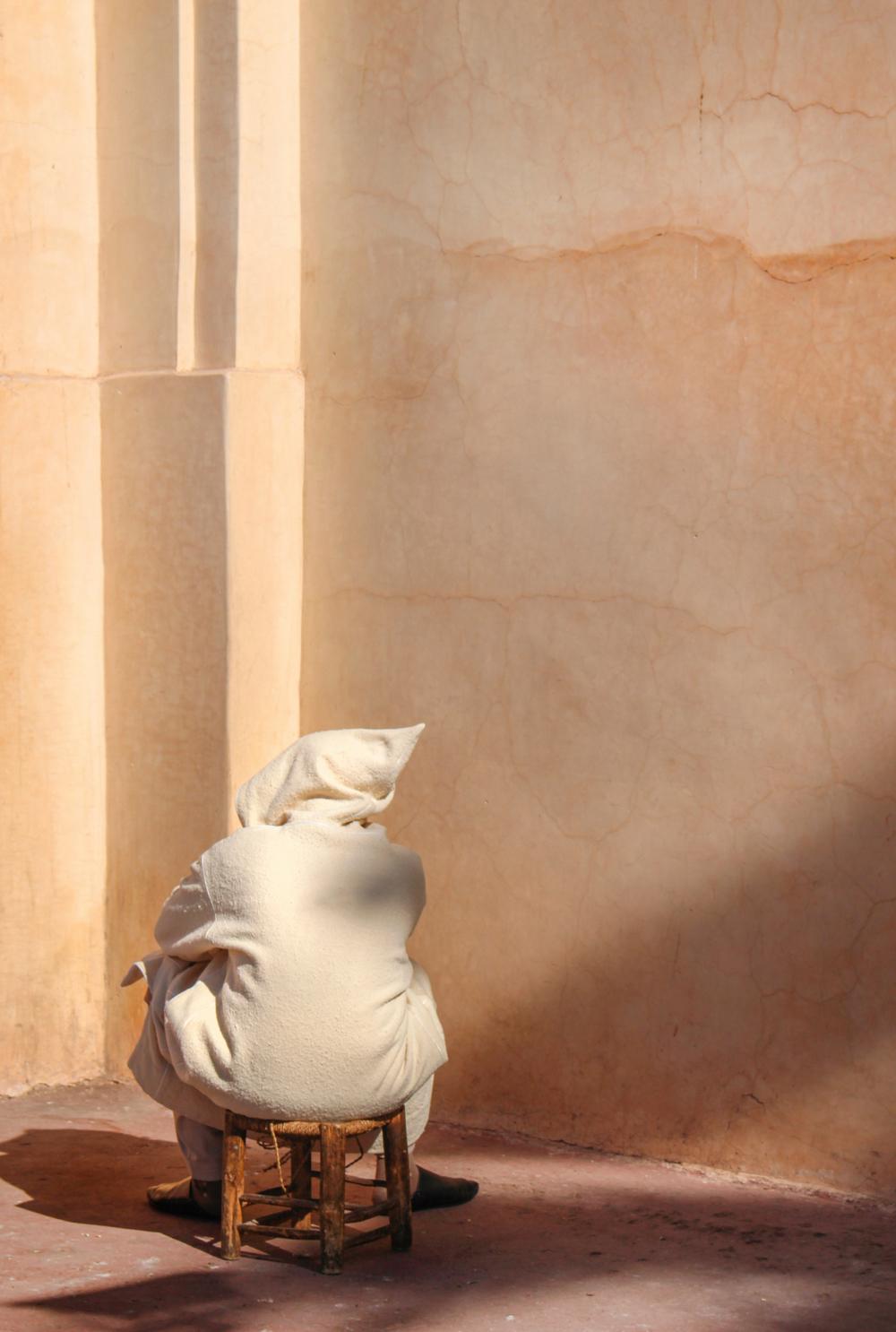
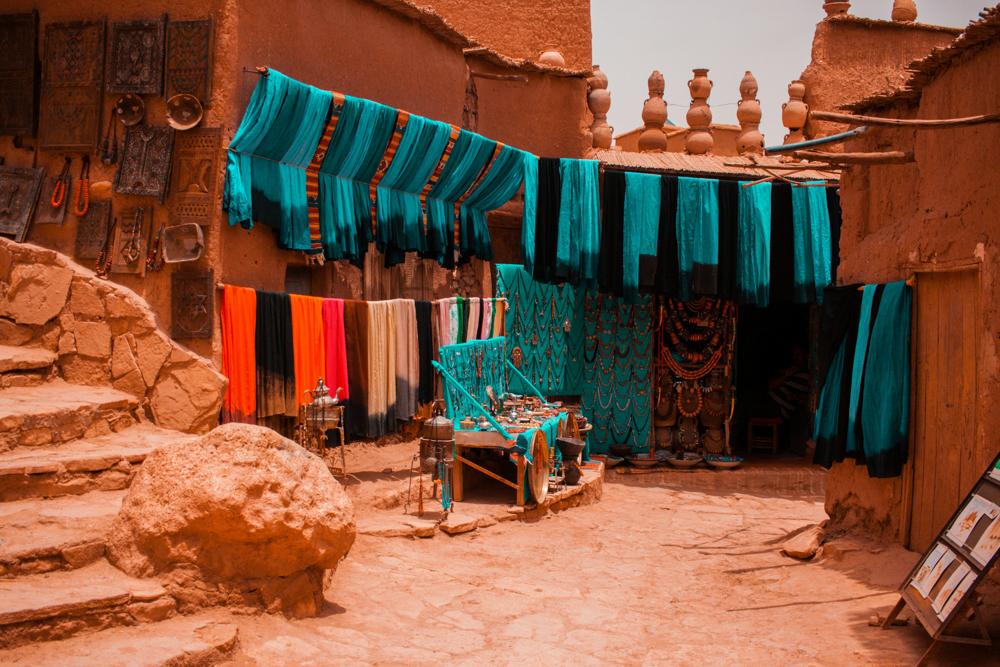
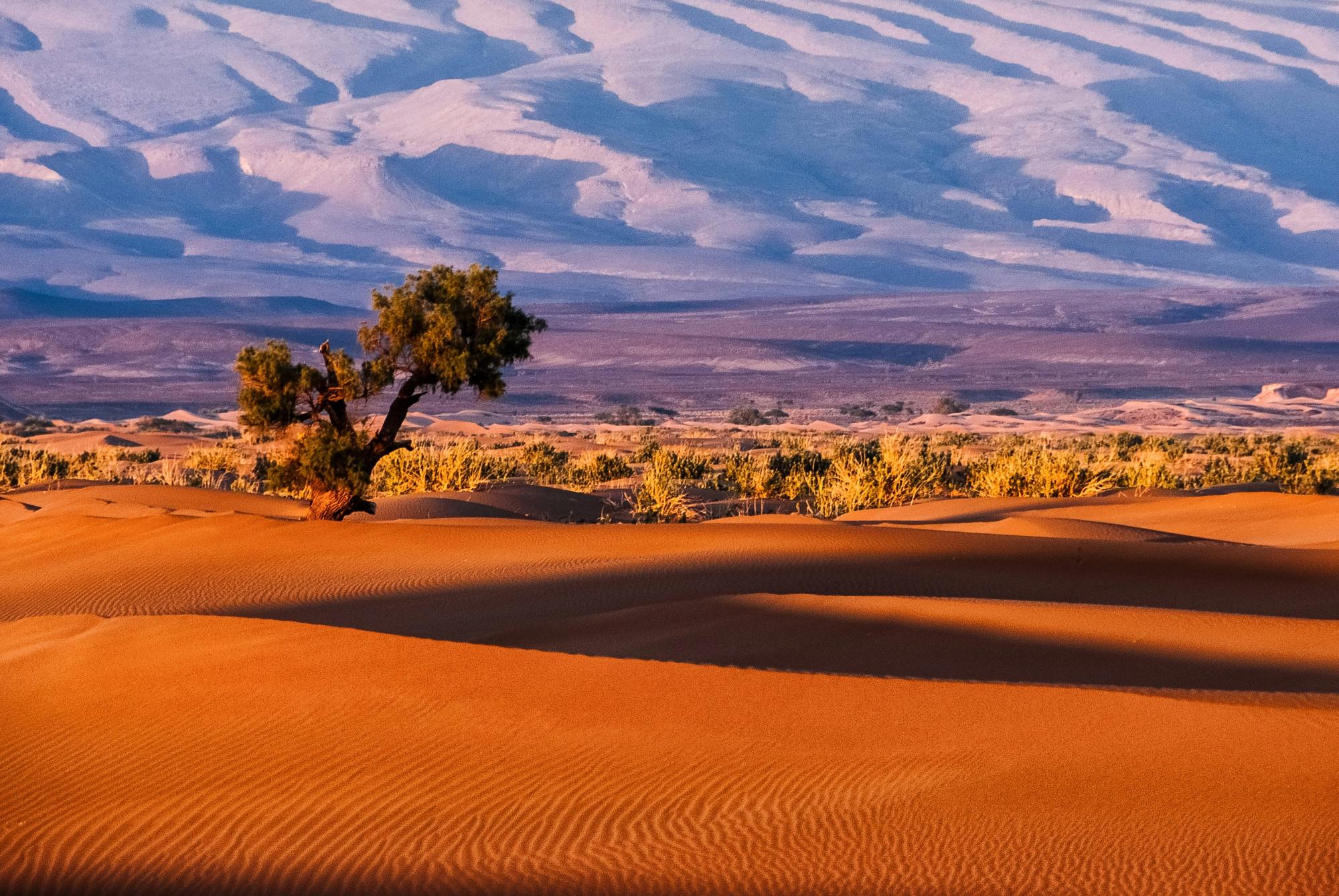




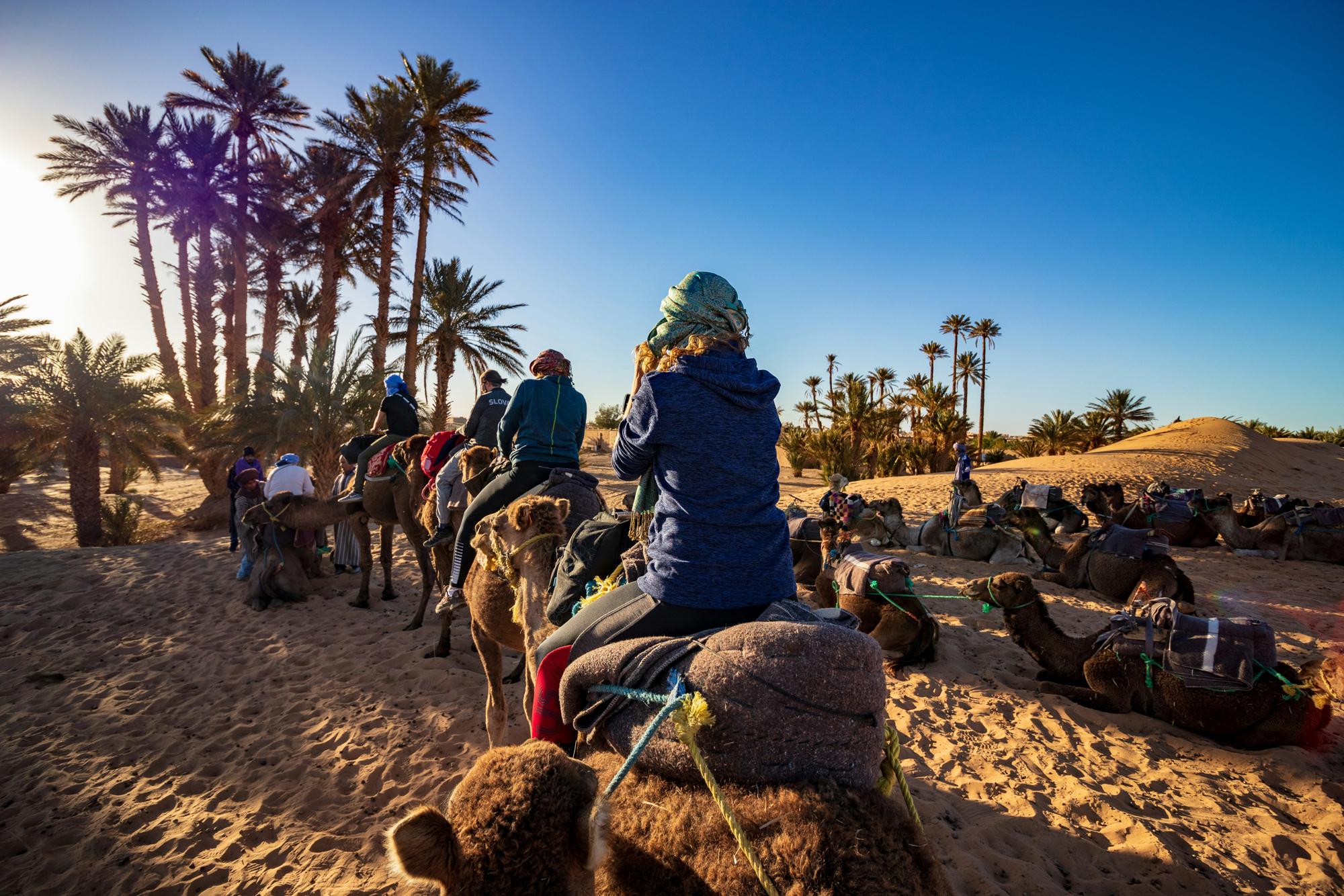



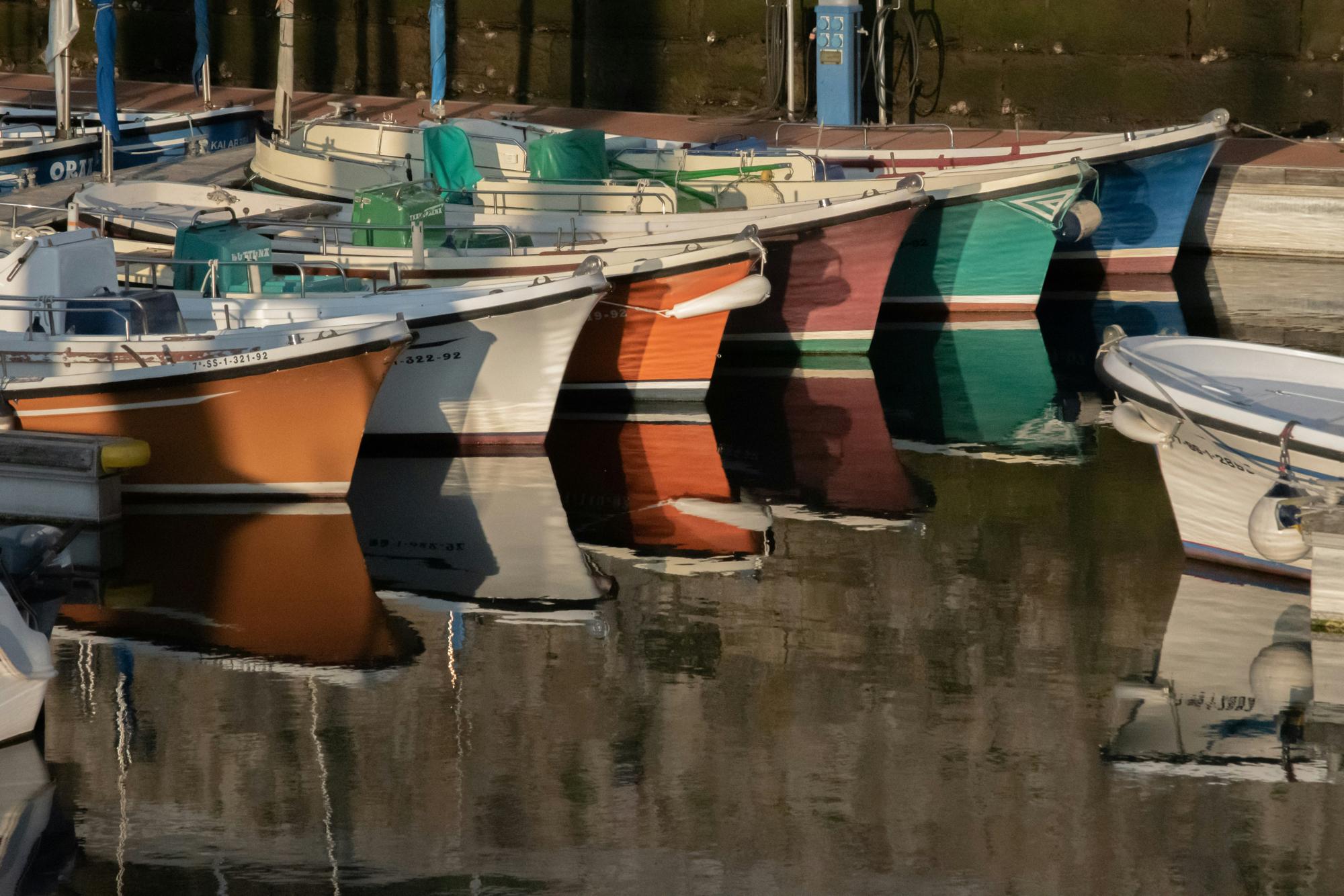
DONOSTIA

San Sebastián, or Donostia as the locals call it, is a charming coastal city in the Basque Autonomous Community of Spain, right by the beautiful Bay of Biscay and just 12 miles from the French border. It's famous for its gorgeous beaches, especially La Concha Beach, which is often celebrated as one of the most stunning city beaches in Europe. As you stroll along the lovely Paseo de la Concha, the beachfront promenade, you'll be treated to fantastic views of the surrounding hills, including Monte Urgull and Monte Igueldo.
San Sebastián has a fascinating history; it started as a fishing village and transformed into a popular resort town in the 19th century when the Spanish royal family chose it as their summer getaway. This drew in the European aristocracy and led to the creation of beautiful buildings throughout the city. The Basque culture here is truly unique, highlighted by the Basque language (Euskara), which stands apart from other Romance languages in the area. Throughout the year, San Sebastián is buzzing with cultural events and festivals, including the lively International Jazz Festival in July, Semana Grande in August, and the San Sebastián International Film Festival in September.
Food lovers will feel right at home in San Sebastián, often dubbed the foodie
capital of Spain! With a plethora of Michelin-starred restaurants, this city is famous for its pintxos—small, delightful bites typically served on bread, perfect for enjoying at the bustling bars in the Old Town (Parte Vieja). If you’re feeling adventurous, join a guided food tour to discover the local culinary delights and experience txikiteo, a fun tradition of hopping from bar to bar to sample different pintxos. Basque cuisine is all about fresh, seasonal ingredients, so don’t miss out on trying dishes like marmitako (a tasty tuna and potato stew) and txuleta (a mouthwatering Tbone steak). You should also explore the local wines, like Txakoli, and the delicious ciders available at traditional cider houses.
When planning your visit, keep in mind that the best time to come to San Sebastián really depends on what you’re looking for. The summer months (June to September) offer warm weather and are perfect for beach lovers, but be prepared for larger crowds and higher prices. If you’re more interested in savoring the culinary scene with fewer tourists around, consider visiting in spring or fall. Winter has lower prices and is great for surfers seeking bigger waves, though you might encounter some rain and cooler temperatures. No matter when you visit, San Sebastián is sure to enchant you!

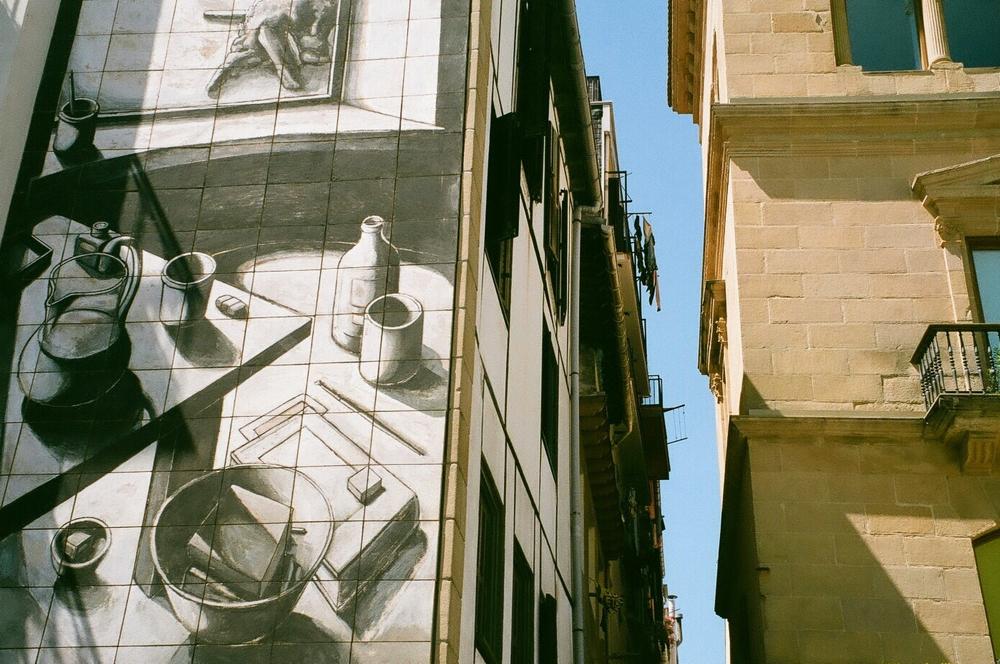
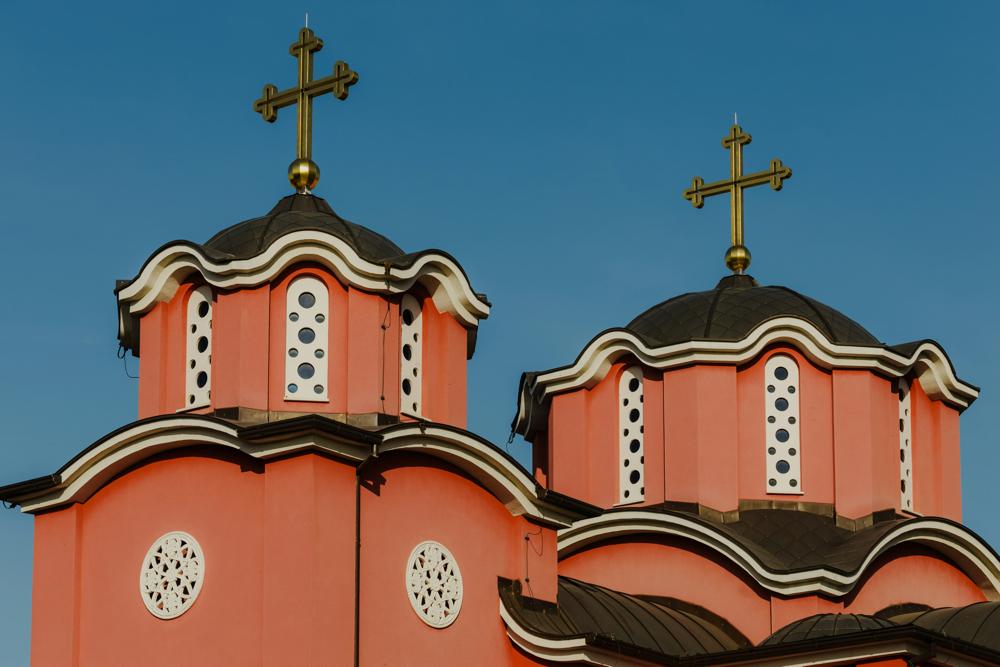
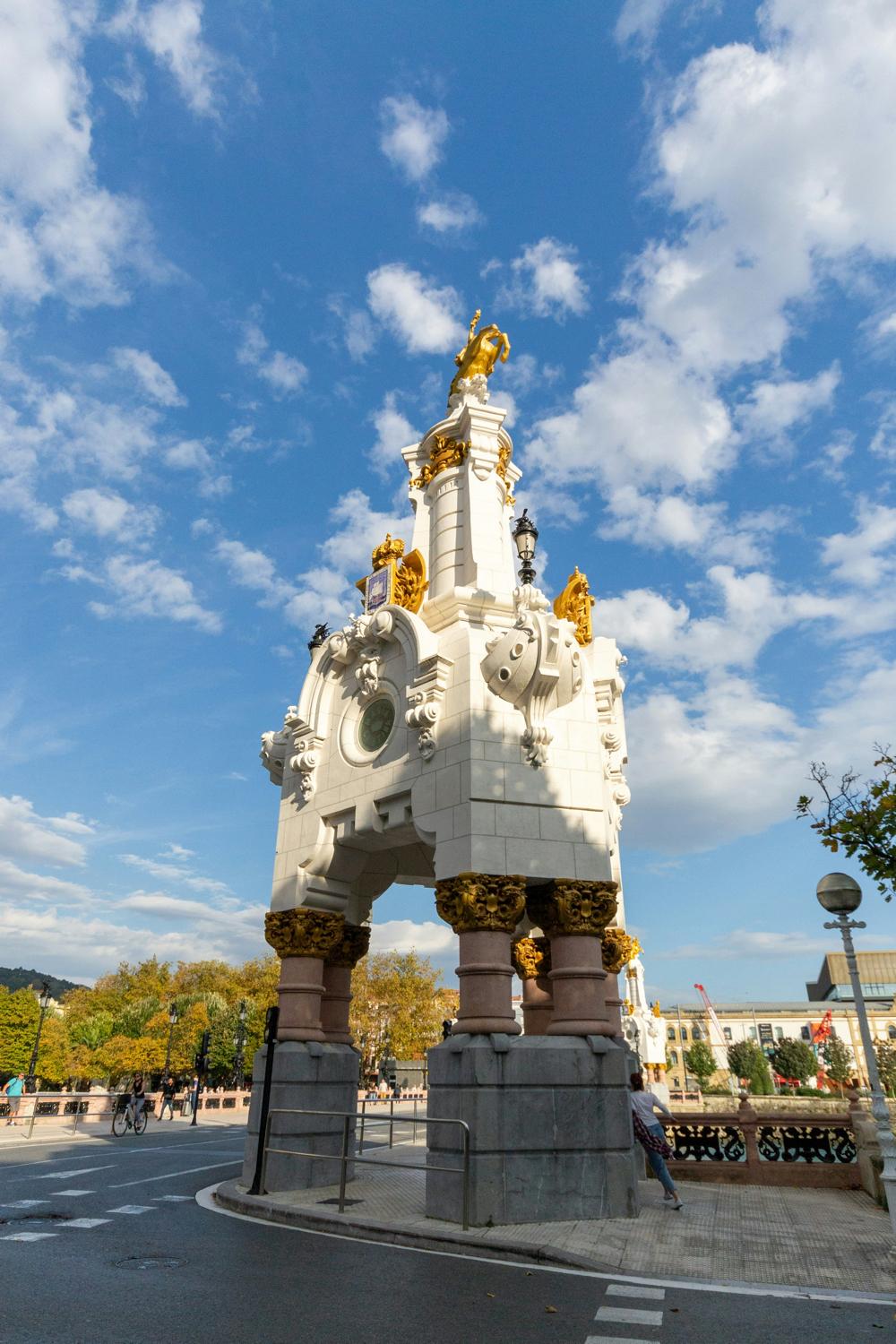
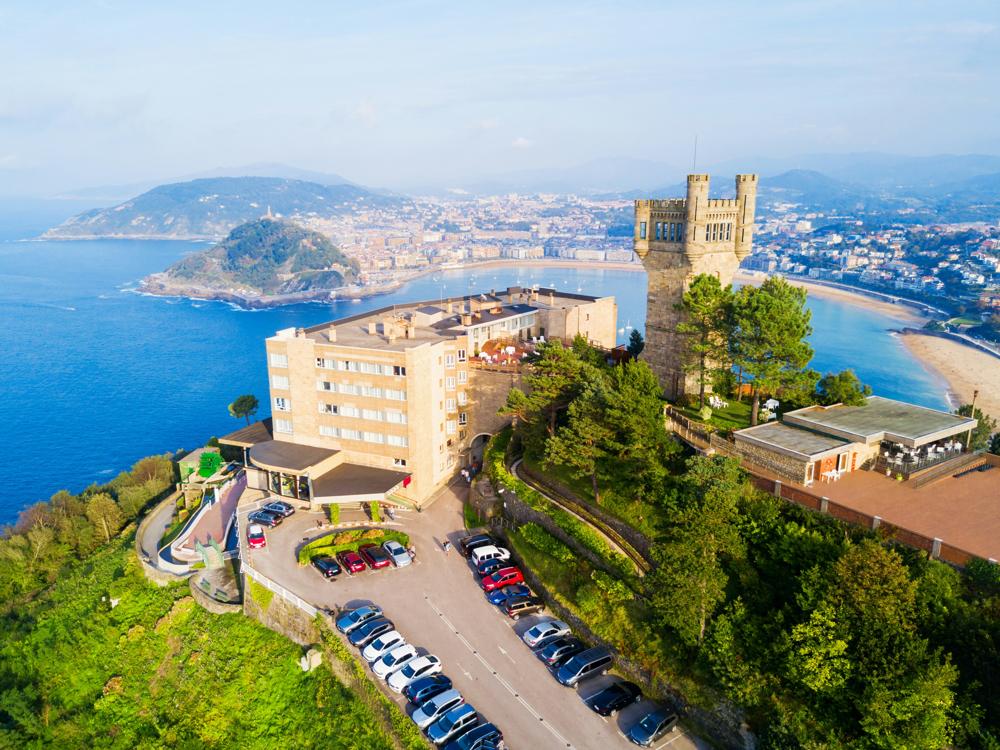
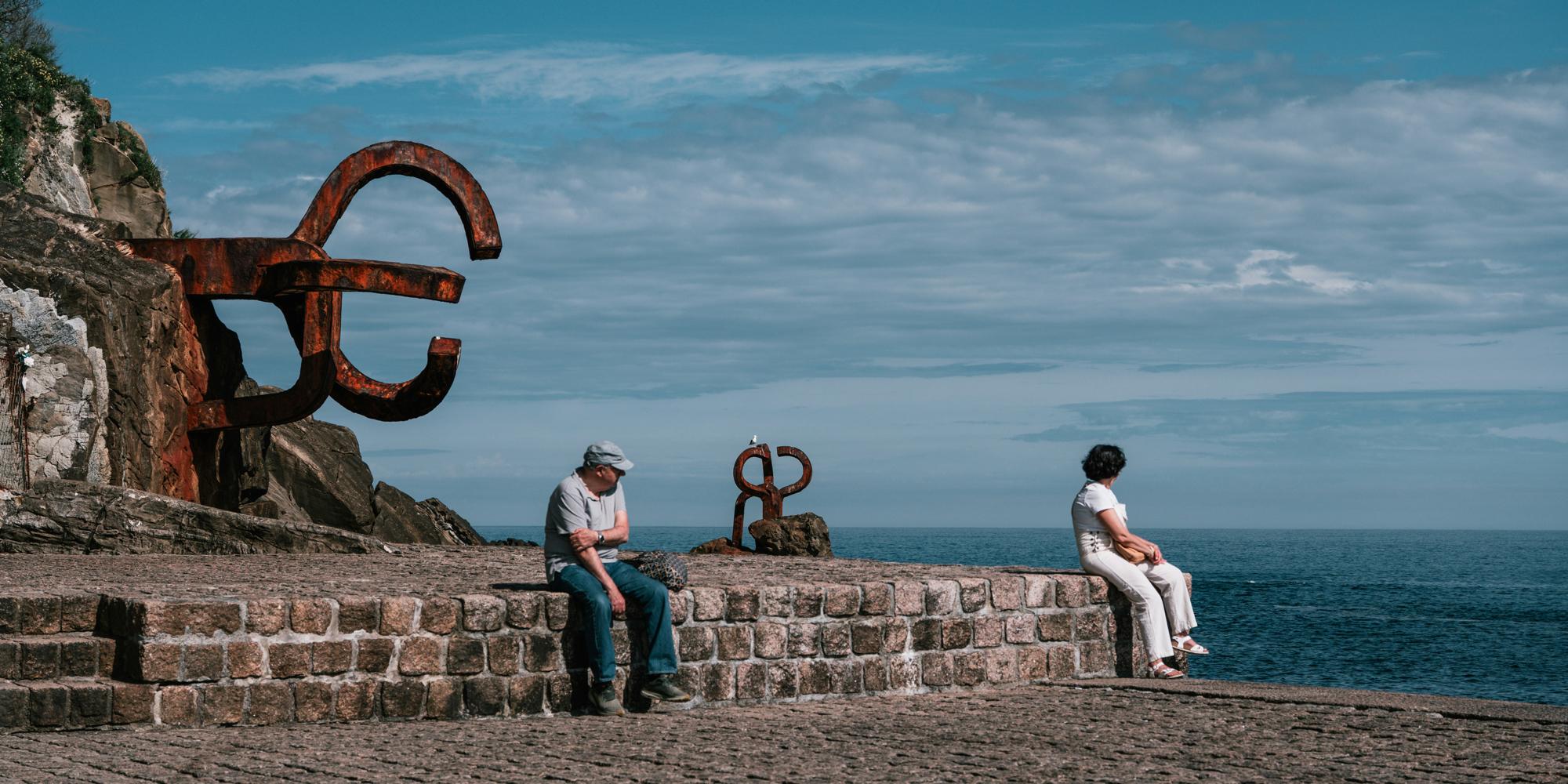

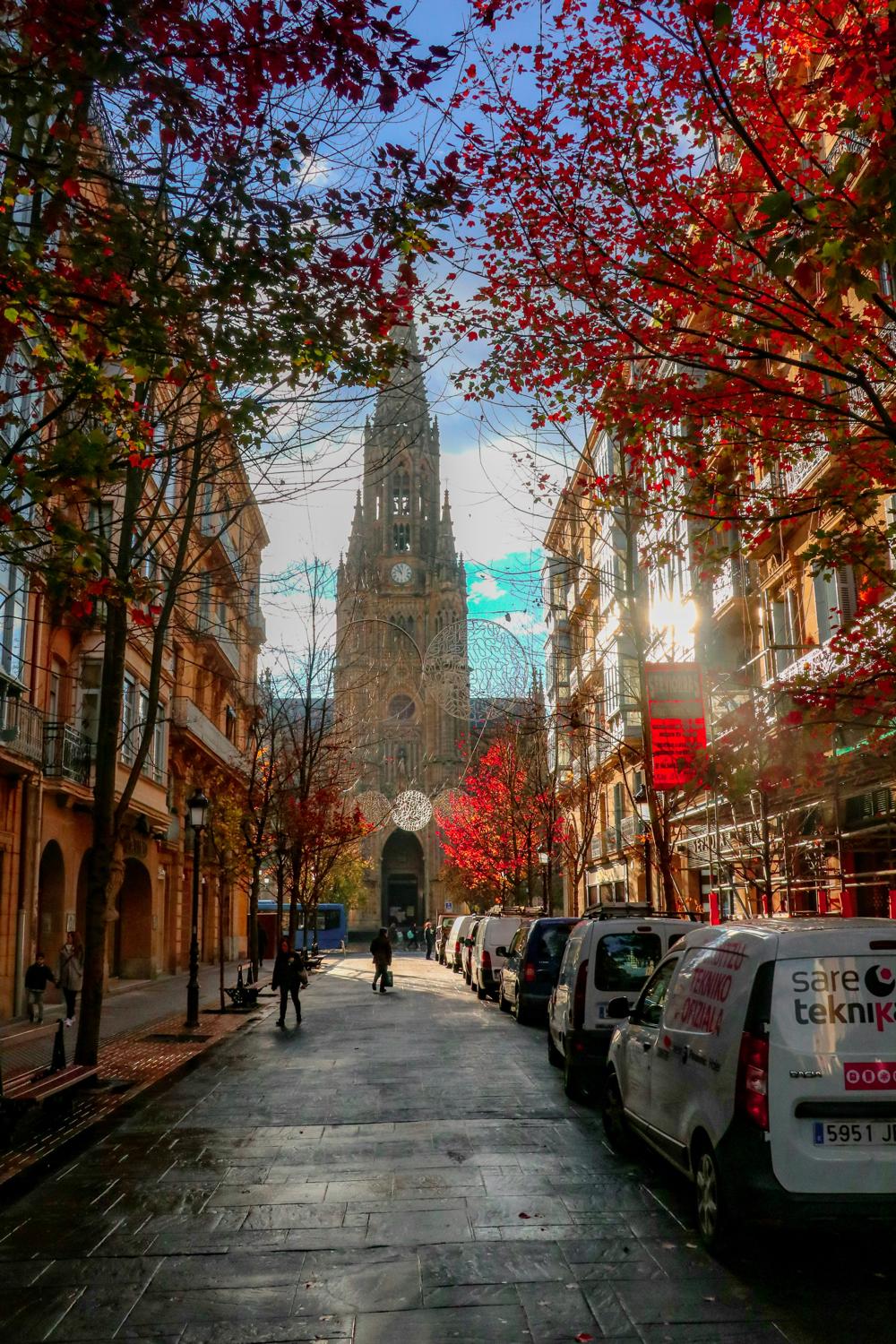
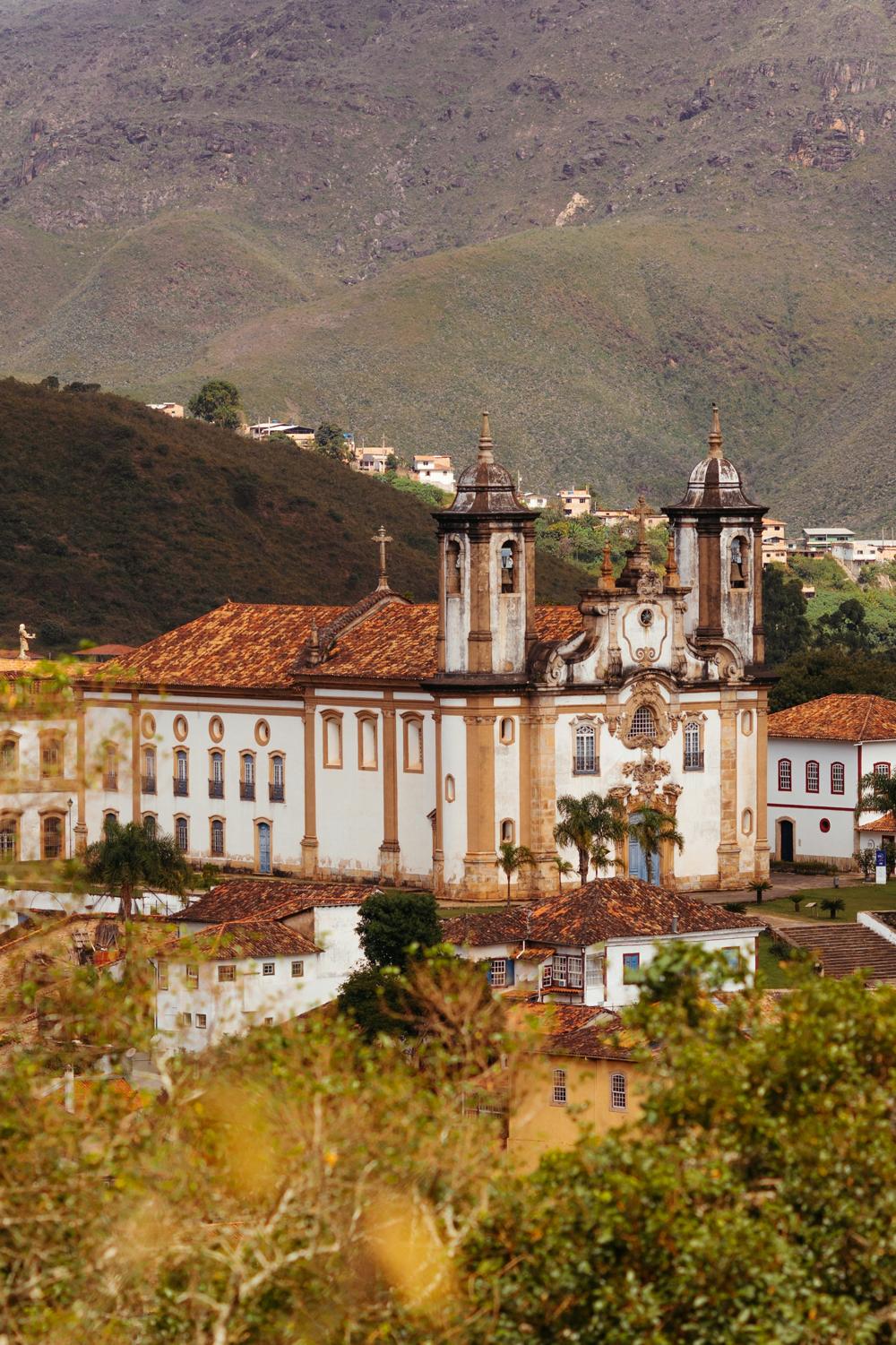
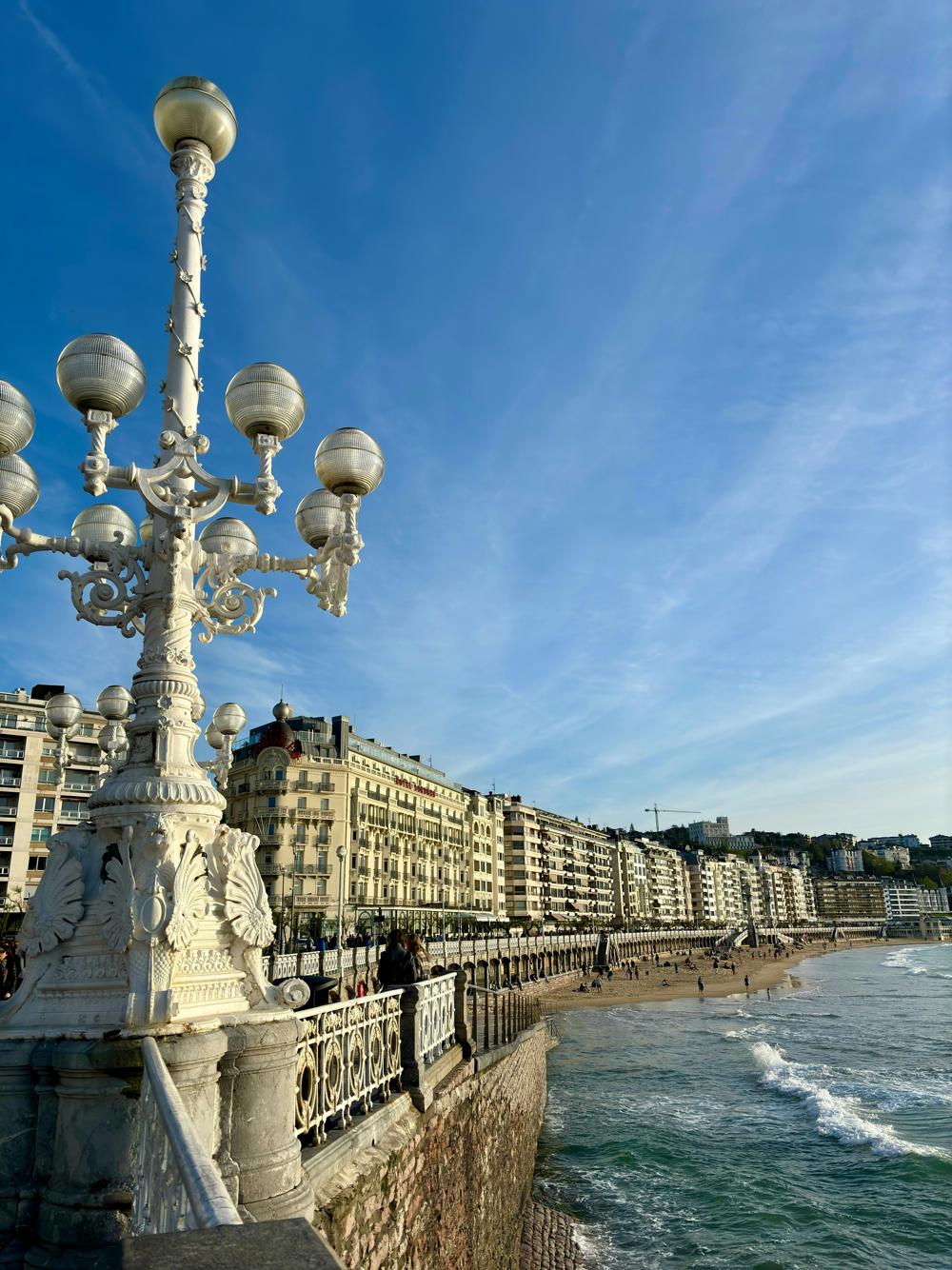
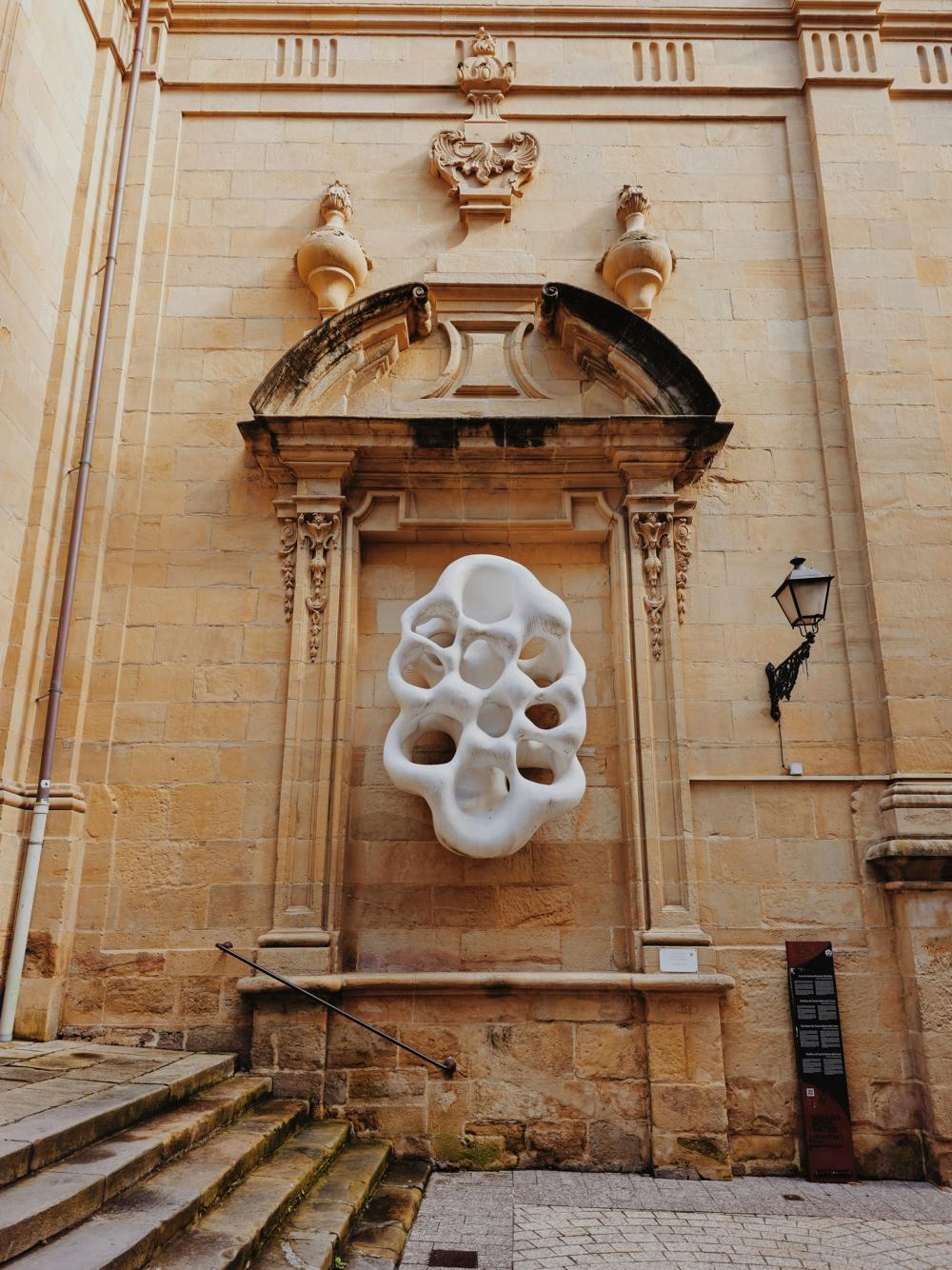
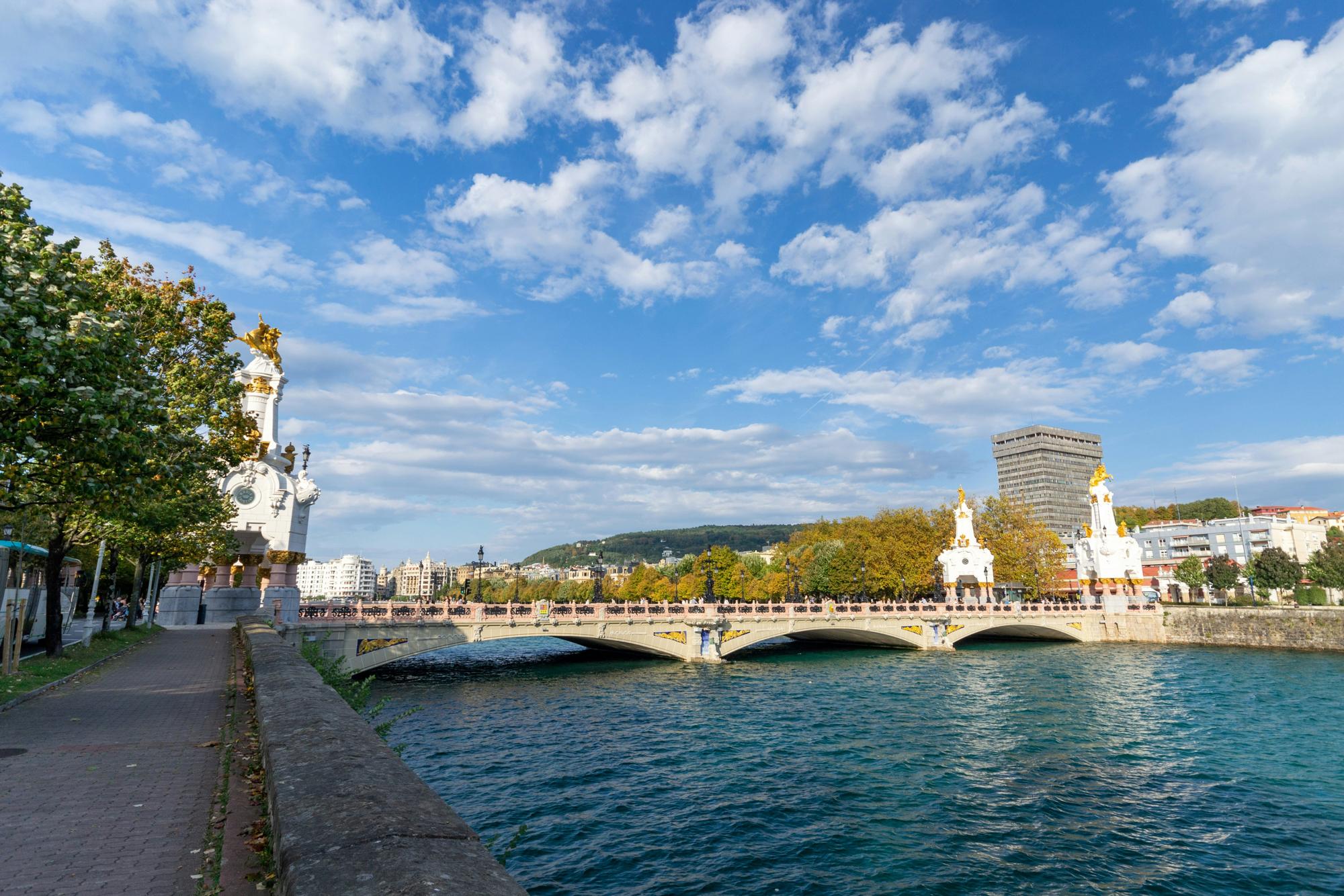

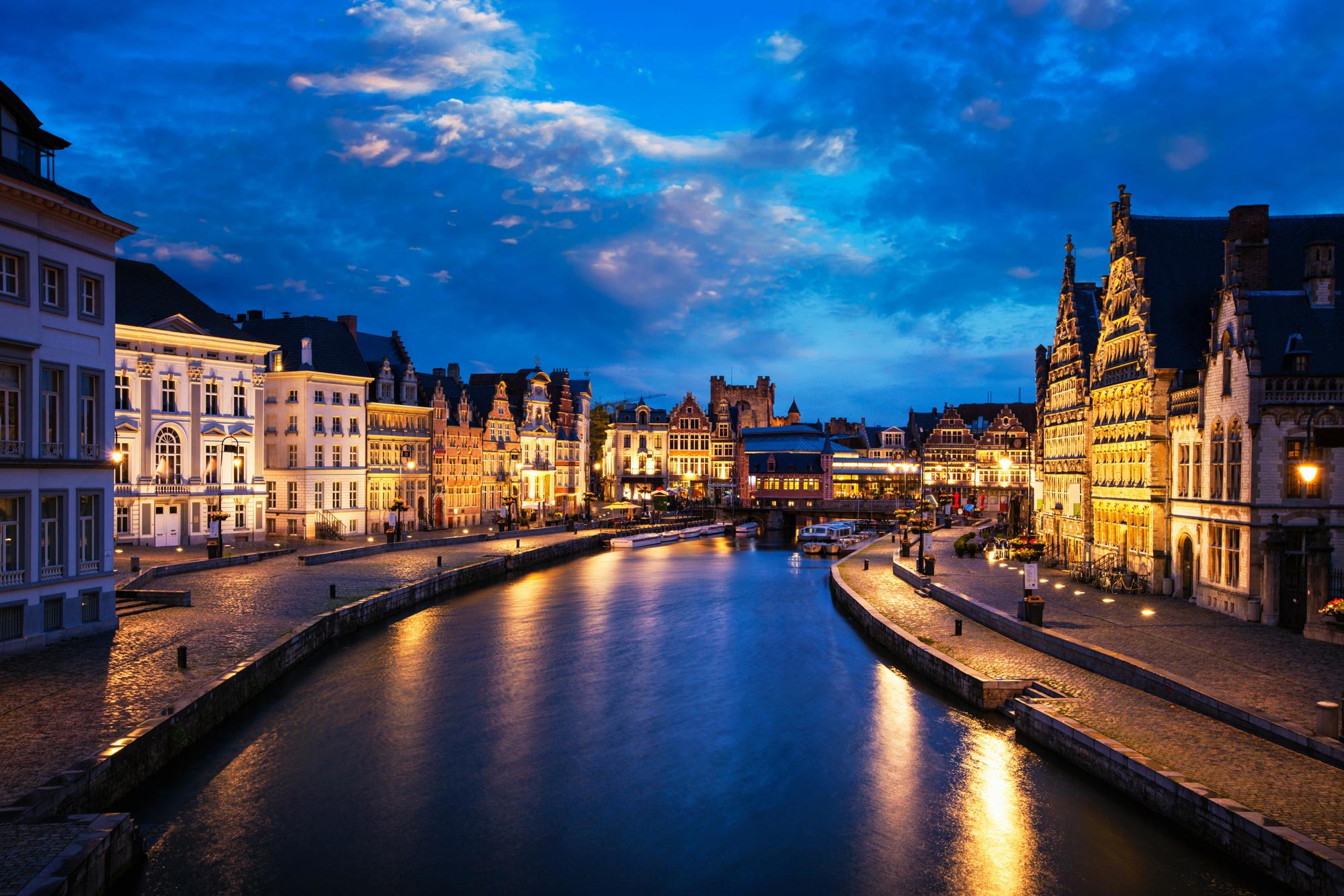
Bordeaux, France, is a charming and lively city that sits along the beautiful Garonne River. Often called "the wine capital of the world," it's a fantastic place to visit for anyone who loves great wine, fascinating history, and a rich culture. Bordeaux perfectly mixes old-world charm with modern conveniences, making it a delightful destination for all kinds of travelers. You'll find over 350 historic monuments here, each telling a piece of the city’s story. Be sure to check out the UNESCO-listed Port of the Moon and explore the quaint neighborhoods filled with beautifully restored 18th-century buildings. Don’t miss stunning spots like the Place de la Bourse, Porte Cailhau, and Saint-André Cathedral. As you wander through the historic center, you’ll enjoy the sights along Rue Sainte-Catherine, one of Europe’s longest pedestrian streets, and the grand Place des Quinconces, which is France's largest public square.


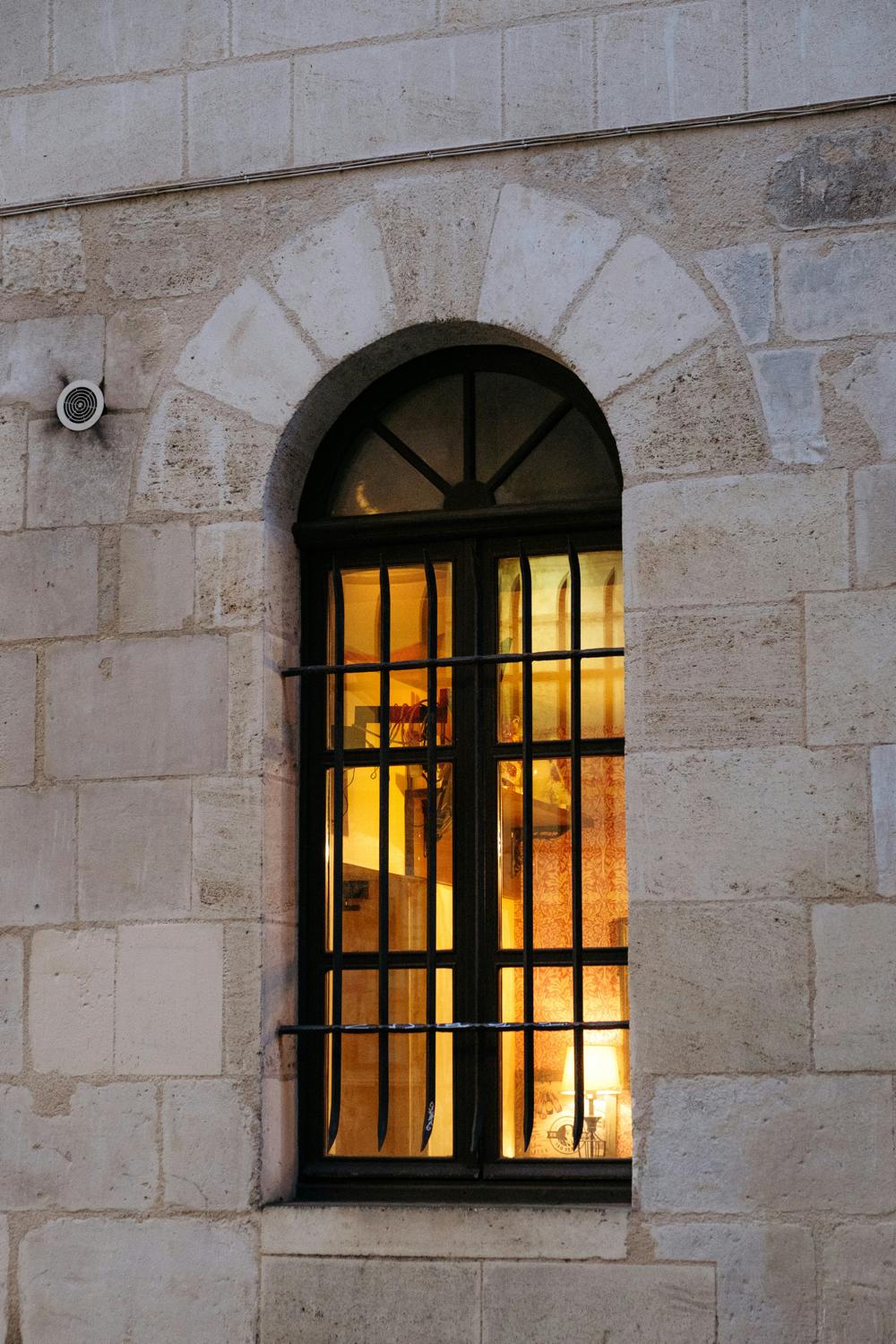
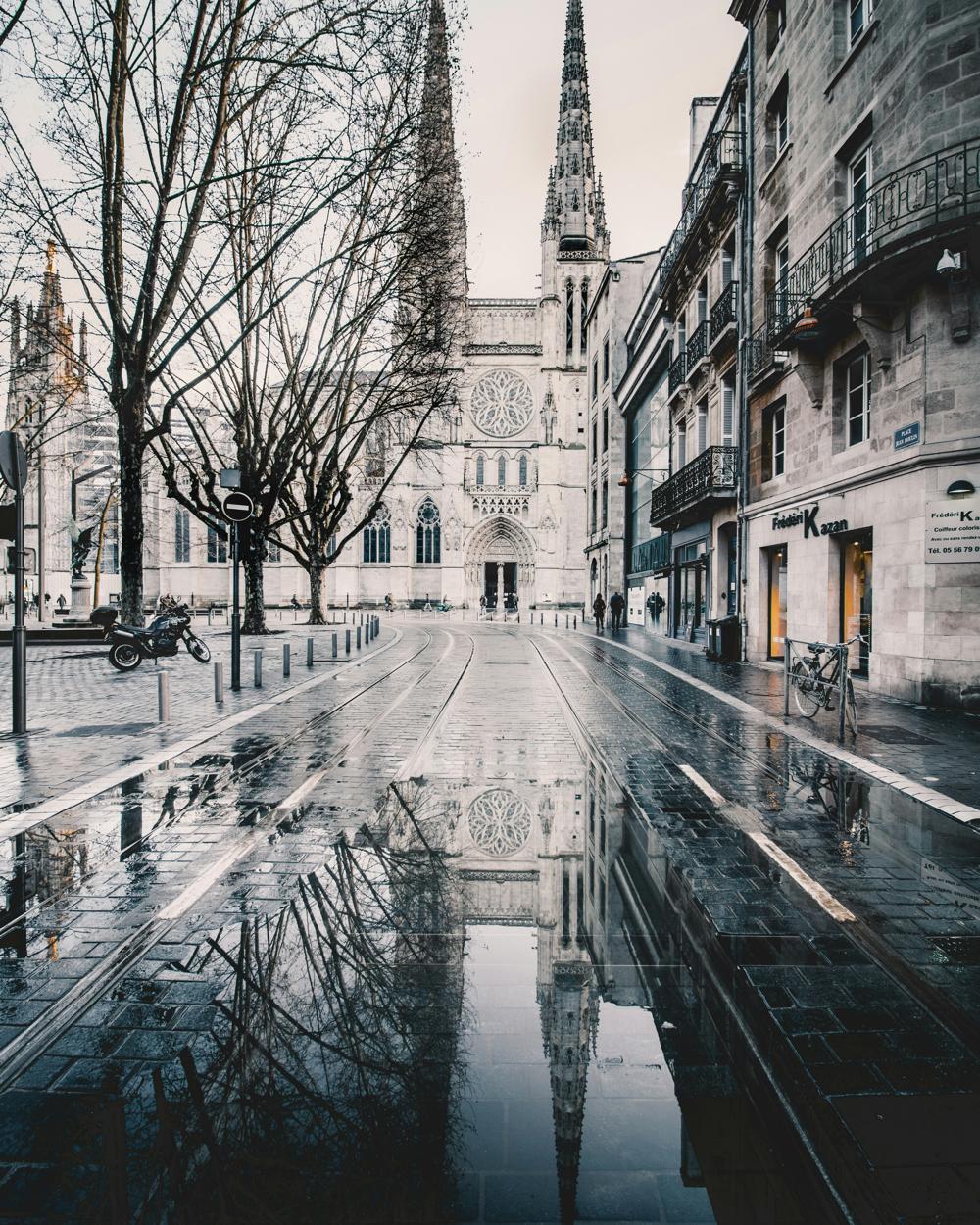
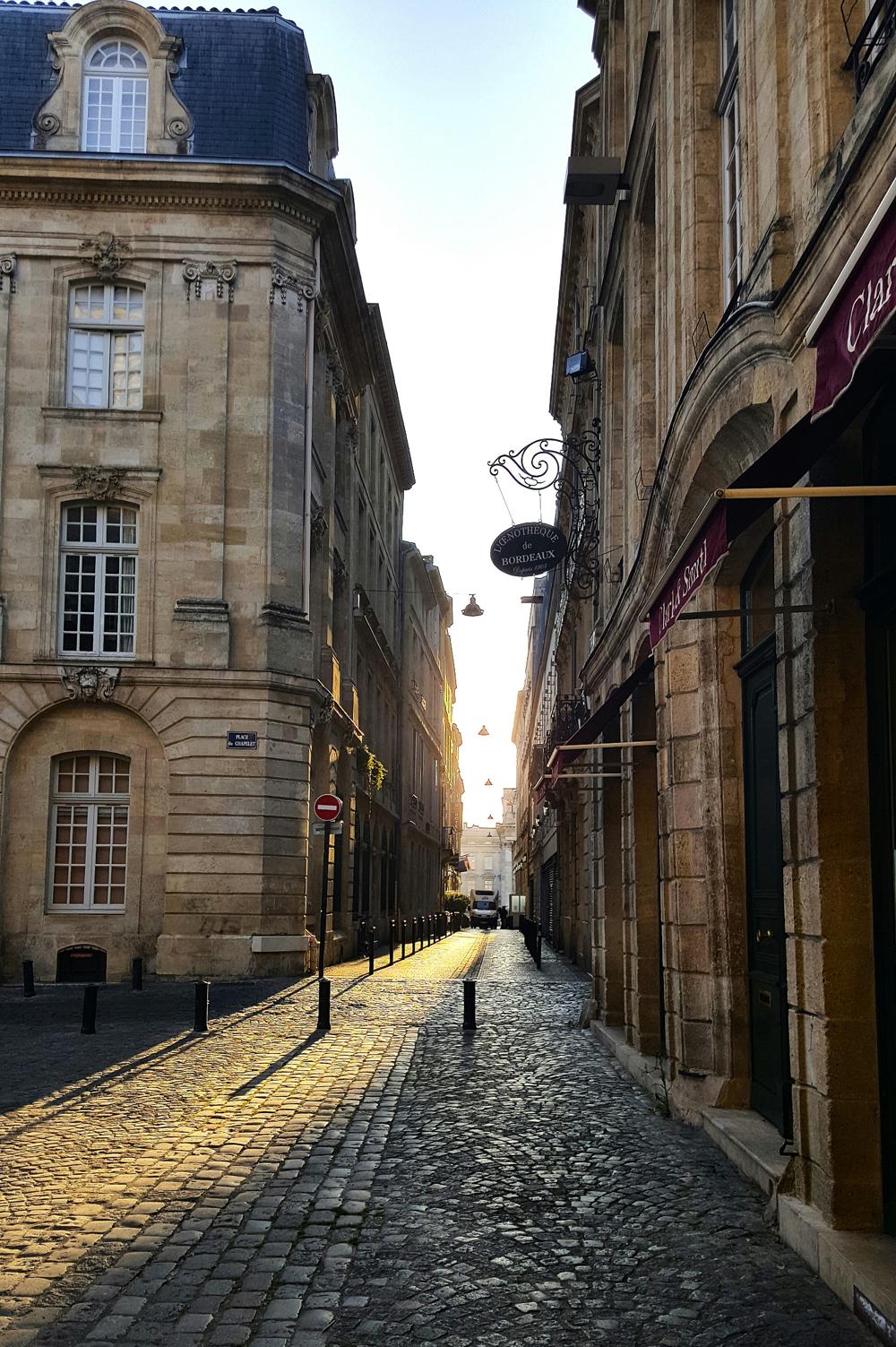
For wine lovers, Bordeaux is a treasure trove. Visit some of the incredible vineyards and châteaux nearby, like those in Saint-Émilion and Médoc. Many of these estates offer fun guided tours and barrel tastings, where you can learn all about the winemaking process while sipping on some truly exceptional wines. If you’re up for it, explore the high-tech wine museum, which offers an interactive journey through the history and culture of wine, complete with tasting opportunities. Local wine bars are also fantastic spots to sample a variety of wines. And if you can, plan your trip to coincide with the Bordeaux Wine Festival (Bordeaux Fête le Vin), which happens every two years in June!
But Bordeaux isn’t just about wine; it’s also a food lover’s paradise! You’ll be tempted by a wonderful mix of French and international cuisines. Don’t forget to try local delights like Pauillac lamb and fresh Arcachon oysters at the bustling Marché des Capucins. And of course, you have to taste the iconic canelés—those delightful little pastries with a caramelized crust and a soft, custardy inside! The city is filled with inviting cafes and restaurants, ranging from historic brasseries to chic modern eateries.
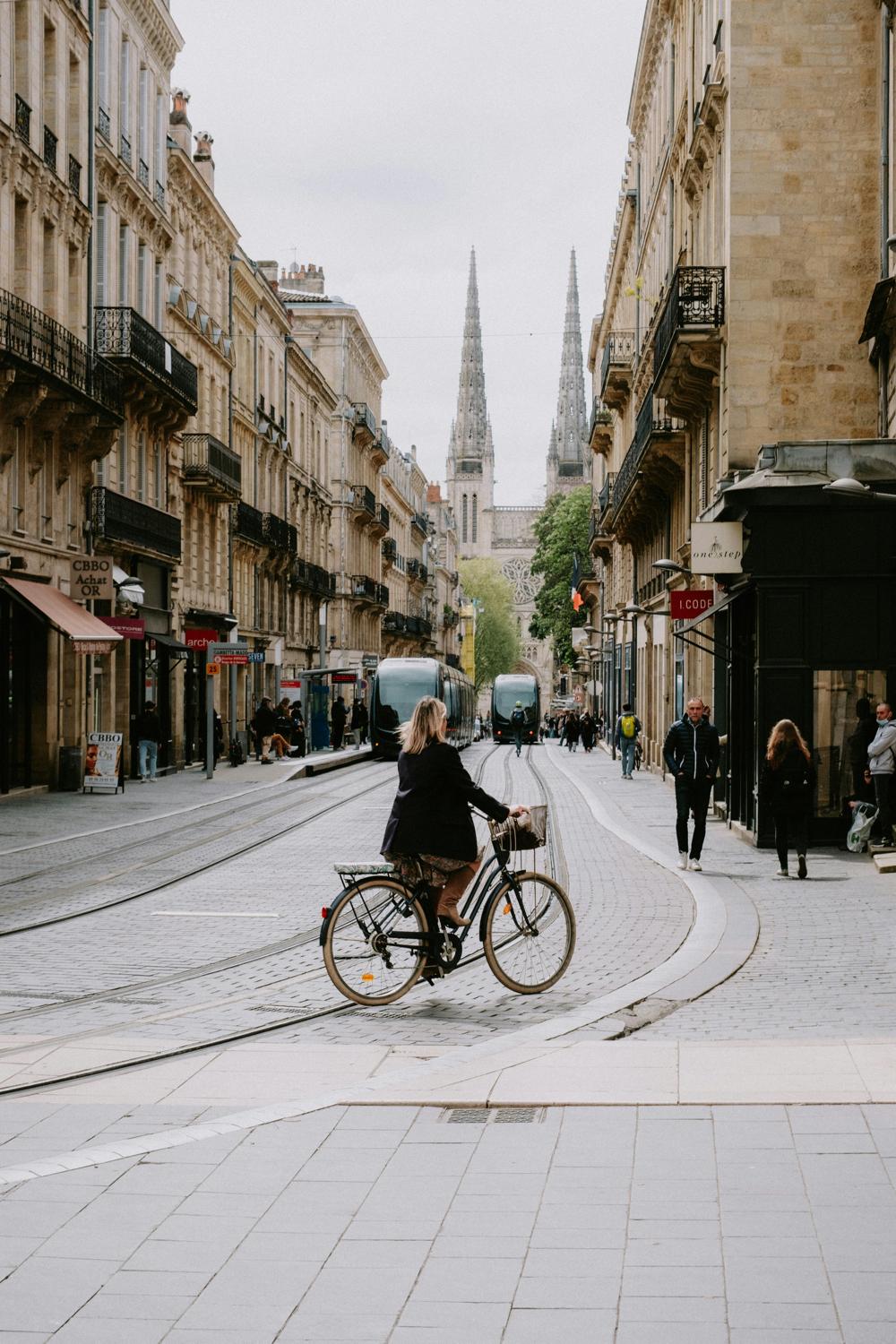
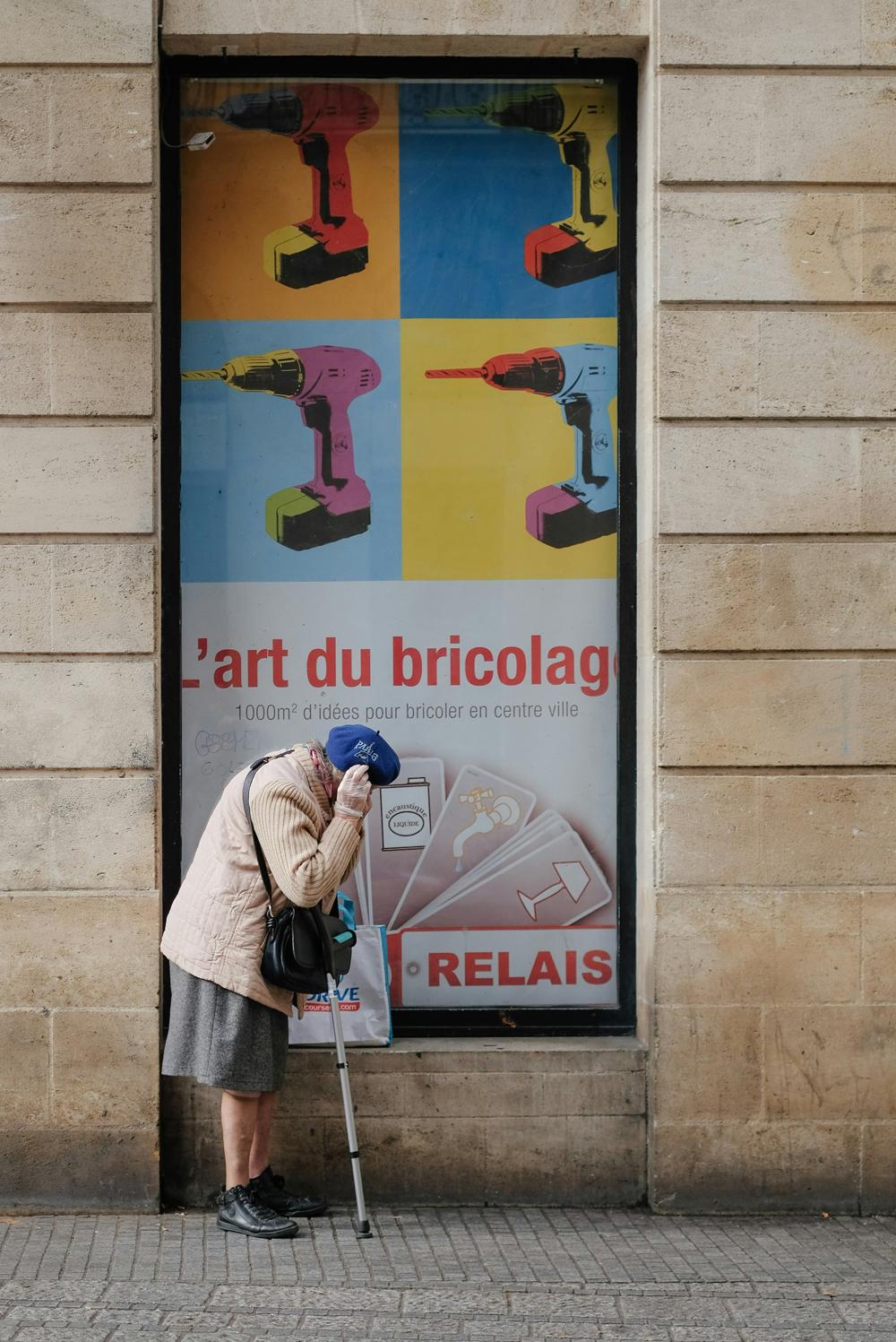
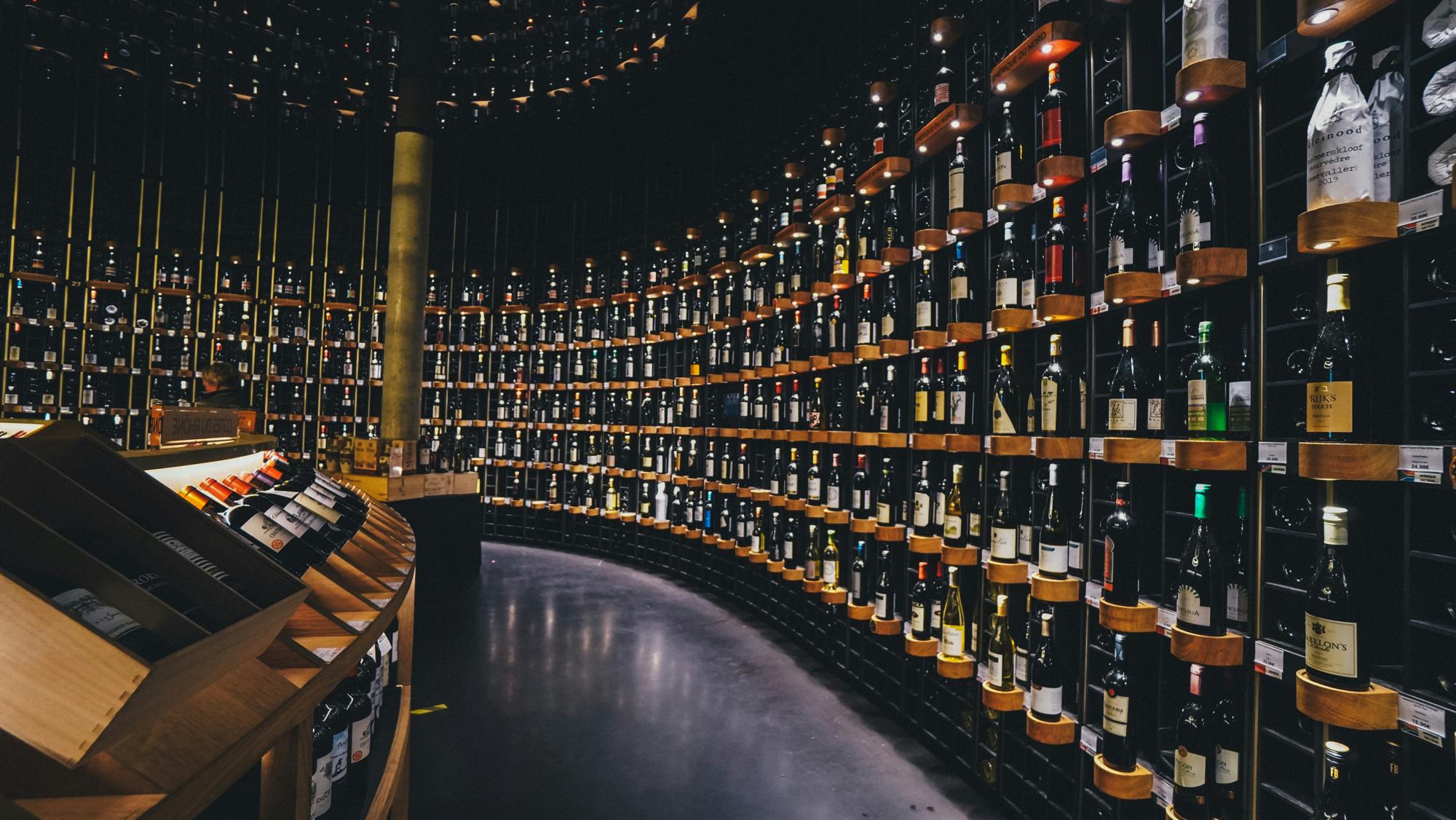
The best times to visit are in spring (March to May) and fall (September to October) when the weather is mild, the crowds are smaller, and the vineyards look absolutely stunning. Summer (June to August) is festive and warm, though it can get a bit crowded. Winter (November to February) has its own cozy charm, with holiday festivities that bring a lovely atmosphere to the châteaux and restaurants.
So, whether you're savoring a glass of wine, exploring historic sites, or enjoying delicious food, Bordeaux is sure to leave you with wonderful memories!



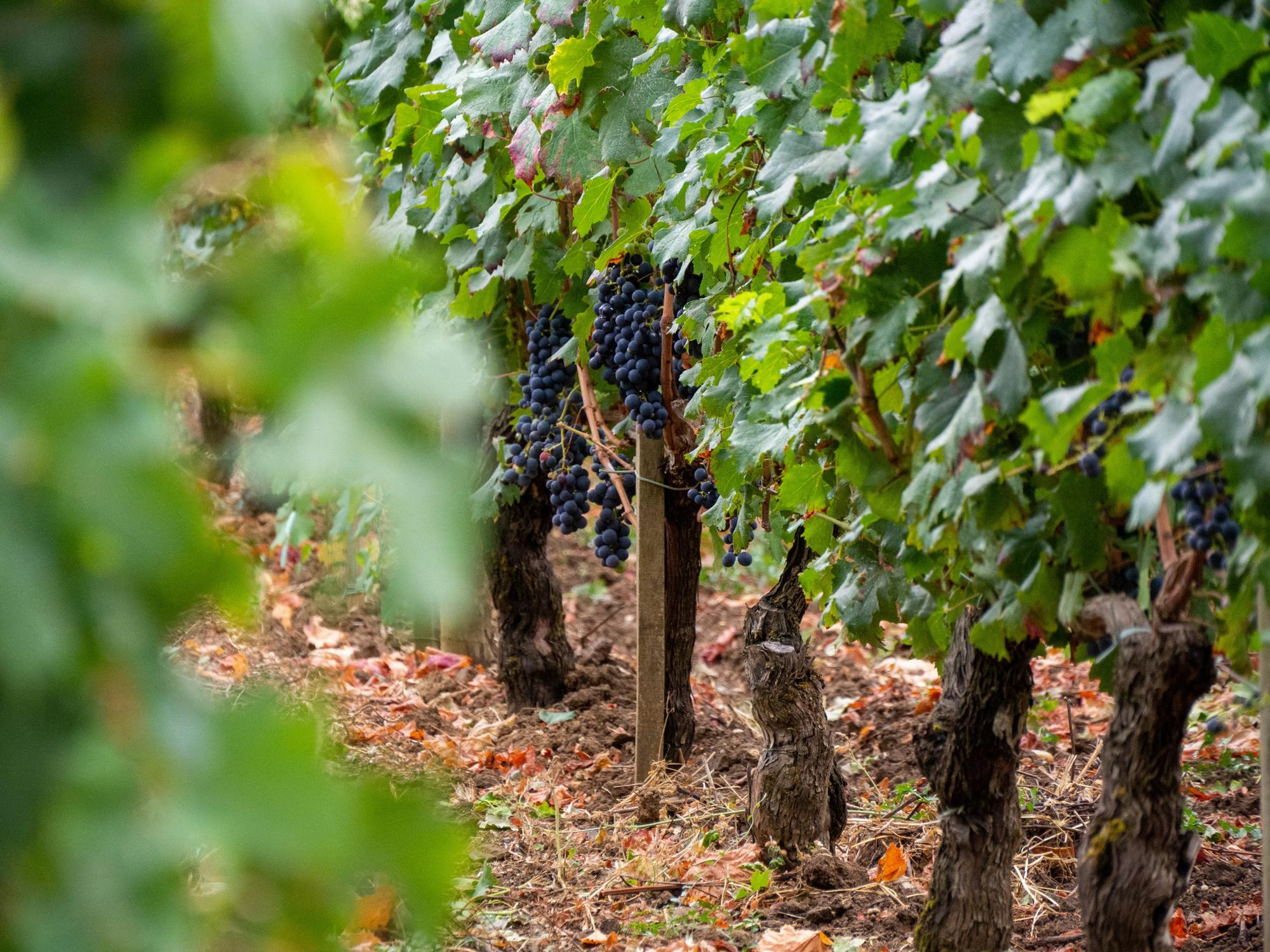



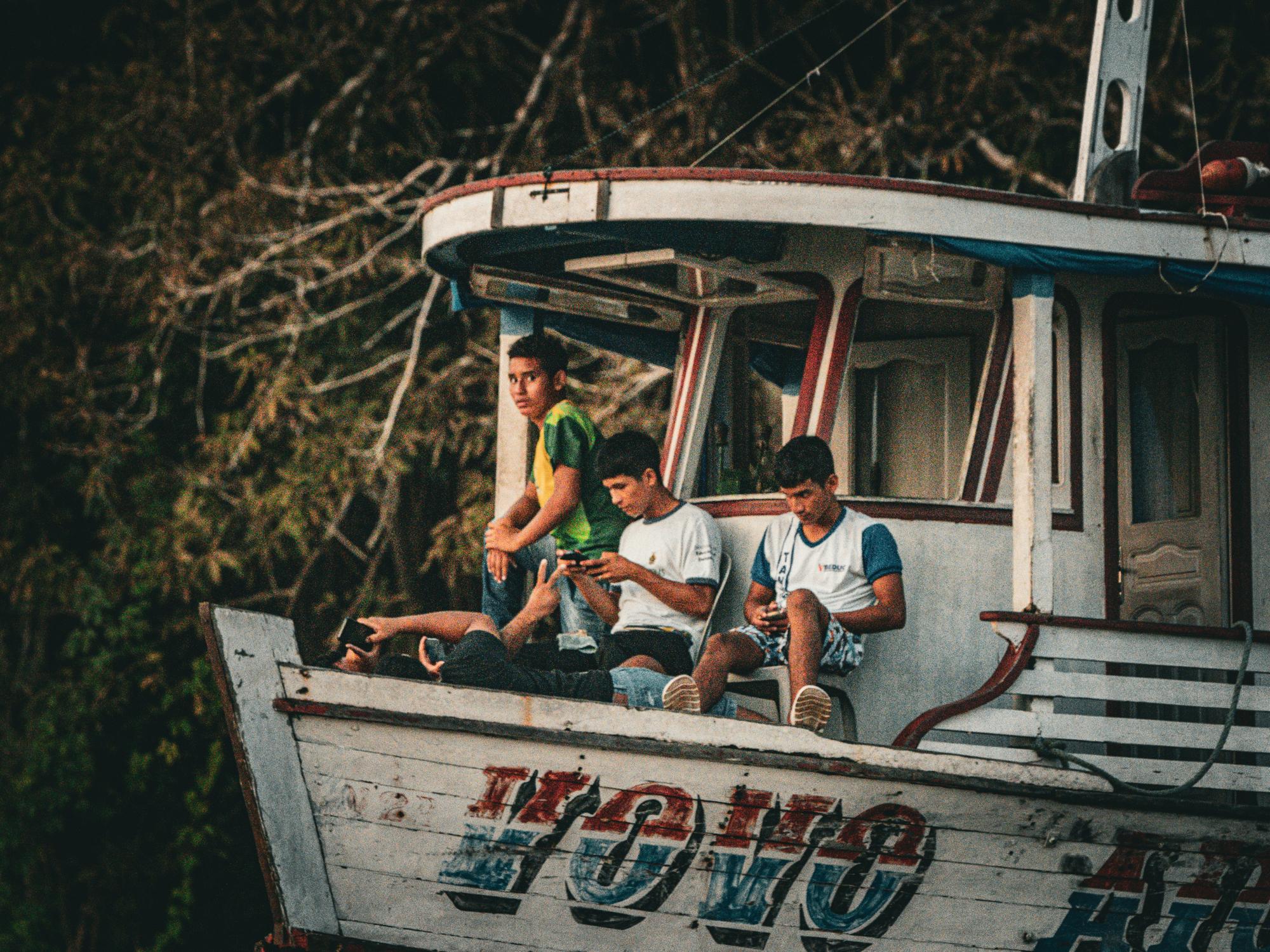

The Amazon River is an incredible destination that promises an unforgettable travel experience, filled with stunning biodiversity and breathtaking landscapes. Whether you're taking a relaxing river cruise, staying in cozy jungle lodges, or heading out on exciting wildlife spotting excursions, there's something for everyone in this vibrant region.
More than just a waterway, the Amazon is a portal to discover a world bursting with unique plants, fascinating animals, and rich indigenous cultures. With a staggering variety of species—from playful monkeys and majestic jaguars to adorable pink river dolphins and colorful birds—the Amazon is truly a nature lover's paradise. You can explore the river in many fun ways, like boat rides, canoeing, or even paddle-boarding! Each option offers fantastic chances for wildlife viewing, fishing, or simply soaking in the vast beauty around you. Imagine spotting sloths hanging out in the trees or catching a glimpse of caimans lurking in the water. With knowledgeable guides to help you find and appreciate the incredible wildlife, your adventure will be both exciting and educational. Don't miss the chance to connect with local indigenous communities and learn about their traditions, culture, and way of life in the Amazon.
The region has distinct wet and dry seasons, so keep that in mind when planning your visit! The dry season from June to November is great for exploring on foot, while the wet season makes the river rise and brings you closer to the lush forest canopy.
Whether you choose to visit Brazil, Peru, or Ecuador, each country offers its own unique flavor of the Amazon experience. Brazil is known for the sheer size of the river, while Peru provides a more budget-friendly and quicker adventure. Ecuador stands out for its amazing biodiversity and rich cultural experiences. Whatever you choose, the Amazon promises an unforgettable adventure!
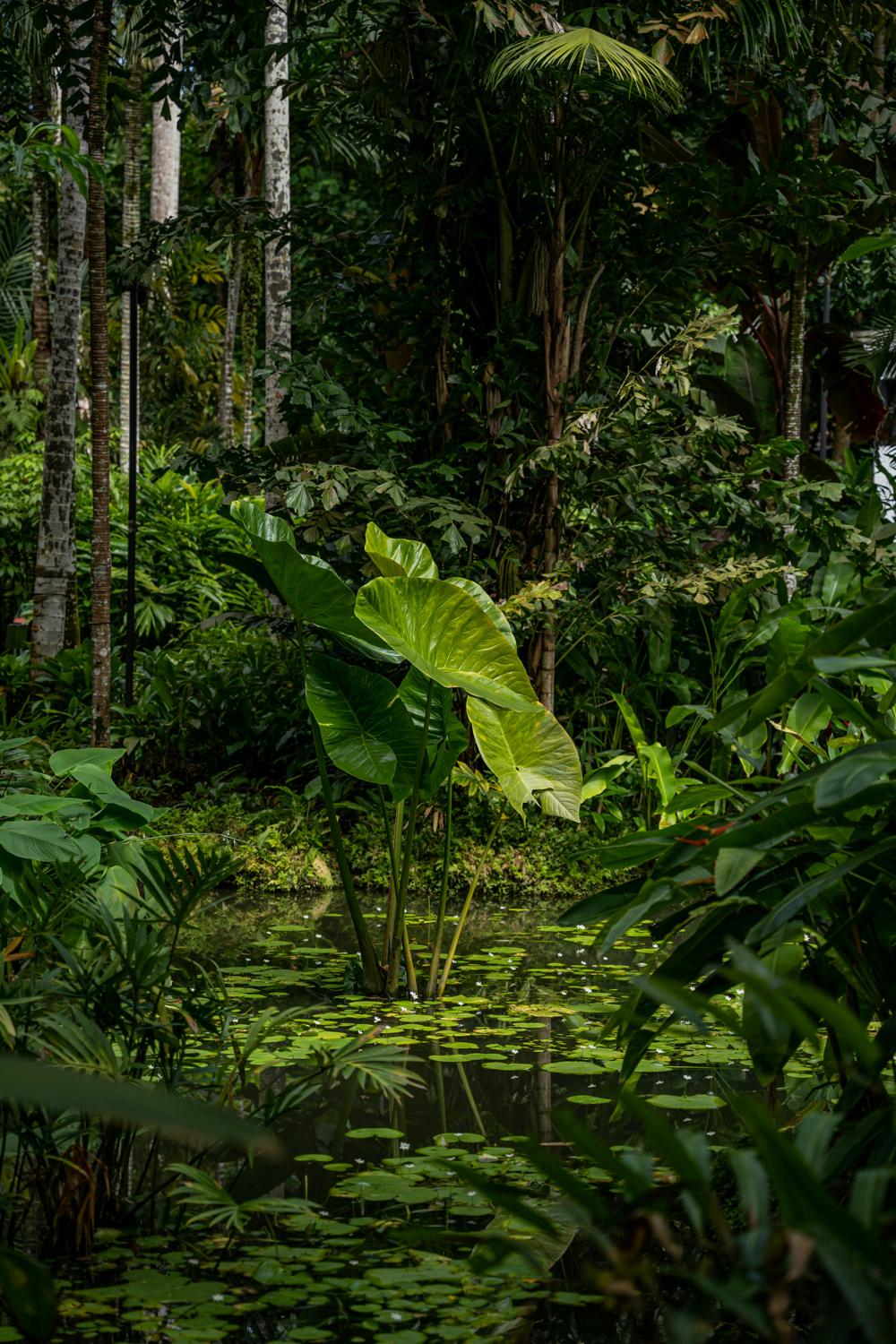
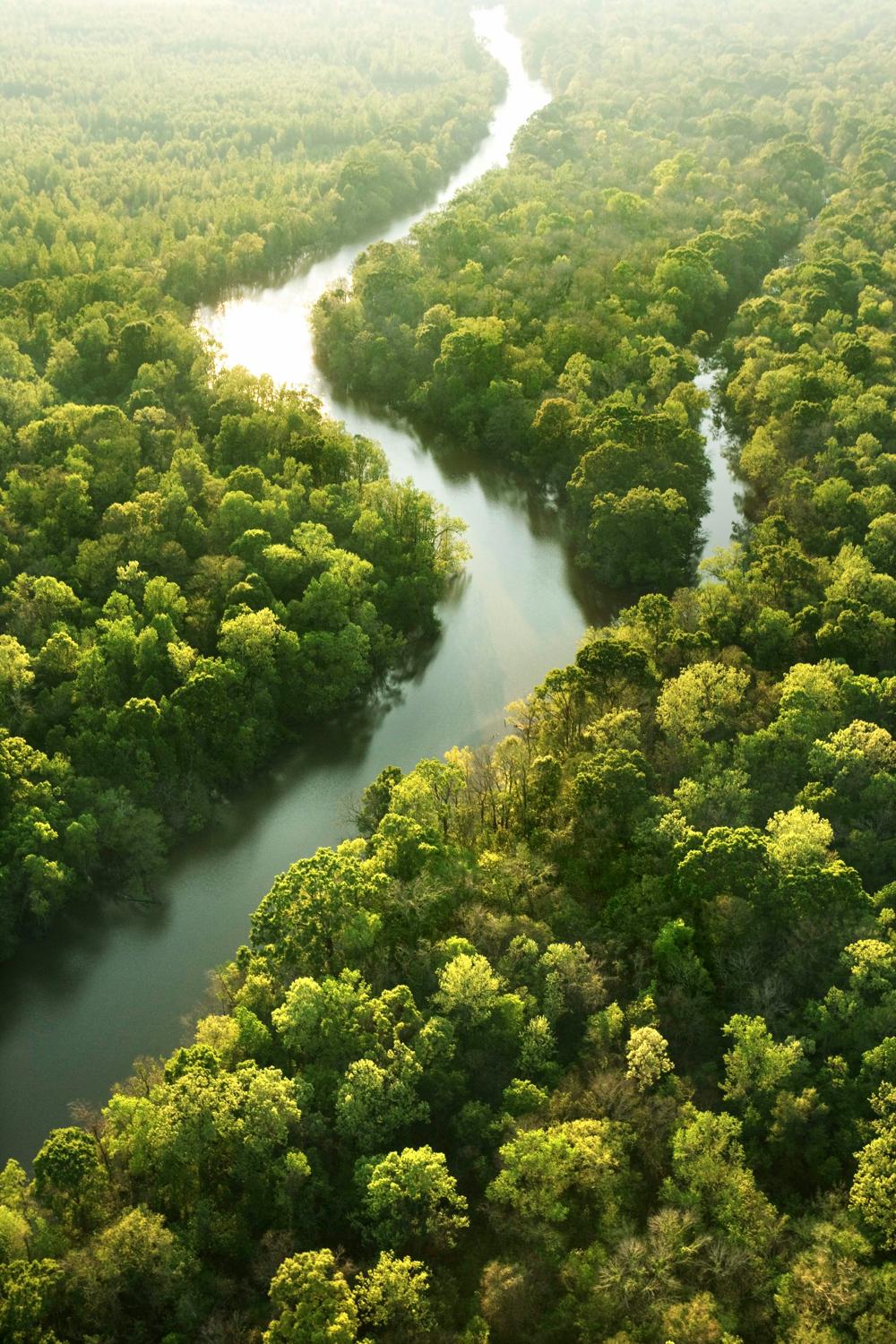
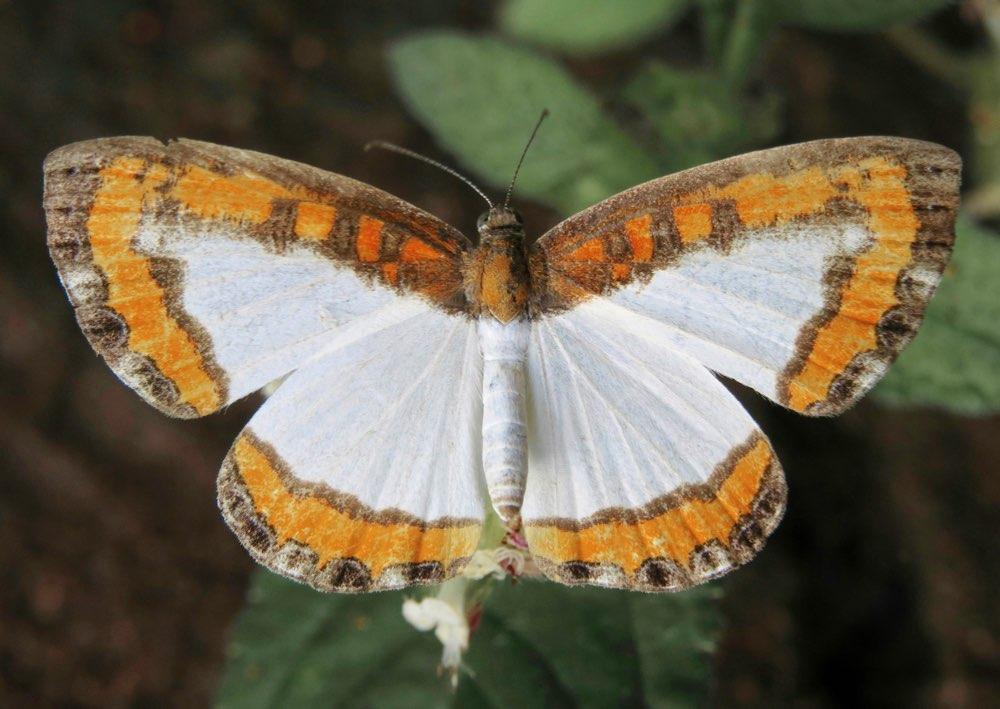
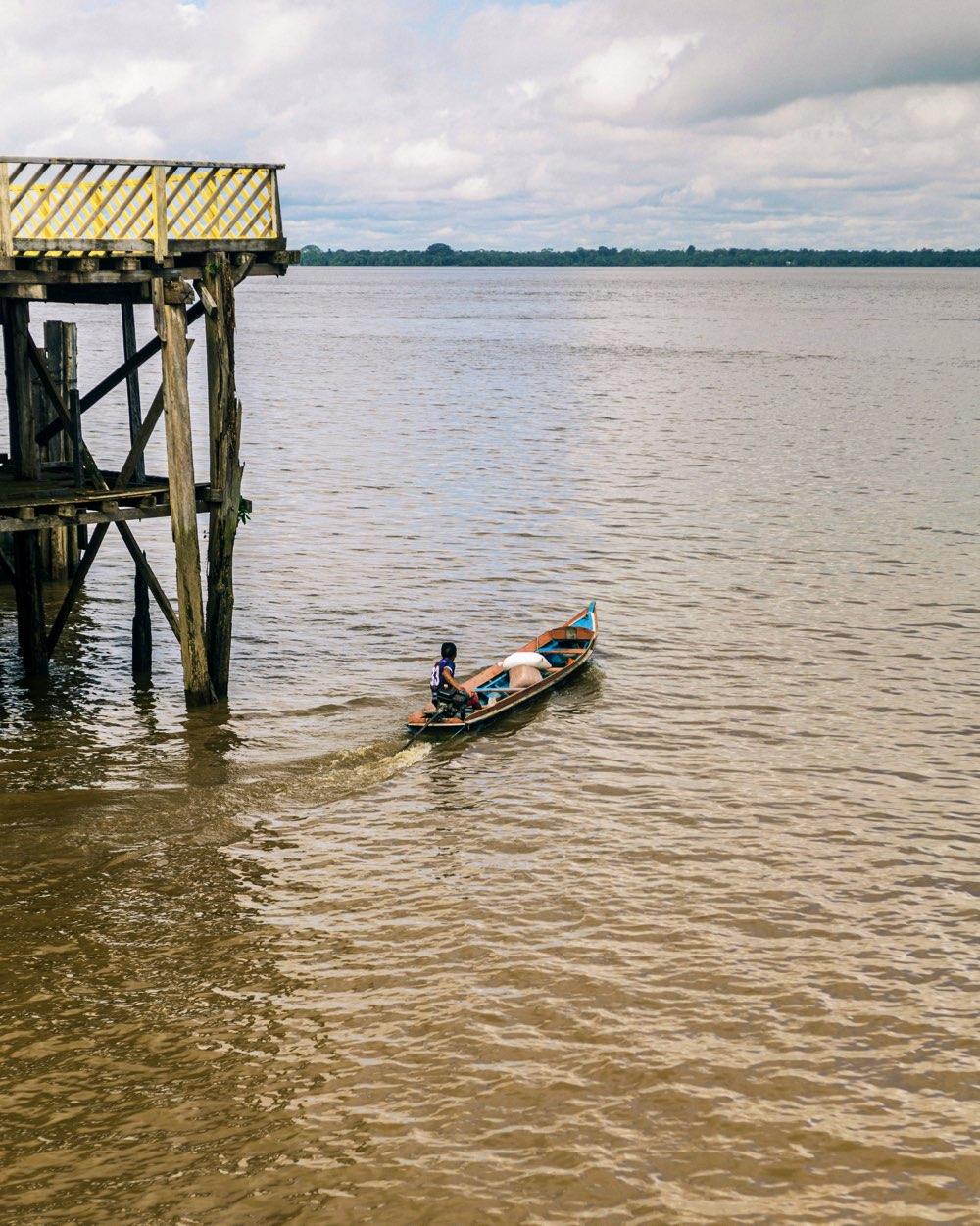
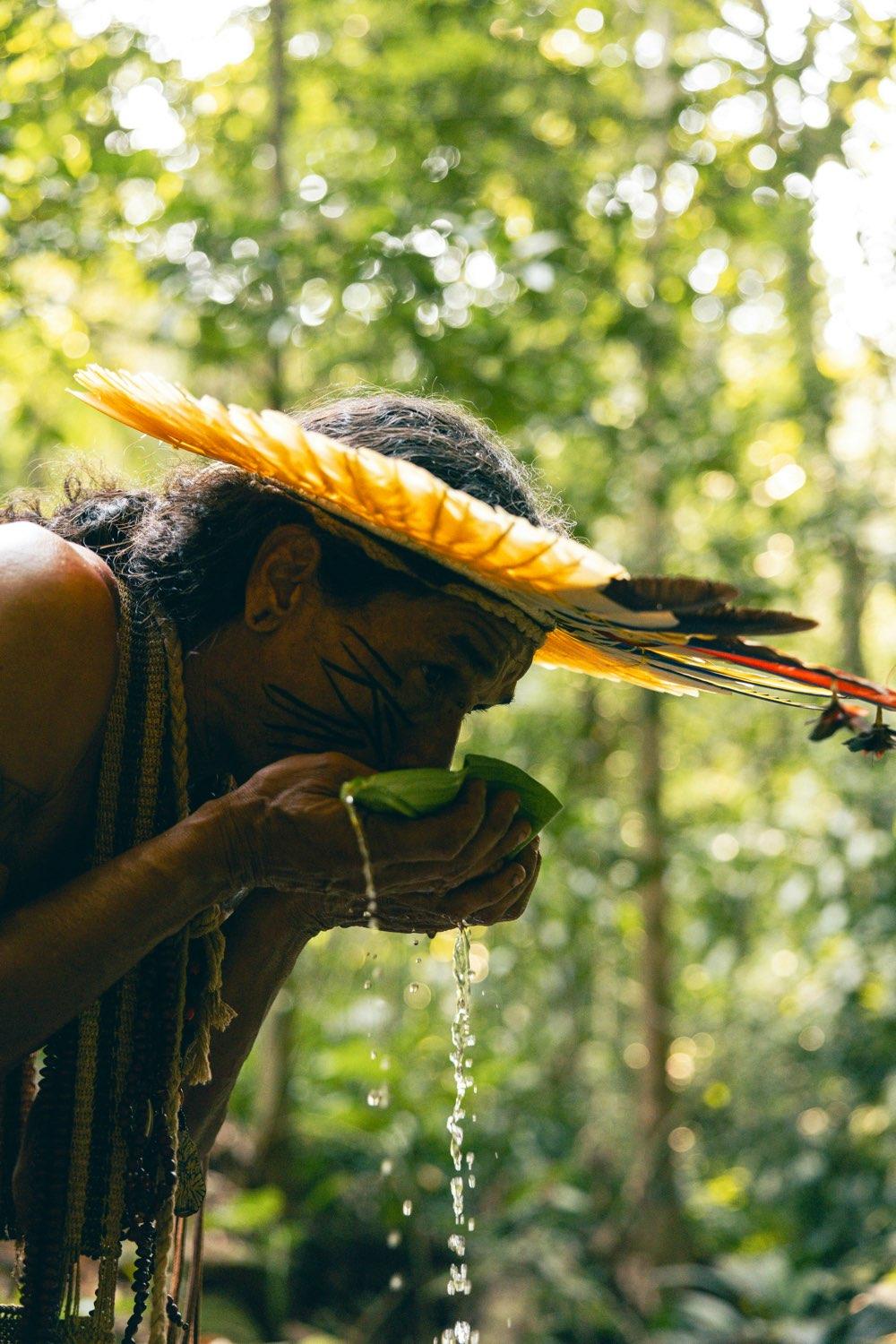

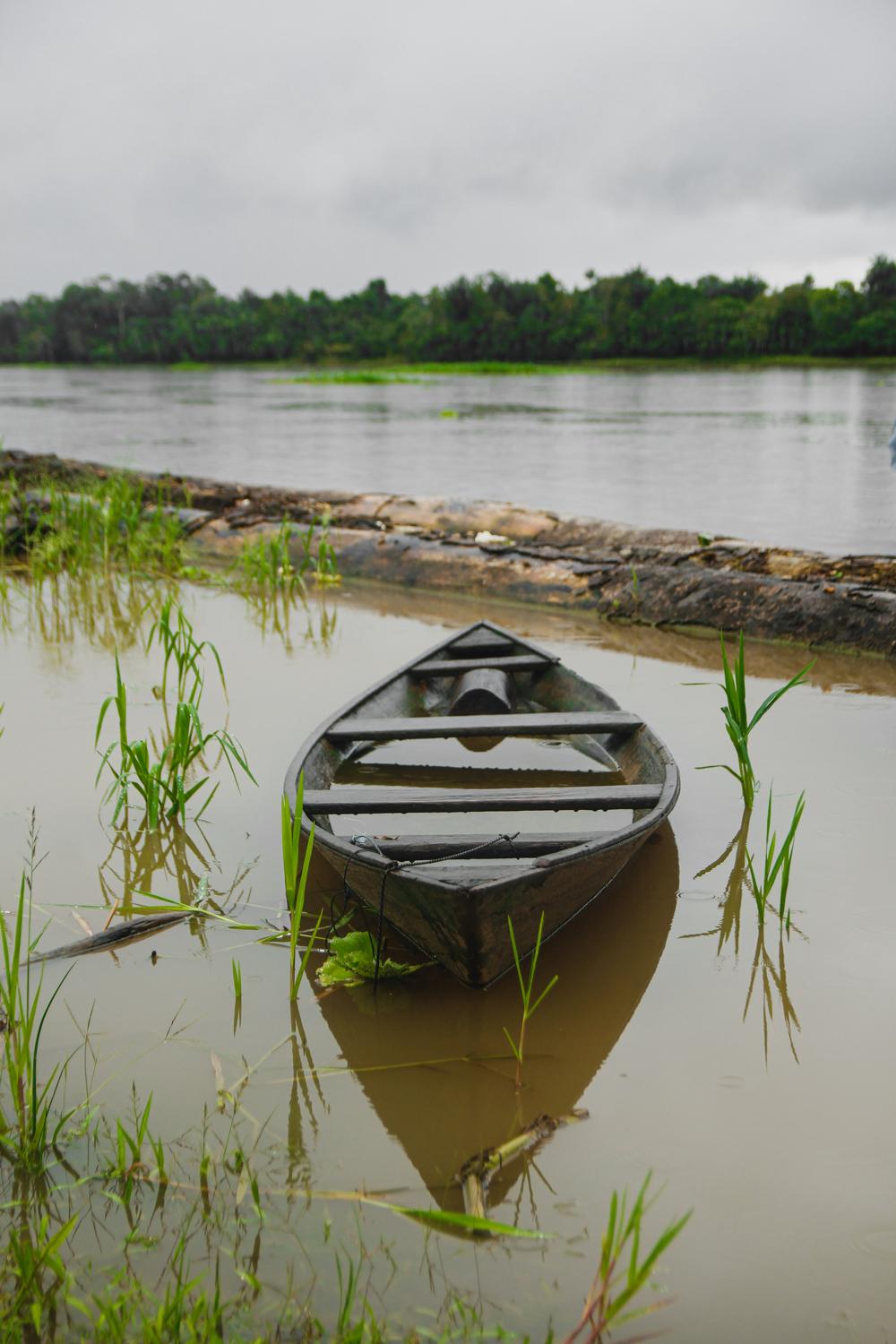
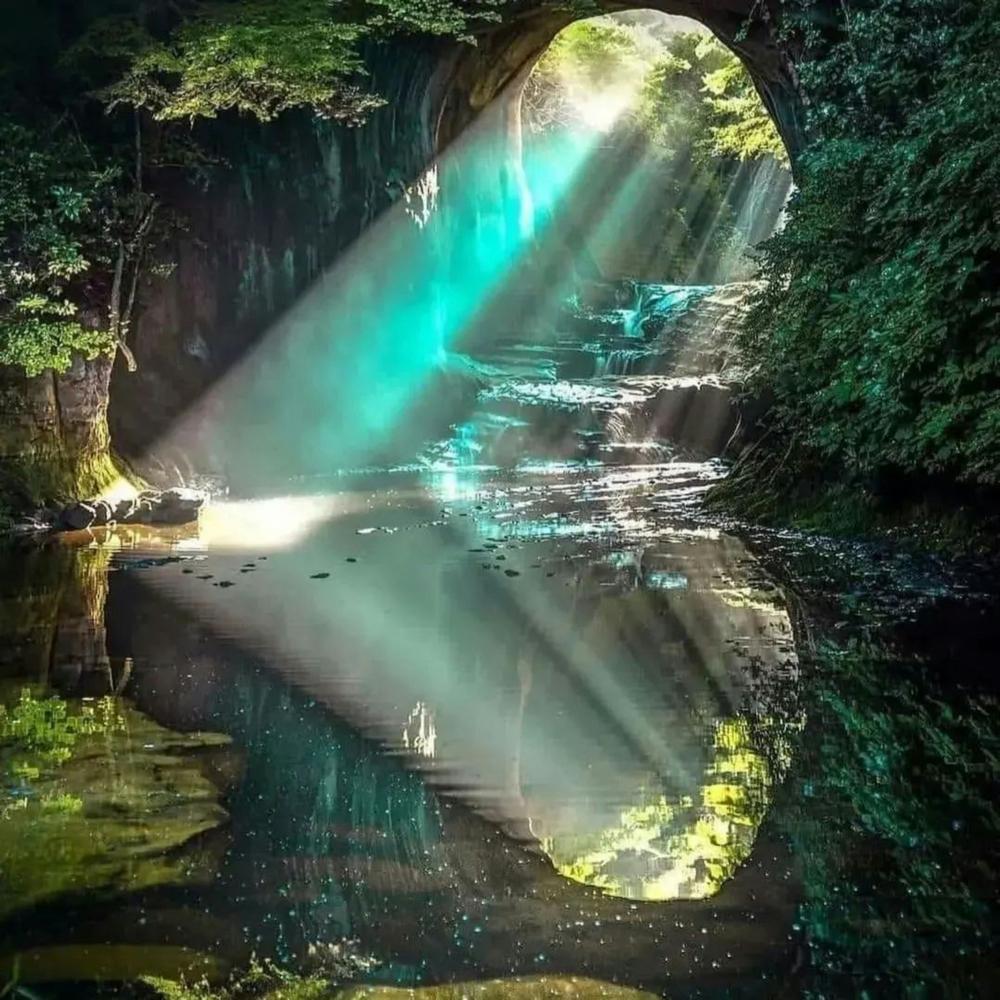


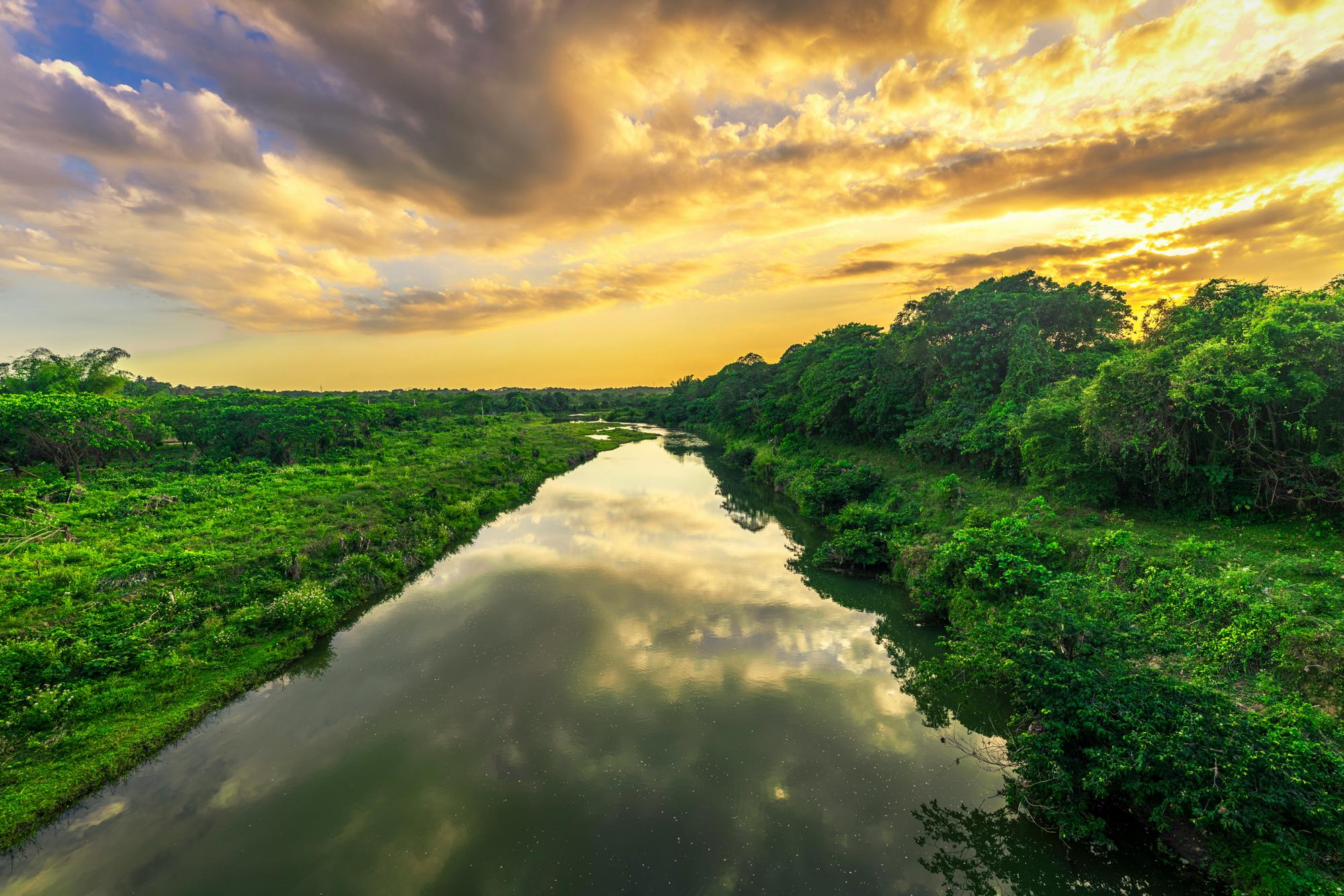

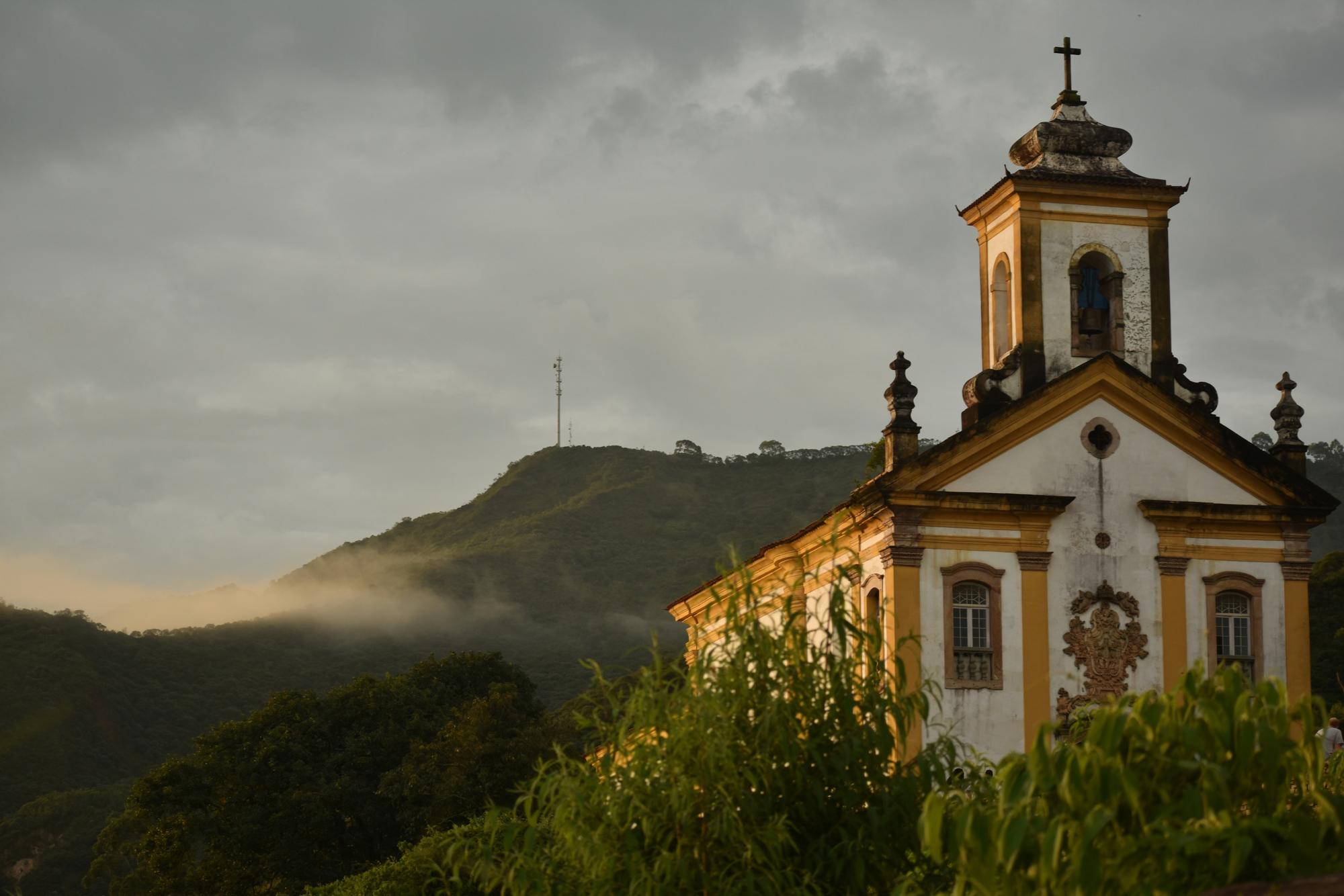

Ouro Preto, which means "Black Gold," was once called Vila Rica, or "Rich Village." It is a historic city in Minas Gerais, Brazil. The city is famous for its well-preserved Baroque colonial buildings and played a key role in the Brazilian Gold Rush during the 18th century. In 1980, UNESCO named it a World Heritage site.
Ouro Preto was the center of the Gold Rush, leading to great wealth and attracting European influence. This period encouraged a growth in arts and philosophy. The city was the capital of Minas Gerais from 1720 until 1897, when the capital moved to Belo Horizonte because of transportation issues.
Ouro Preto is also known for being the birthplace of the I nconfidência Mineira , an important but unsuccessful movement for independence from Portuguese rule in 1789. Because the city was somewhat isolated in the 19th and 20th centuries, its colonial buildings and layout have been well preserved.
The city has a rich collection of Baroque architecture, including many churches, public buildings, and homes with detailed artwork. The sculptor Aleijadinho, also known as Antônio Francisco Lisboa, created impressive works here. Notable churches, like the Church of São Francisco de Assis and the Basílica Nossa Senhora do Pilar, feature beautiful Baroque designs with interiors decorated in gold leaf.
The city's wealth attracted many European artists and thinkers, leading to a revival of Baroque art known as "Barroco Mineiro." This revival is seen in the works of artists like Aleijadinho and Manuel da Costa Athaide, as well as in local composers and poets. elaboraret sit, dicta saepe gubergren sea ex.
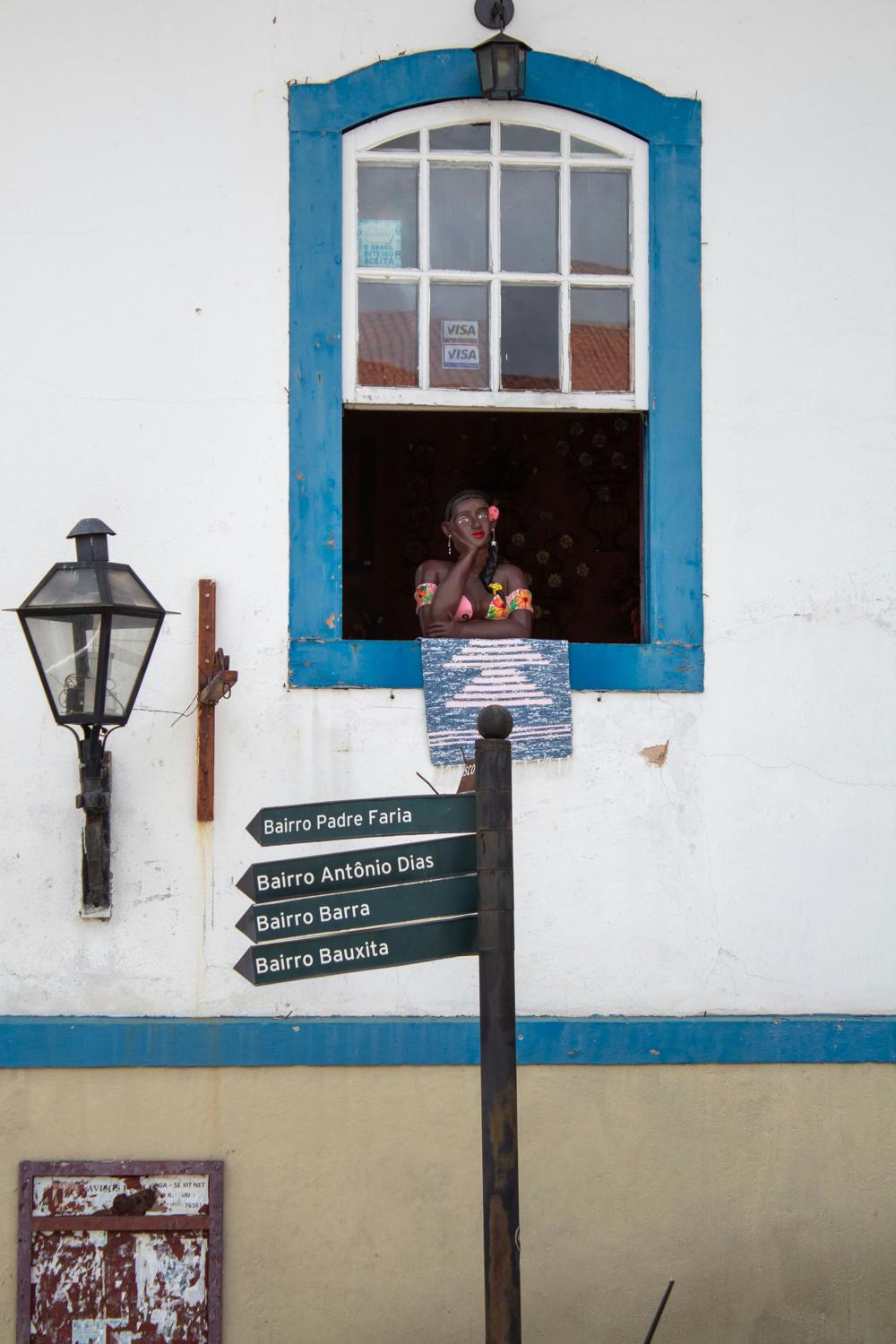
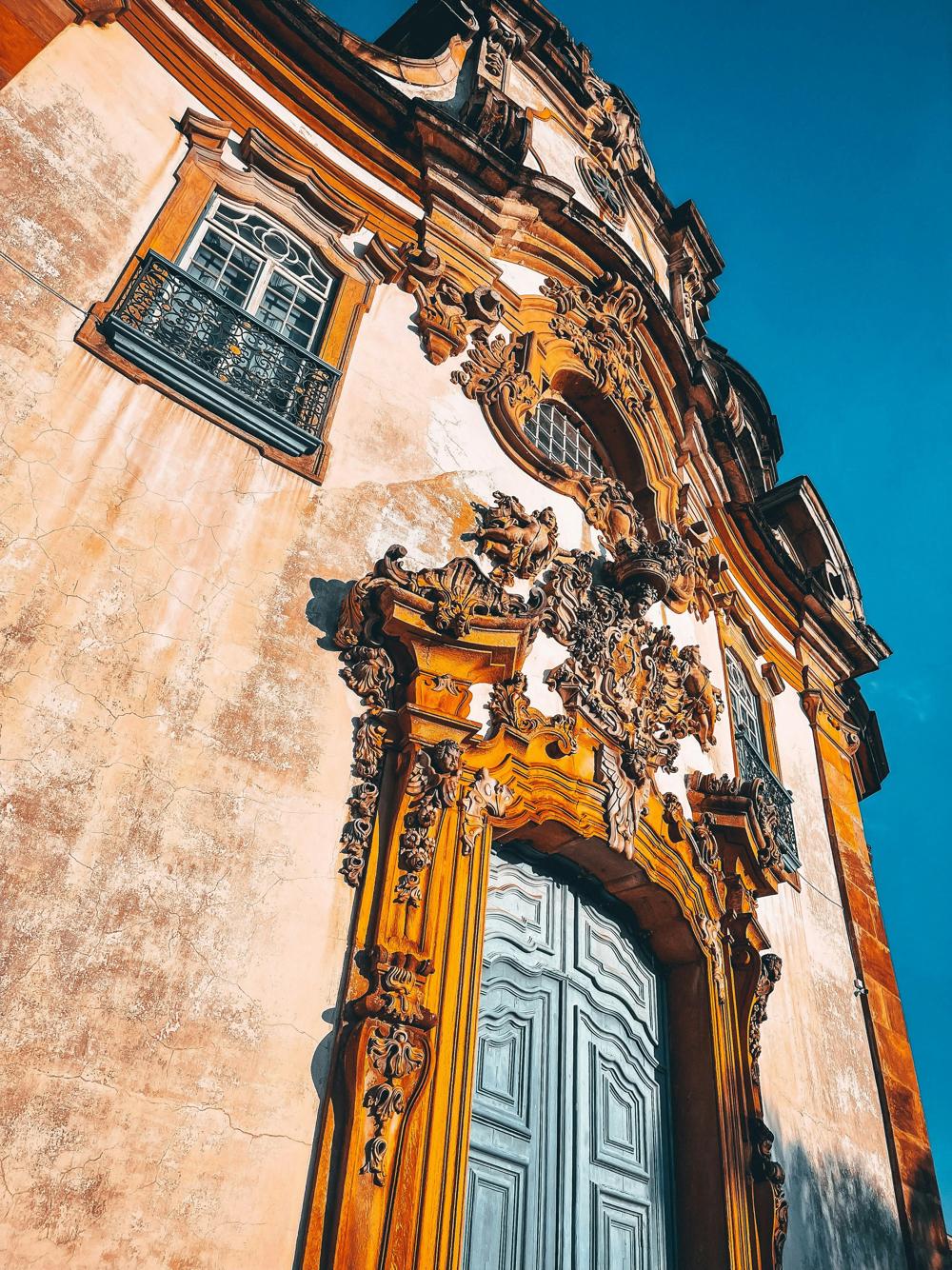
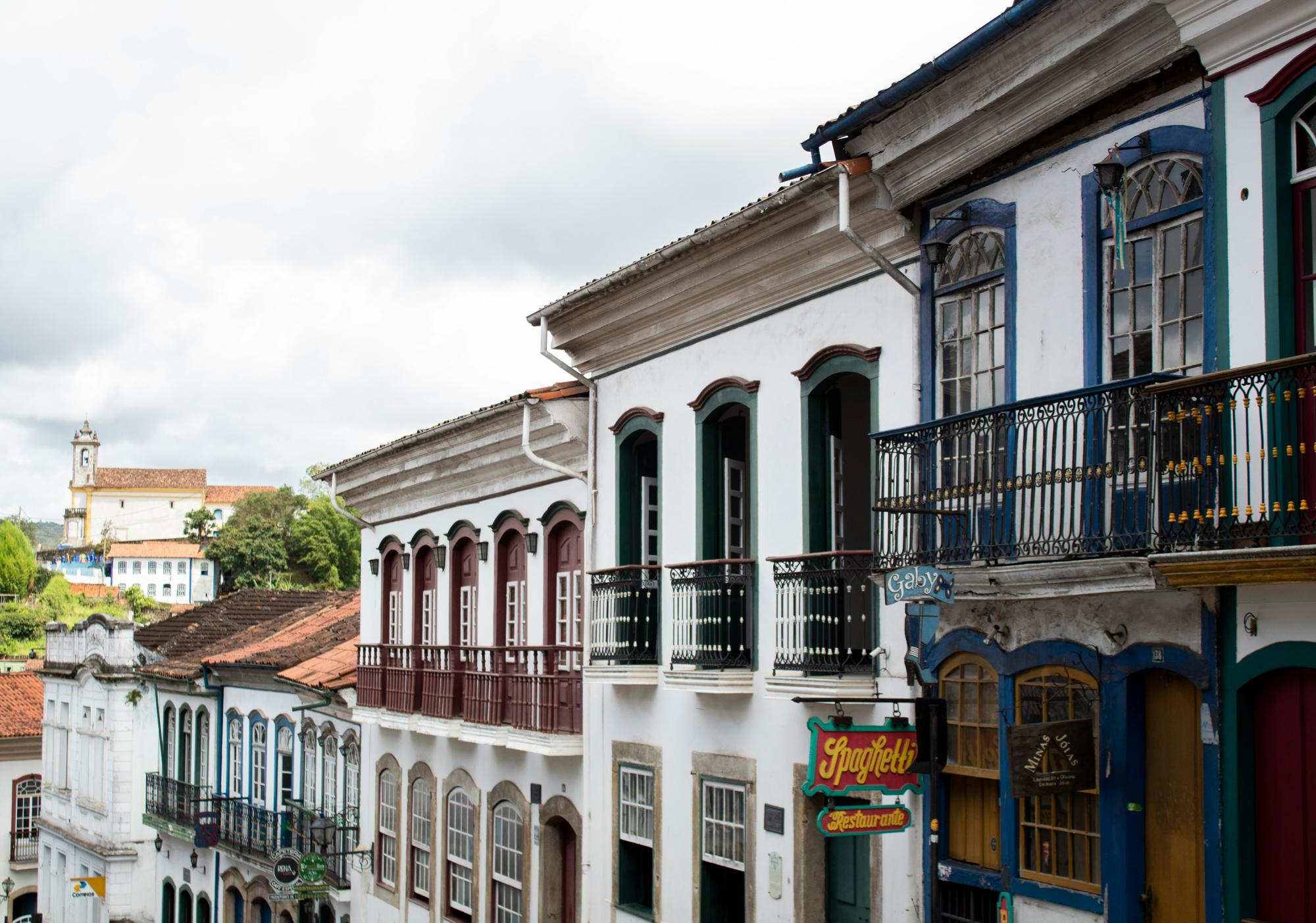


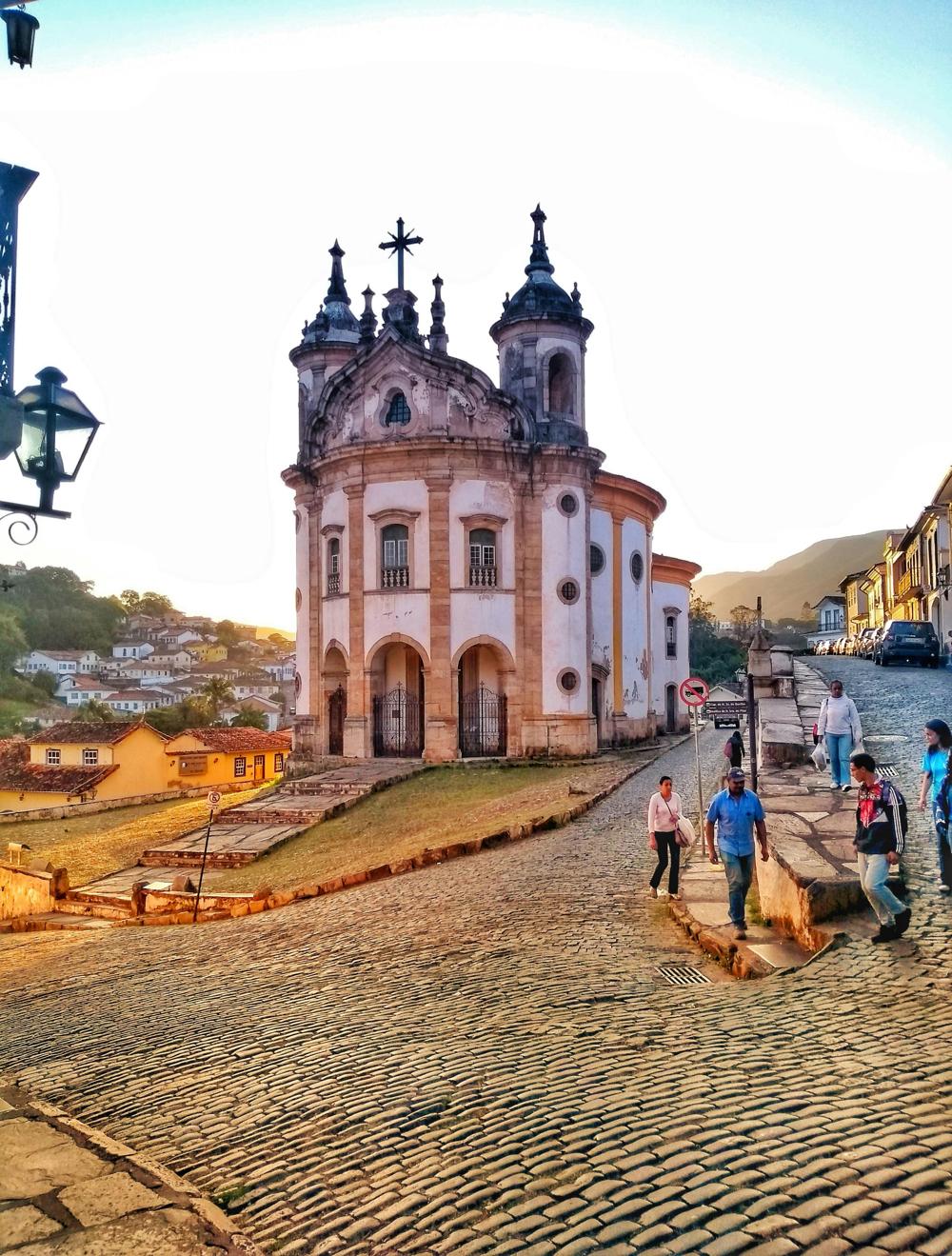
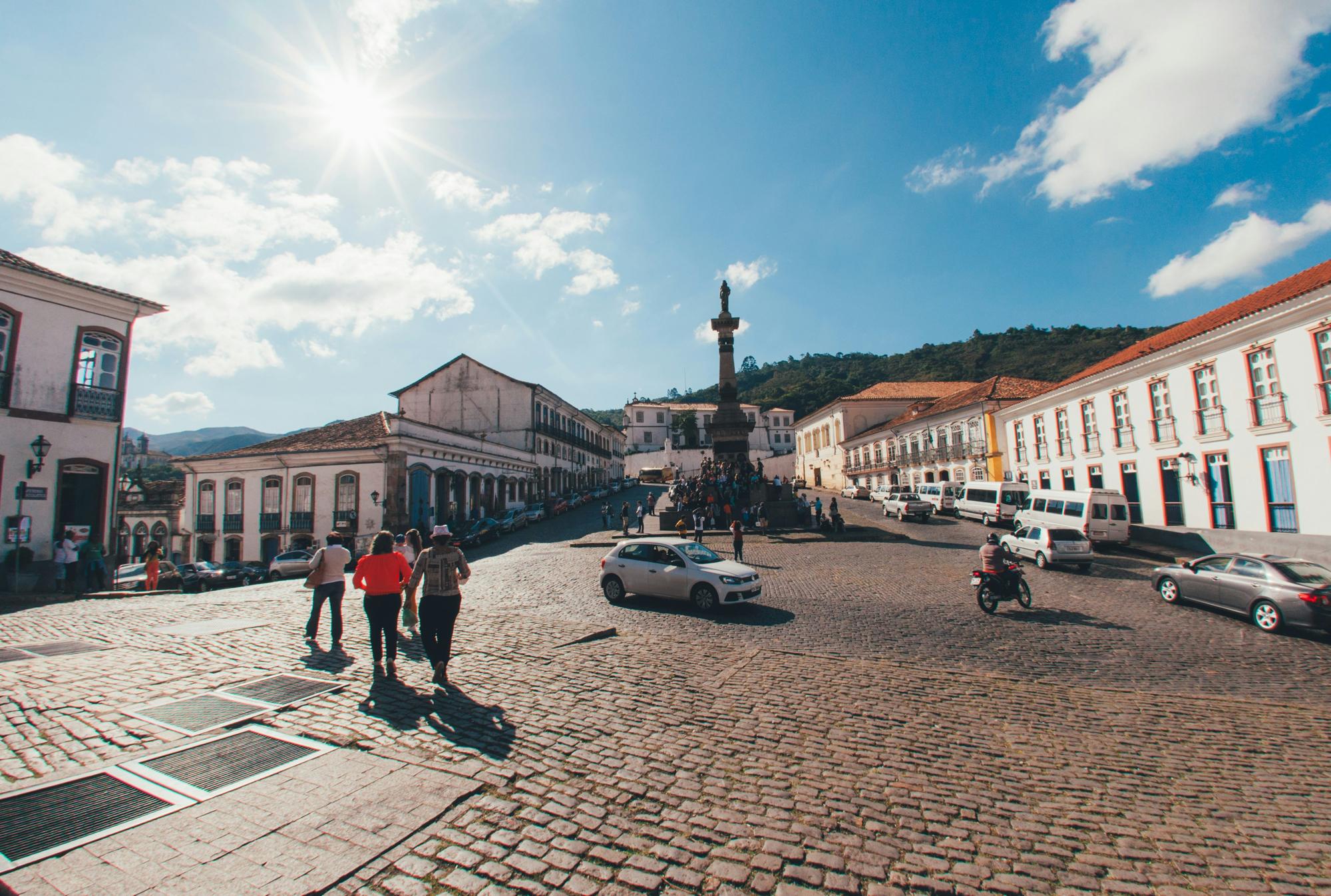

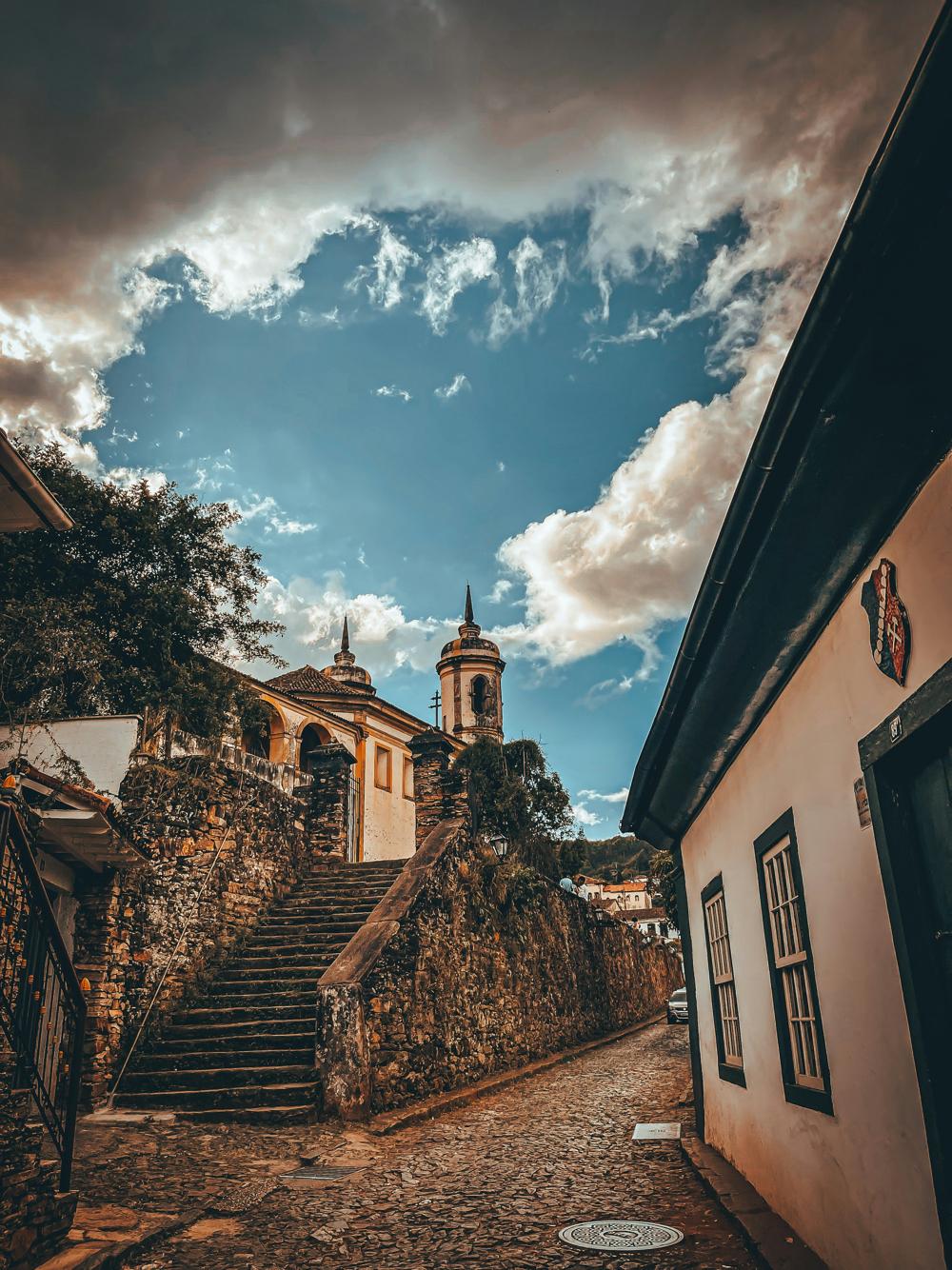
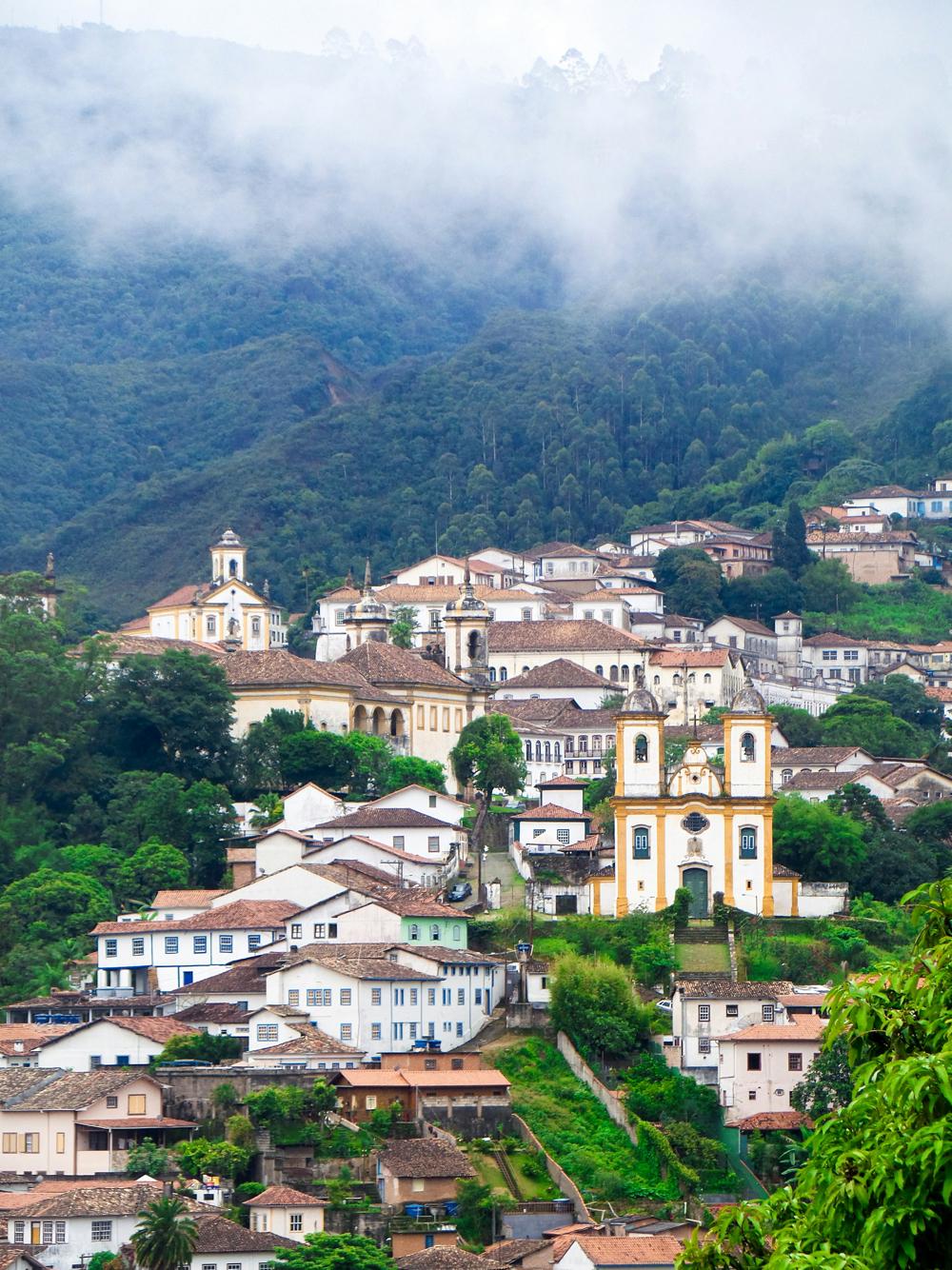
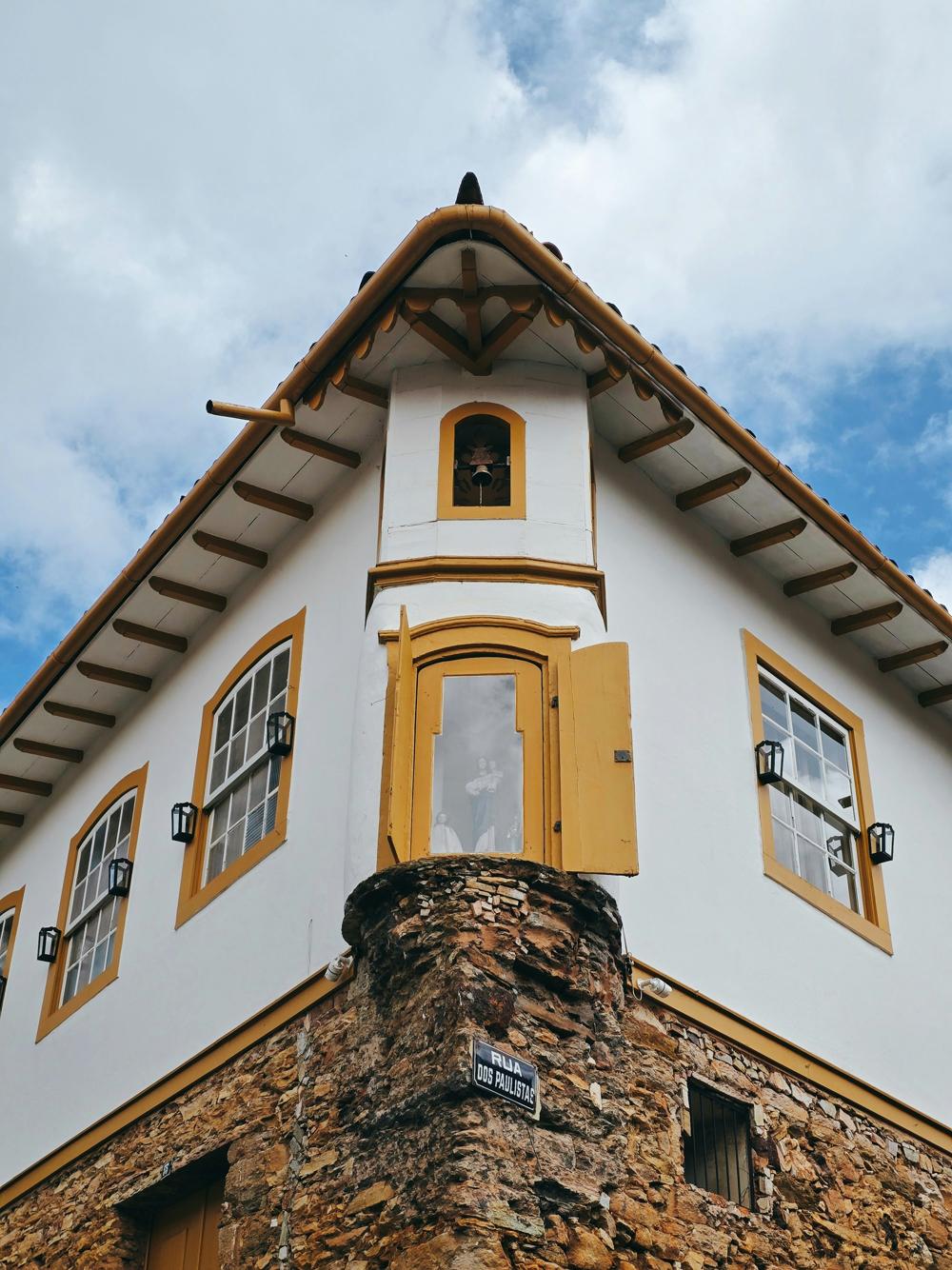
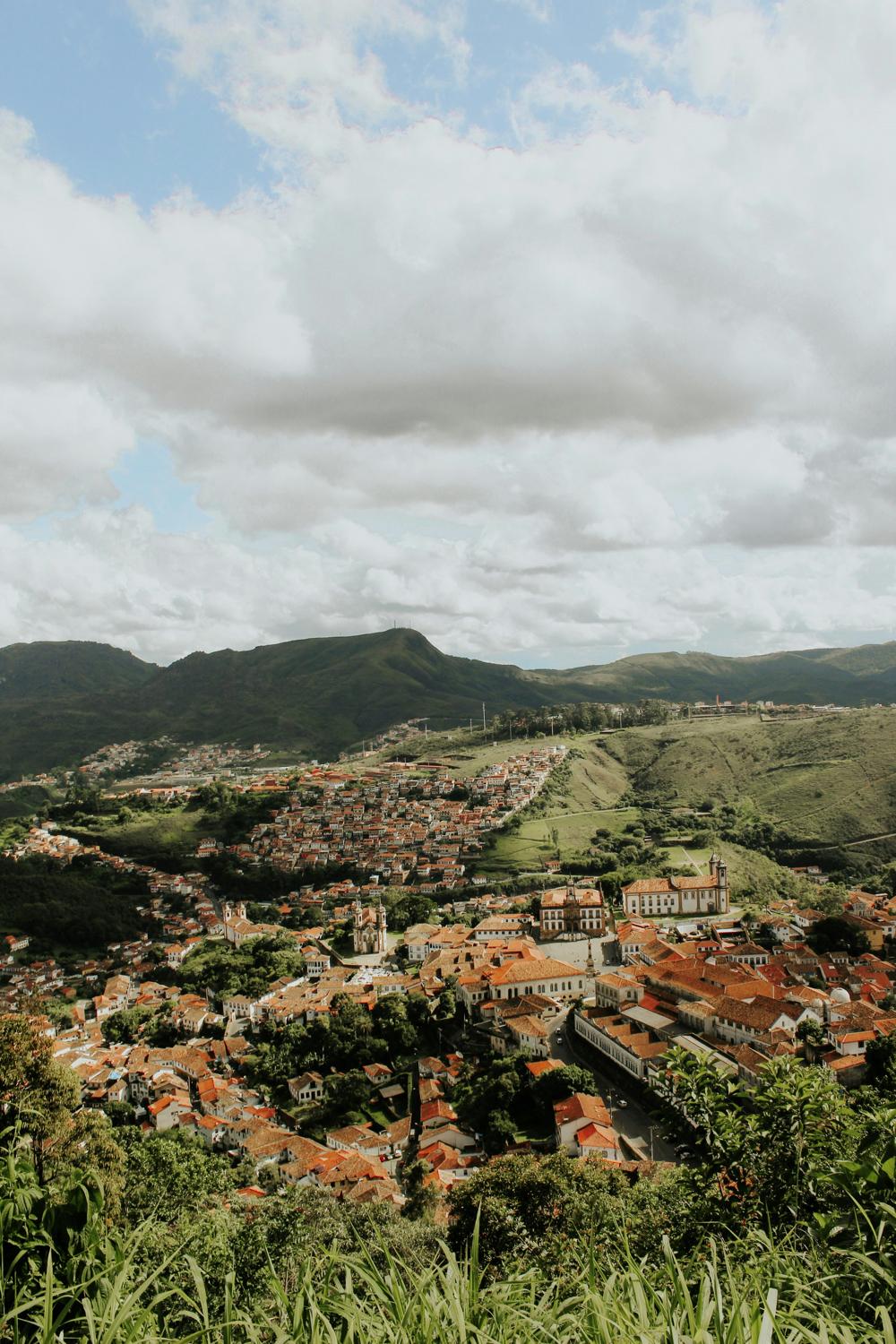
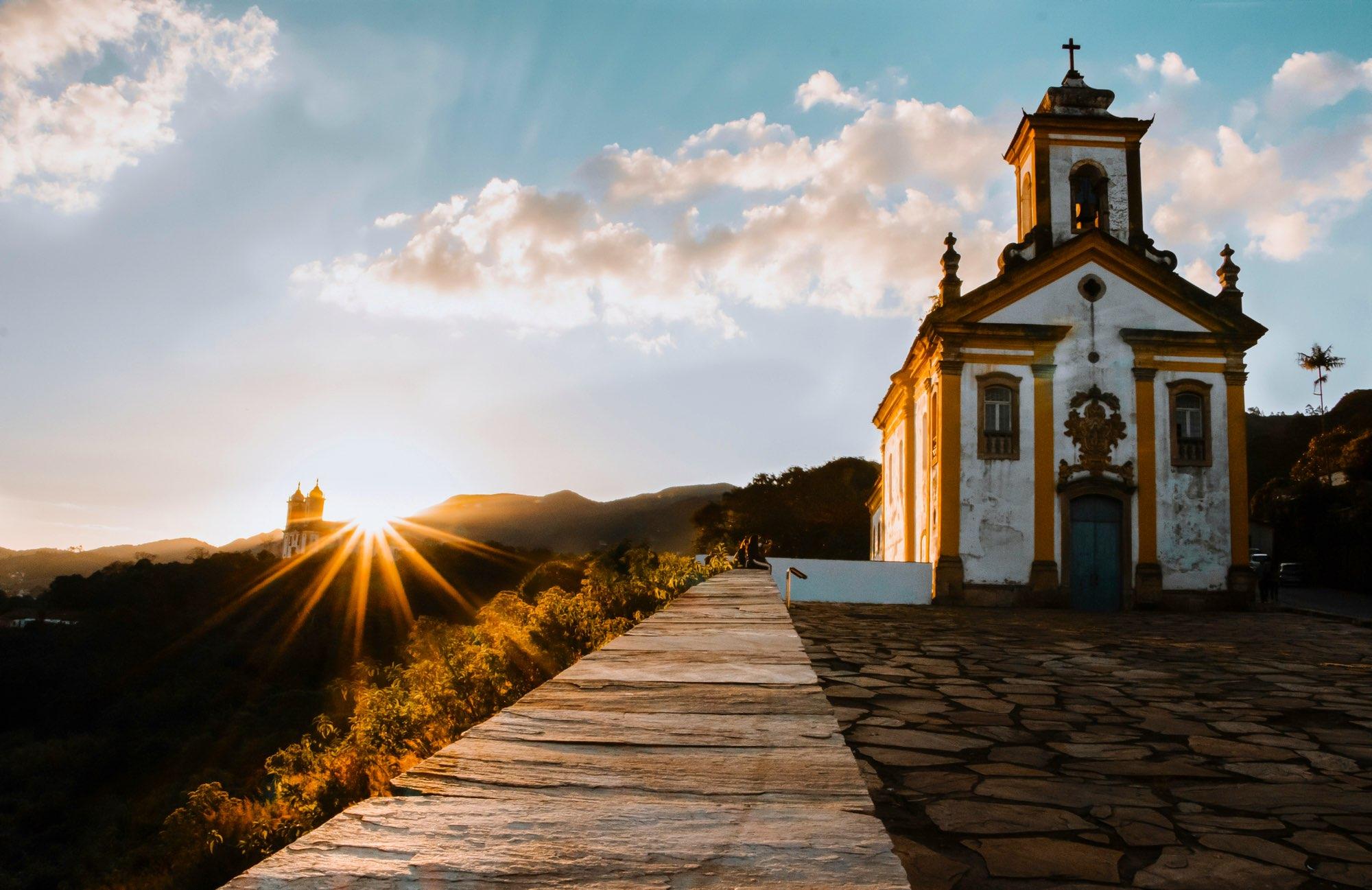


MAIZE Earth’s Sacred Gift
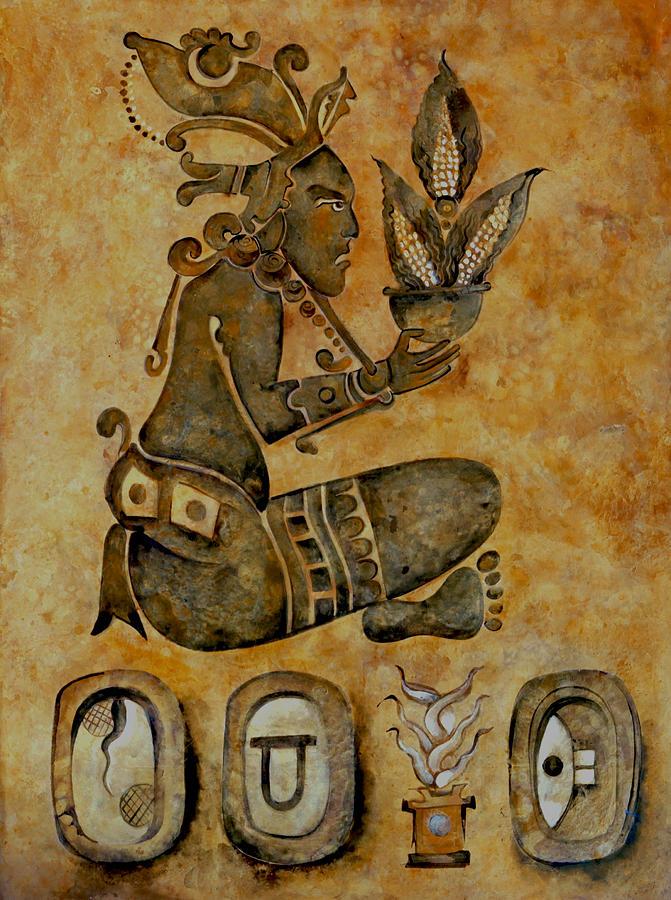


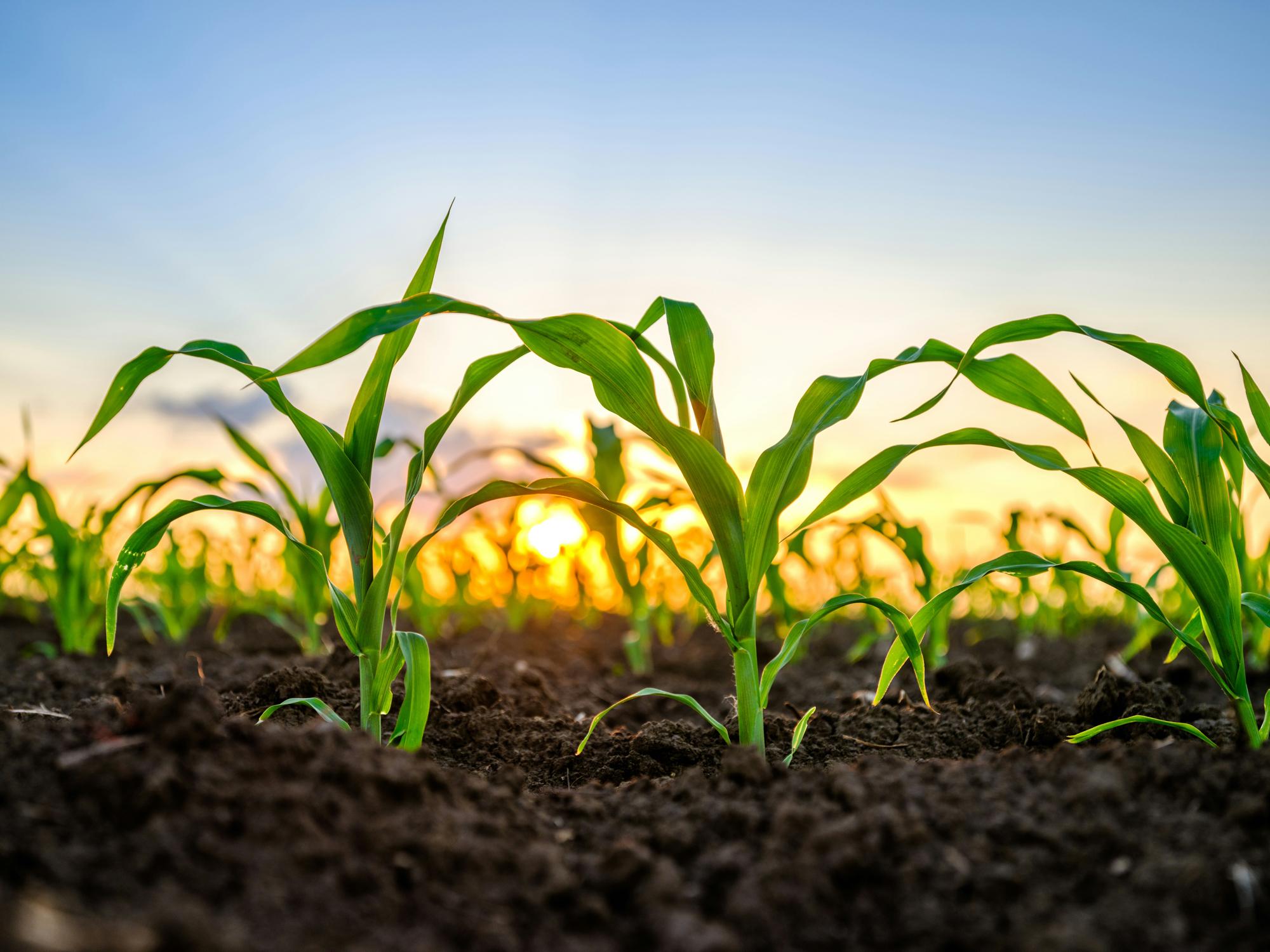

Maize is a profound and multifaceted gift from the Earth, serving as a vital source of nourishment, spiritual connection, and cultural identity. It emphasizes the interconnectedness of all life and is revered as a sacred element that sustains both body and spirit. For millennia, maize has provided essential sustenance for countless generations, nurturing large populations and sustaining life. This abundance is seen as a direct blessing from the Earth, ensuring the well-being of communities. Indigenous cultures weave stories linking the origin of humanity to maize. In the *Popol Vuh*, the sacred text of the K'iche' Maya, the first humans are created from maize dough, showcasing the deep bond between humans, the Earth, and maize. The Iroquois people celebrate the "Three Sisters," where maize, beans, and squash are gifts from the Creator that sustain their lives. Beyond food, maize embodies a rich spiritual and cultural identity for many indigenous peoples. It symbolizes community, tradition, and the intertwining of life.
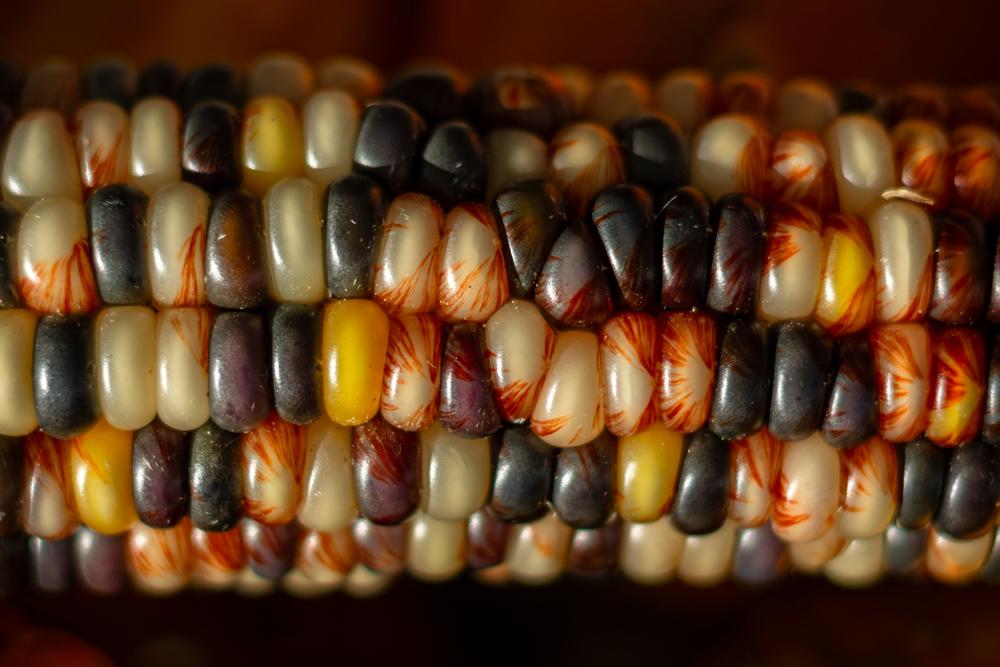

The cultivation and consumption of maize are woven into social and cultural practices, reinforcing communal bonds and shared heritage. Its high yields and nutritional value resonate with themes of fertility and abundance. In Maya creation stories, the Maize God represents new growth and regeneration, symbolizing cycles of dying and rebirth, much like a corn seed emerging from the ground. Growing and harvesting maize demands a profound understanding of the natural cycles of the Earth and sky. Rituals and ceremonies celebrate these cycles, honoring both the Earth and our ancestors. Maize acts as a bridge between the living and the ancestors, playing a central role in rituals that honor the dead and celebrate the continuity of life. In some traditions, maize is regarded as a medicinal food with healing properties, nurturing those who suffer back to health. Furthermore, maize significantly influences travel, historical movements, and trade, as well as its modern-day role in tourism. Its journey from domestication in Mesoamerica to global cultivation tells a story of human migration, trade, cultural exchange, and the evolution of food systems that continue to shape travel and economies throughout the world.
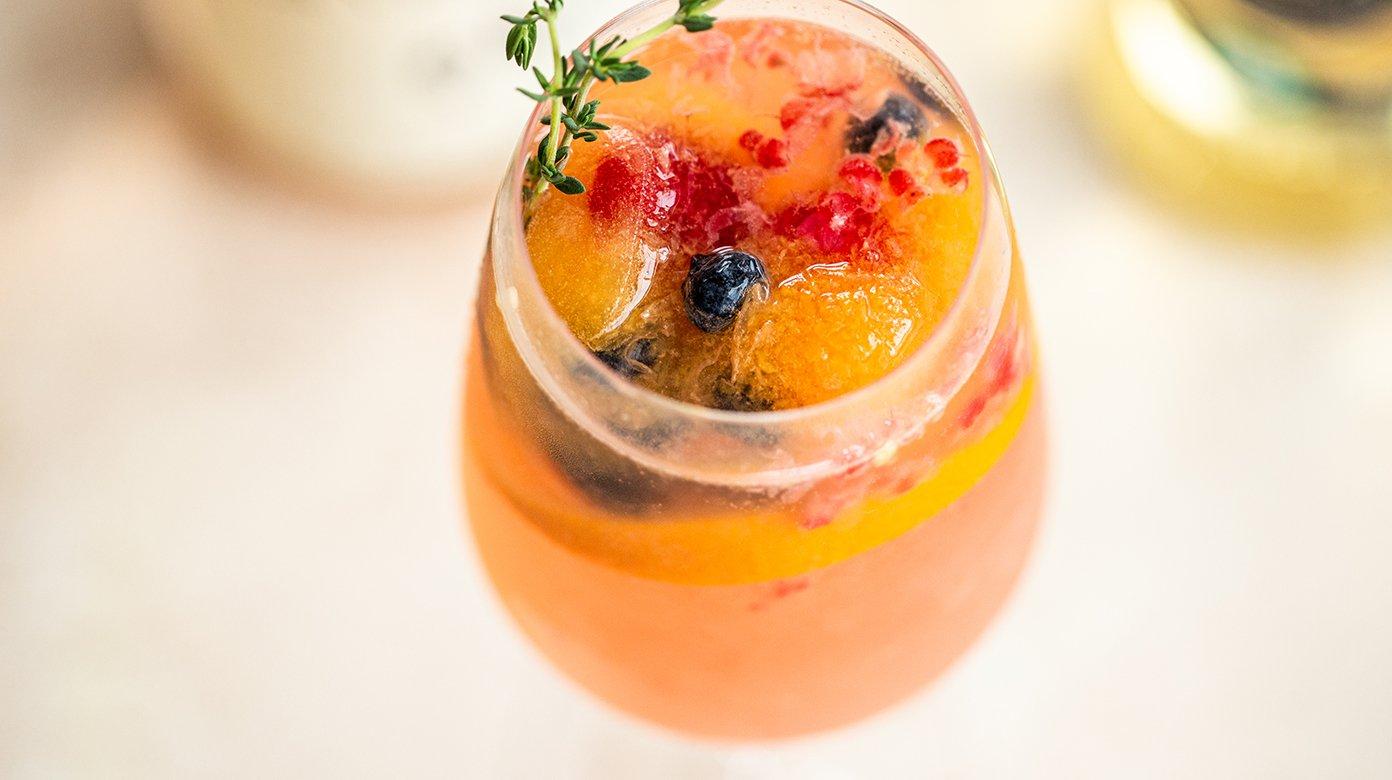
Everyone is now familiar with the famous Italian cocktail, the Aperol Spritz, which has become a staple at nearly every celebration due to its refreshing taste and simplicity. Recently, other variations have emerged and are being considered the new spritzes. One example is our featured cocktail for the summer: the Hibiscus Rose Spritz. The Hibiscus Rose Spritz is a refreshing and floral cocktail, or it can be made as a mocktail. It typically combines hibiscus syrup and rose-flavored elements, such as rose water or rose lemonade, with a sparkling component like club soda or sparkling wine. Additional ingredients may include gin or vodka, lemon juice, and garnishes like lemon slices or rosemary sprigs. The combination of hibiscus and rose creates a unique and well-balanced flavor profile, making it a popular choice for warm-weather gatherings.
Cheers to summer sips!

1 oz Gin
1 oz Dry Rosé
½ oz Rose Hibiscus Simple Syrup
½ oz Lemon Juice
Club Soda or Sparkling Water to top off Rosemary sprig for garnish (optional)
Rose Hibiscus Simple Syrup
1 cup sugar
1 cup water
1 hibiscus tea bag or ¼ cup dried hibiscus
flowers
Instructions
Make the simple syrup:
Combine sugar, water, and hibiscus tea bag (or dried flowers) in a saucepan.
Bring to a simmer, stirring often, until the sugar dissolves.
Cool to room temperature.
Remove the tea bag (or strain out flowers), squeezing out any liquid, and discard.
Refrigerate the syrup for up to two weeks.
Assemble the cocktail:
Fill a cocktail shaker halfway with ice. Add gin, dry rosé, hibiscus simple syrup, and lemon juice.
Shake well.
Strain into a chilled, ice-filled glass.
Top off with club soda or sparkling water.
Garnish with a rosemary sprig, if desired.
Enjoy your refreshing Hibiscus Rose Spritz!


Helen Mirren, born Ilyena Lydia Vasilievna Mironov on July 26, 1945, is a highly acclaimed English actress whose career spans over six decades across stage, screen, and television. She is widely regarded as one of the greatest actresses of her generation, celebrated for her powerful and versatile performances, often portraying strong, complex female characters. Mirren's acting journey began at the age of 18 when she joined the National Youth Theatre, gaining recognition for her role as Cleopatra in *Antony and Cleopatra*. She further honed her skills with the Royal Shakespeare Company and made her West End stage debut in 1975. Her diverse filmography includes prominent roles in fi lms such as *Caligula* (1979), *The Long Good Friday* (1980), *Excalibur* (1981), *The Madness of King George* (1994), *Gosford Park* (2001), *Calendar Girls* (2003), and *The Queen* (2006). On television, she is particularly well known for her role as DCI Jane Tennison in the police procedural series *Prime Suspect* (1991–2006). More recently, she has appeared in films like *Shazam! Fury of the Gods* (2023), *Fast X* (2023), and the television series *1923* (2022–present). Mirren is a decorated actress who has achieved both the American and British "Triple Crowns of Acting." This distinction includes winning an Academy Award, an Emmy Award, and a Tony Award in the US, as well as a BAFTA, an Olivier Award, and a Tony in the UK. She received the Academy Award for Best Actress for her portrayal of Queen Elizabeth II in *The Queen* (2006). Her performance as Elizabeth I in the miniseries *Elizabeth I* (2005) earned her a Primetime Emmy Award and a Golden Globe Award. In 2003, Queen Elizabeth II appointed her a Dame Commander of the Order of the British Empire (DBE) for her contributions to drama. Mirren is known for her candidness and strong opinions. She advocates for women's rights and animal welfare. Her portrayals of powerful and historically significant women, both on screen and stage, have further solidified her image as a strong and inspirational figure.

